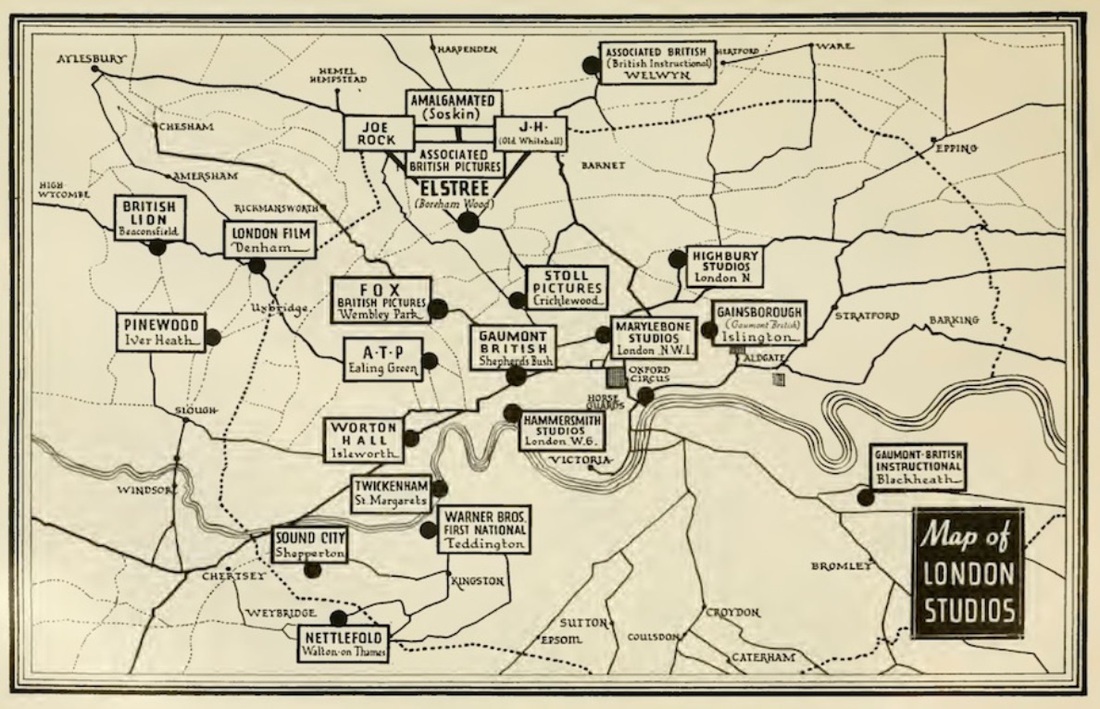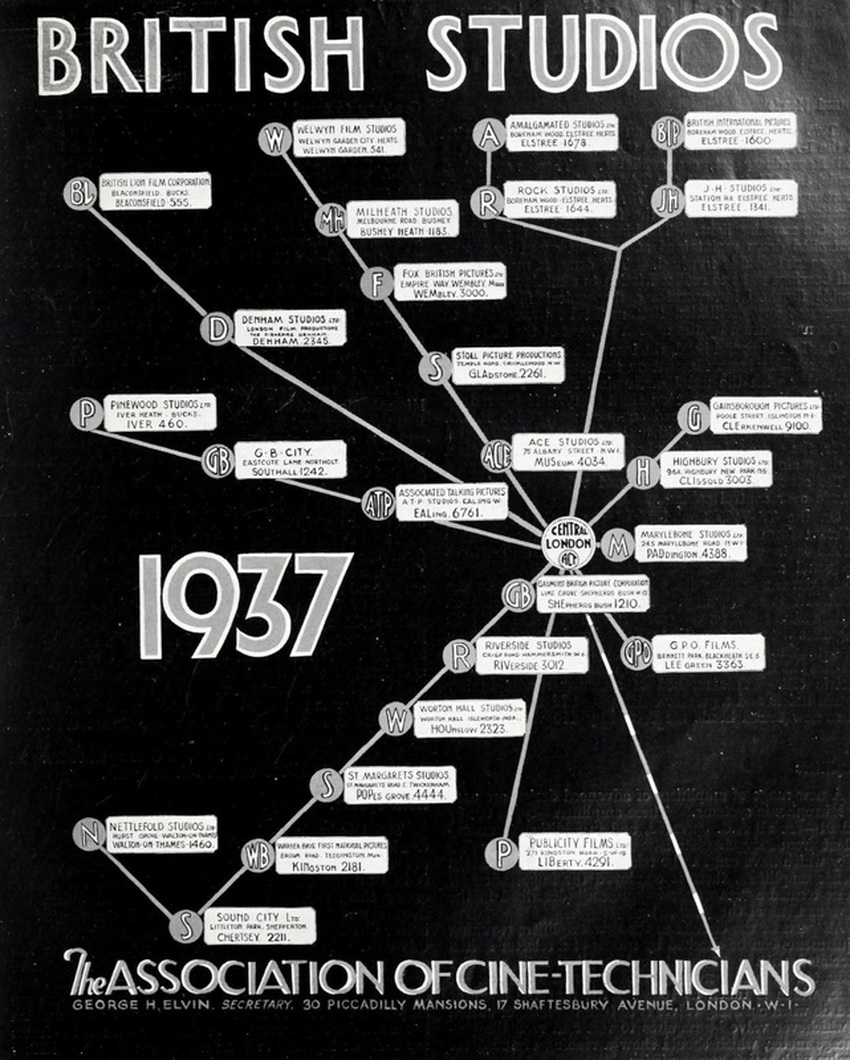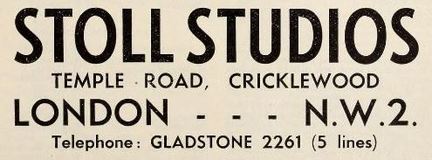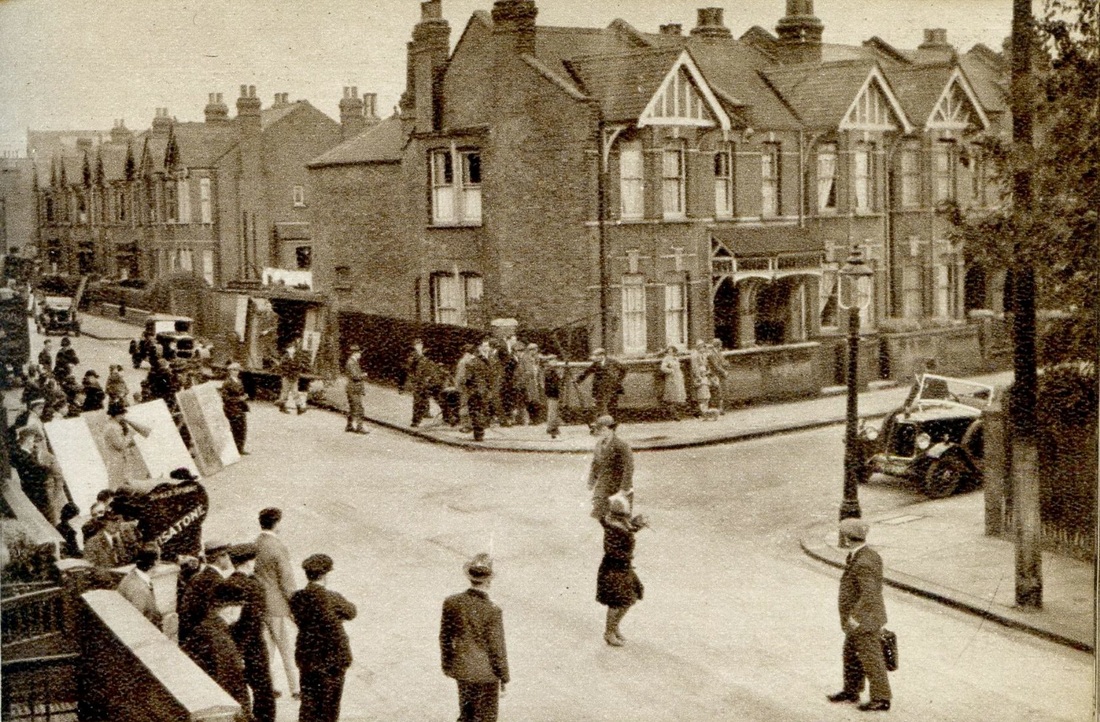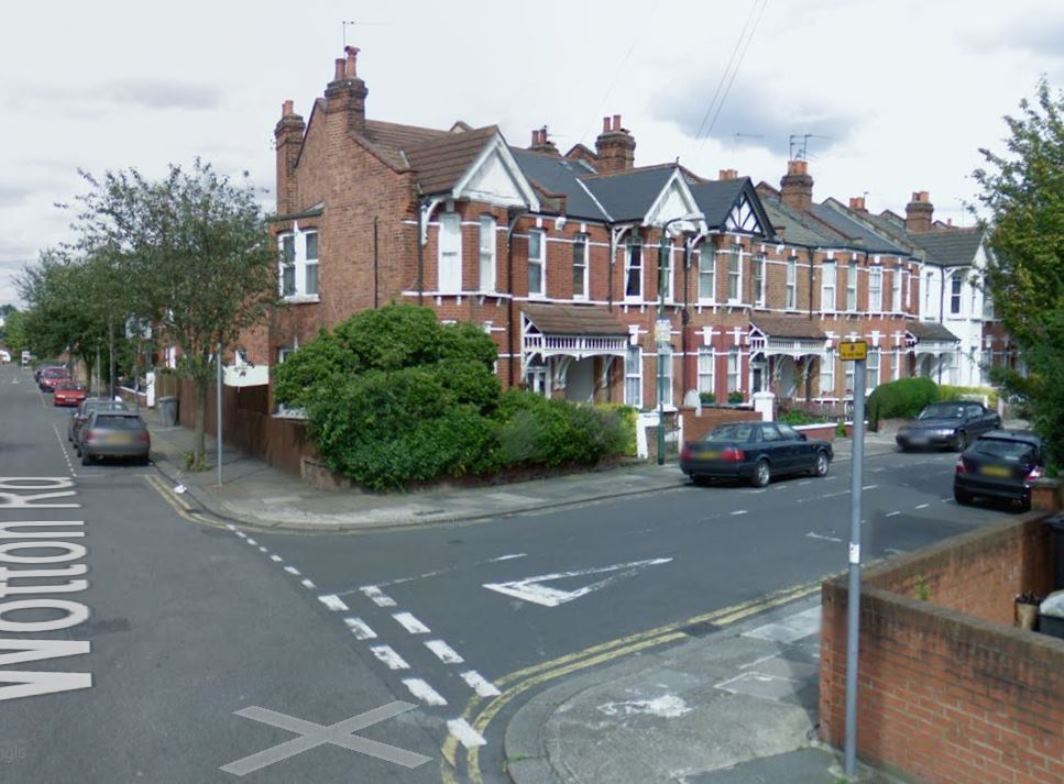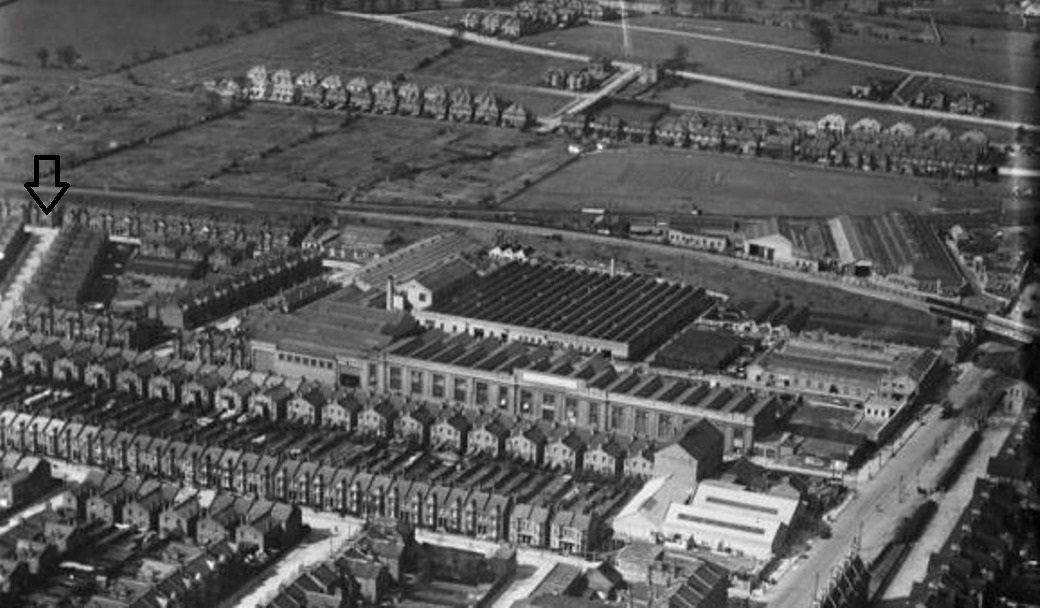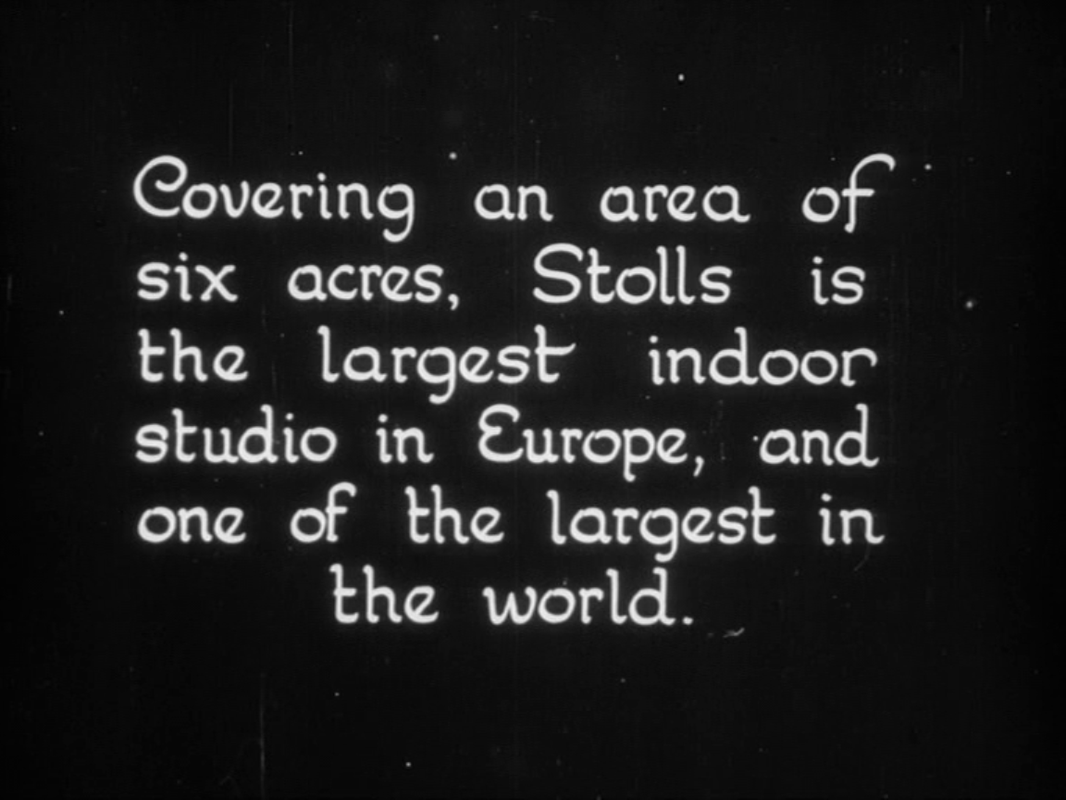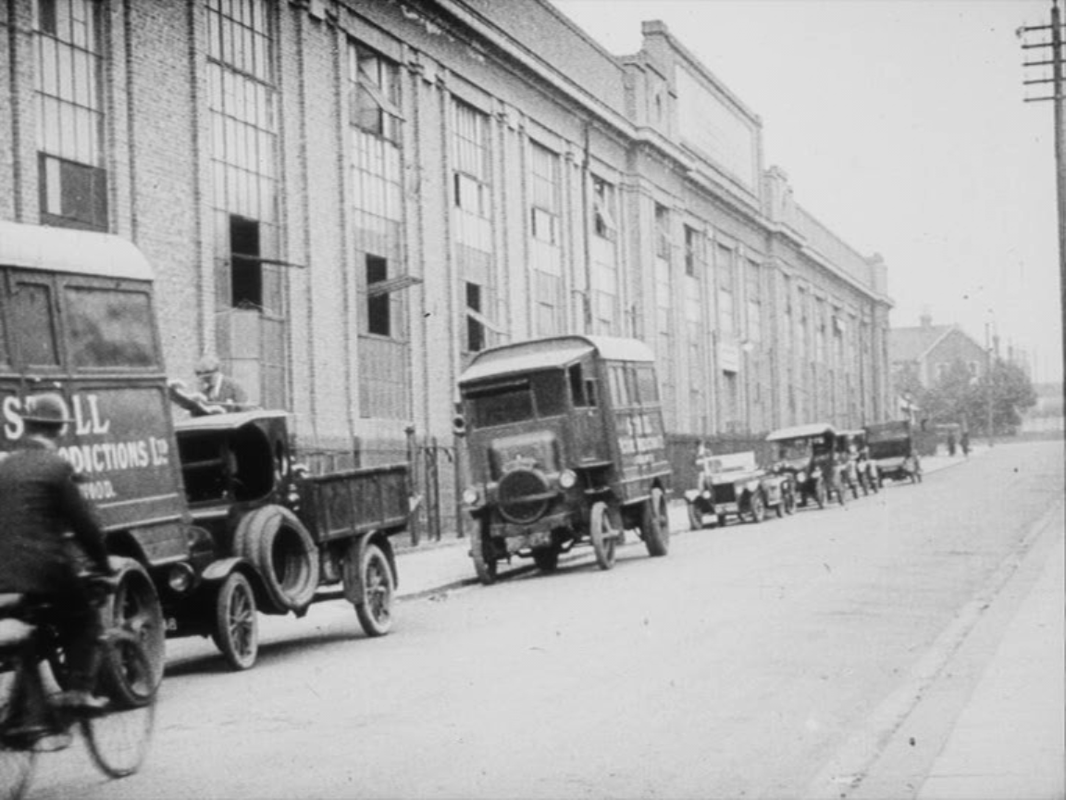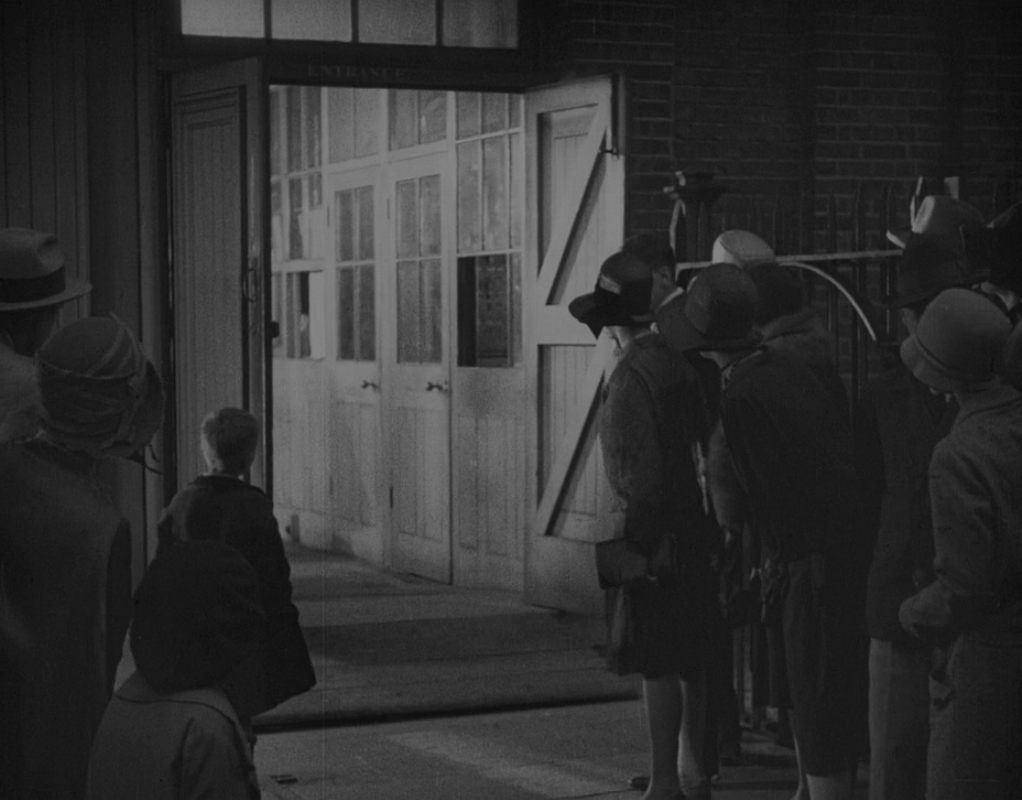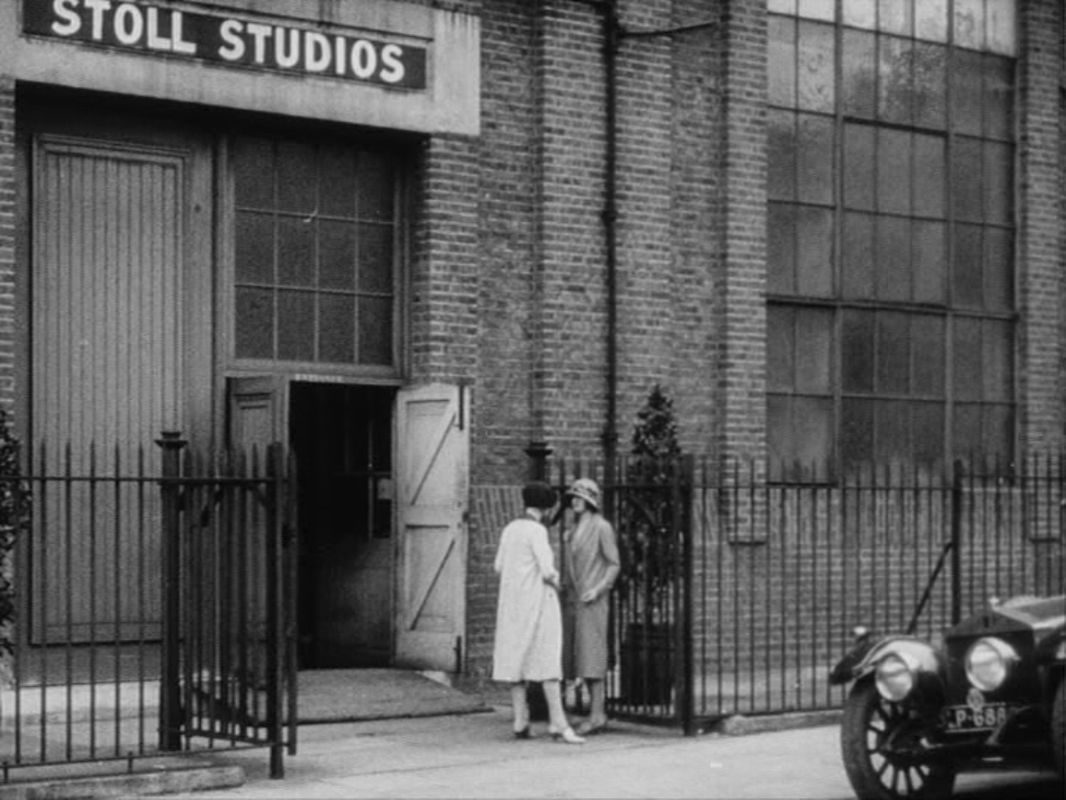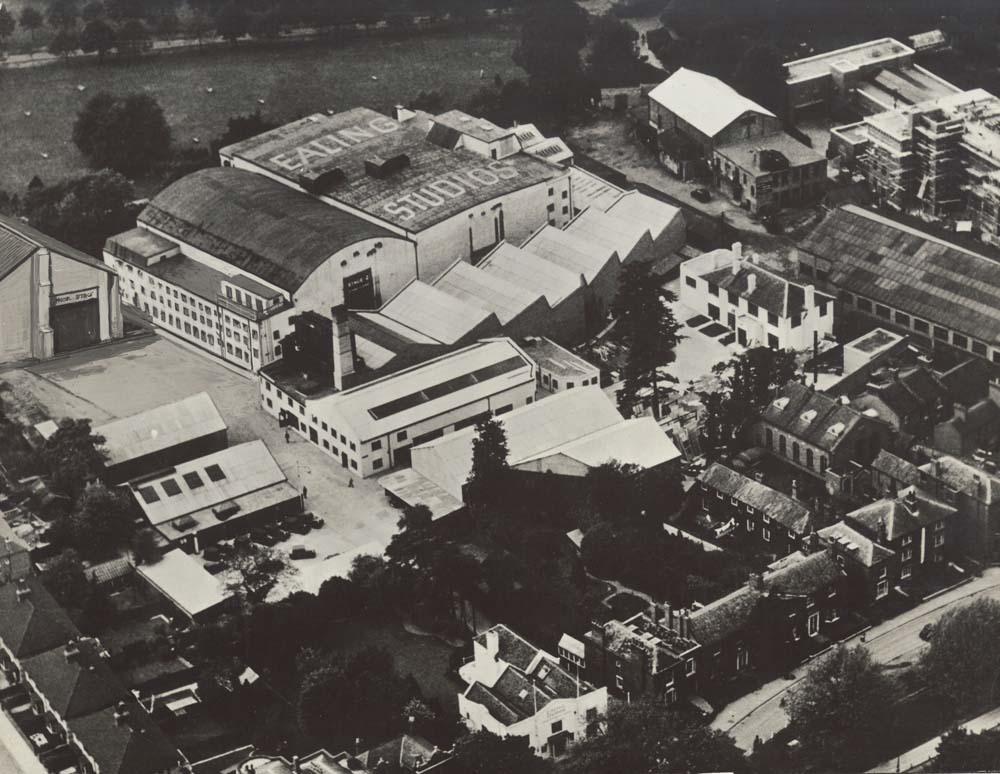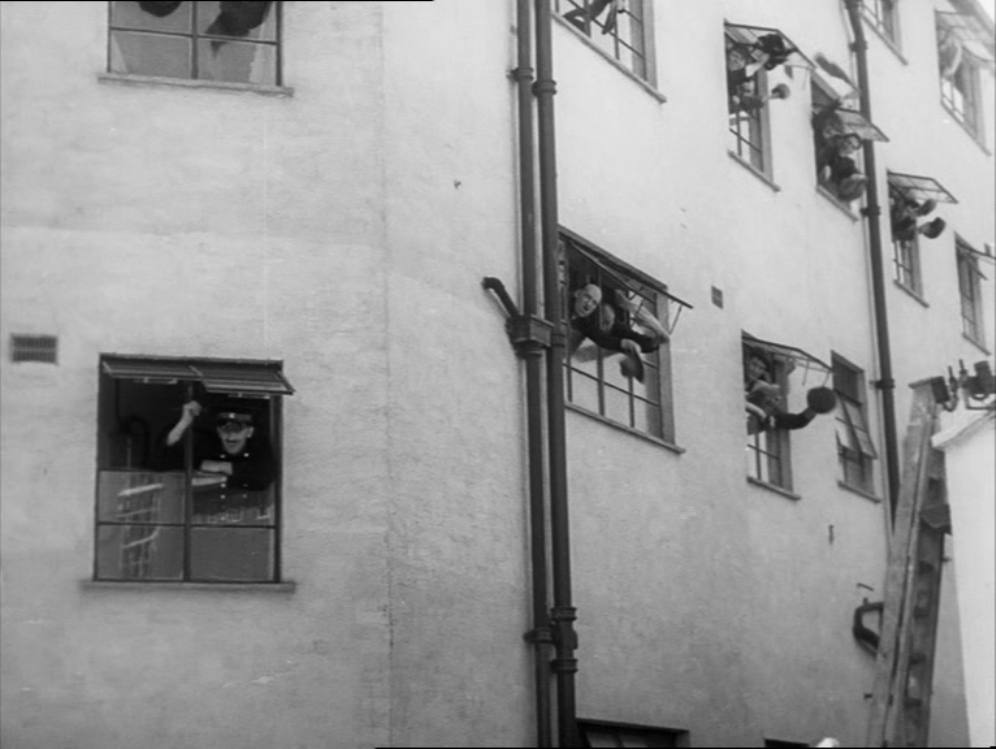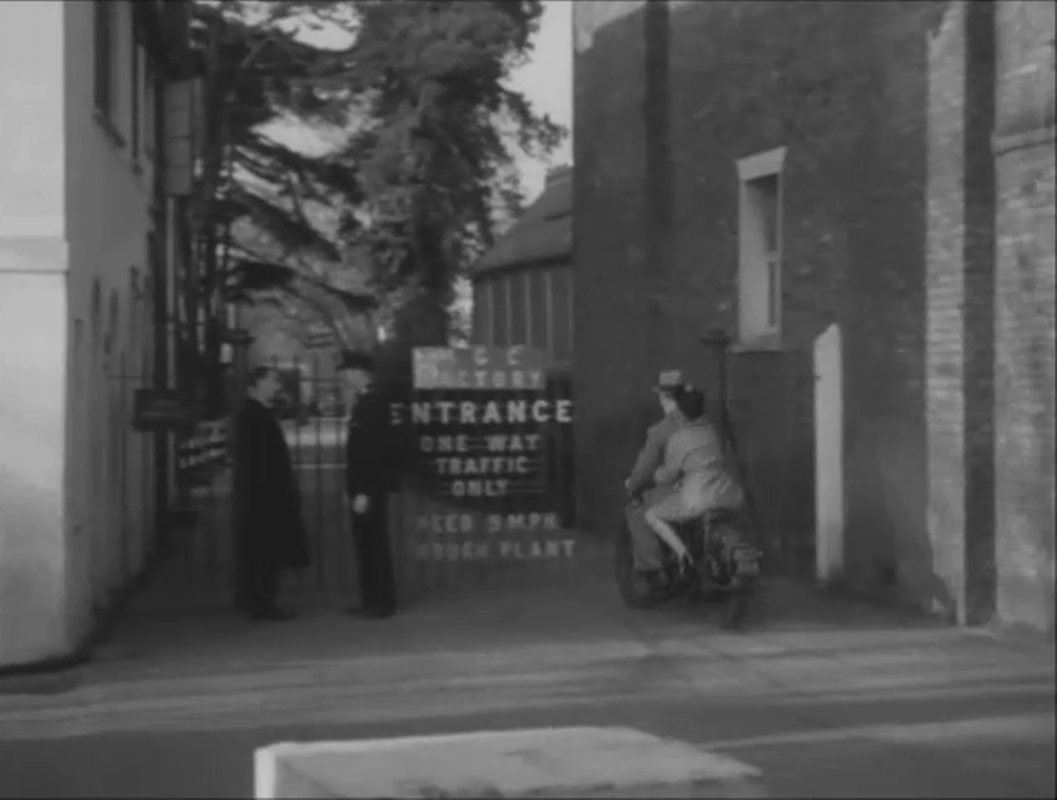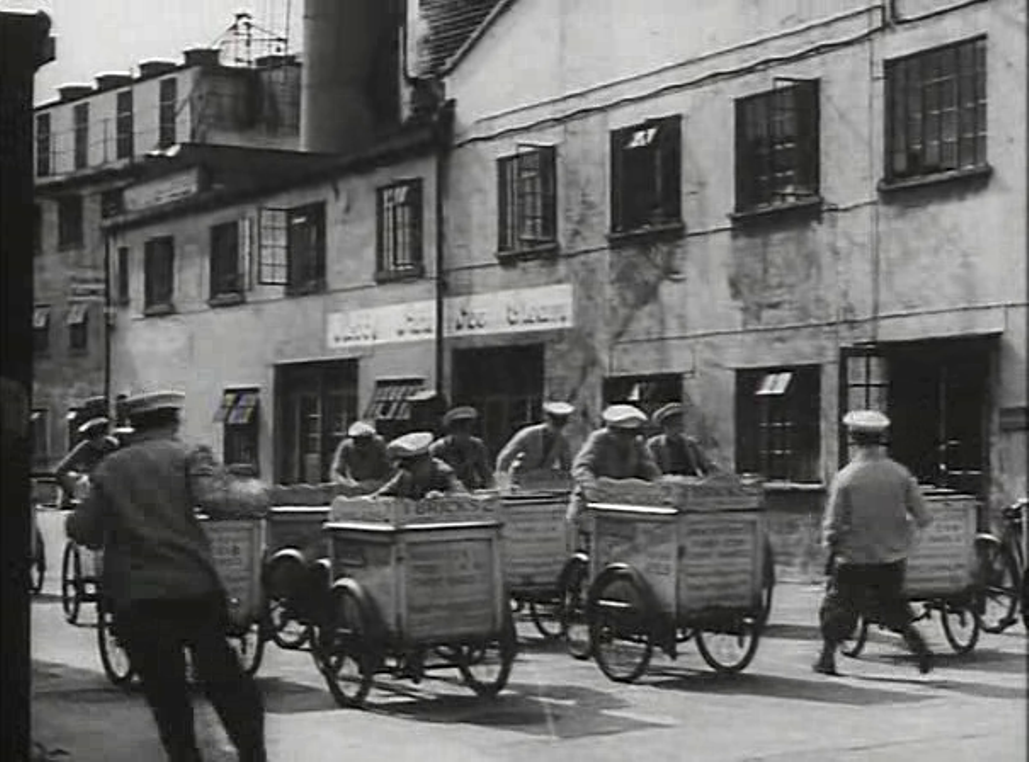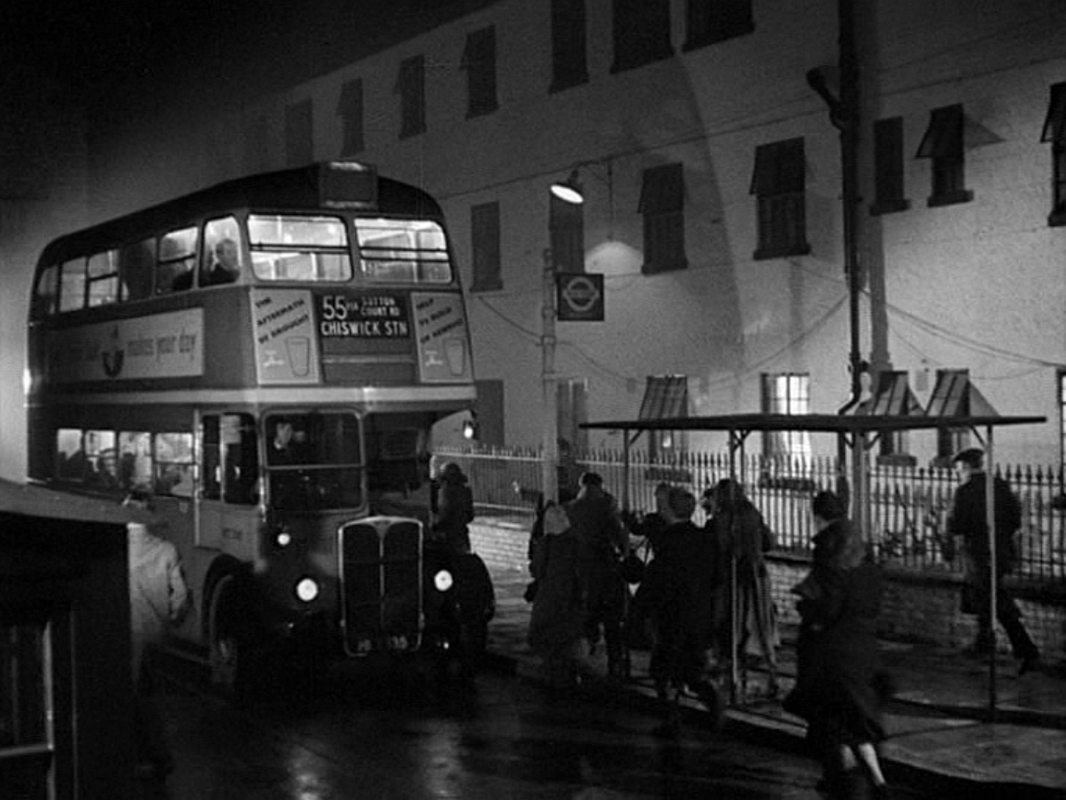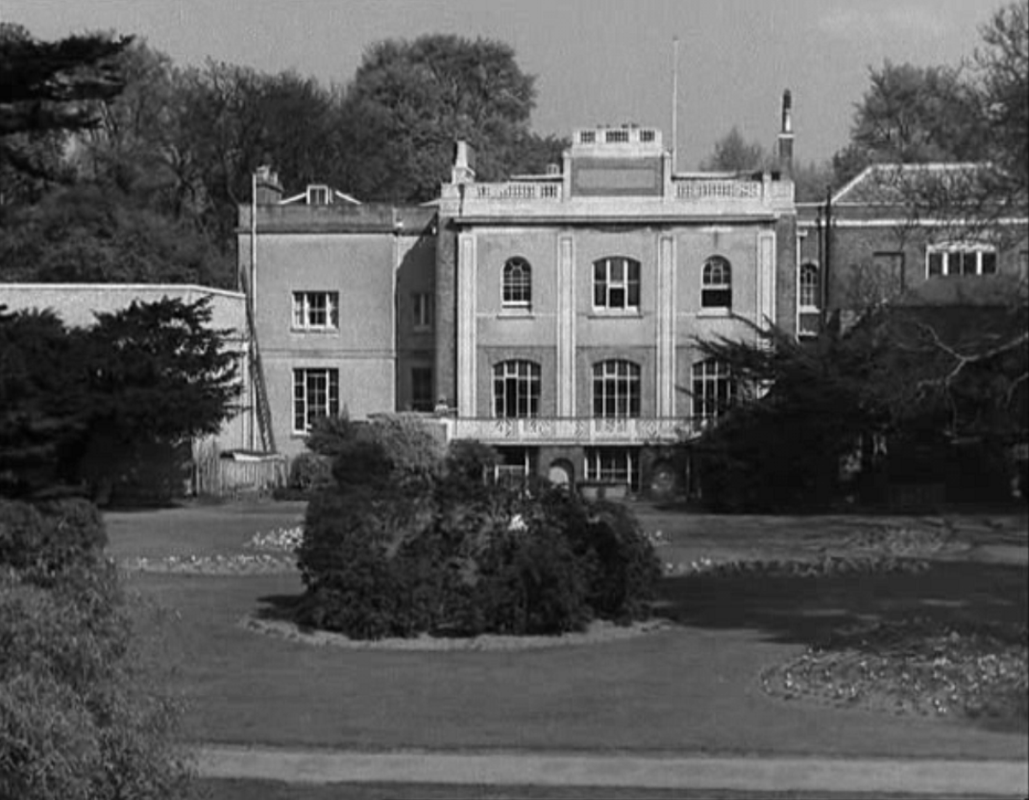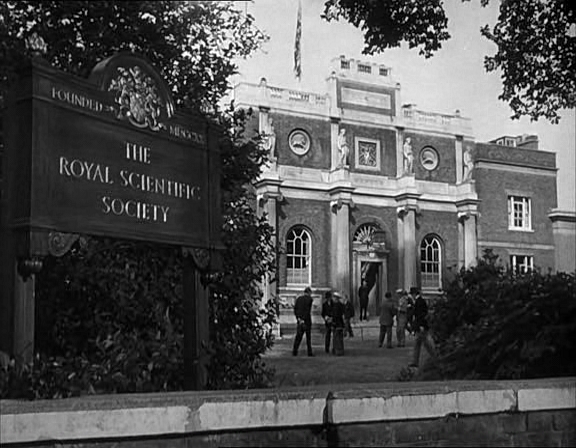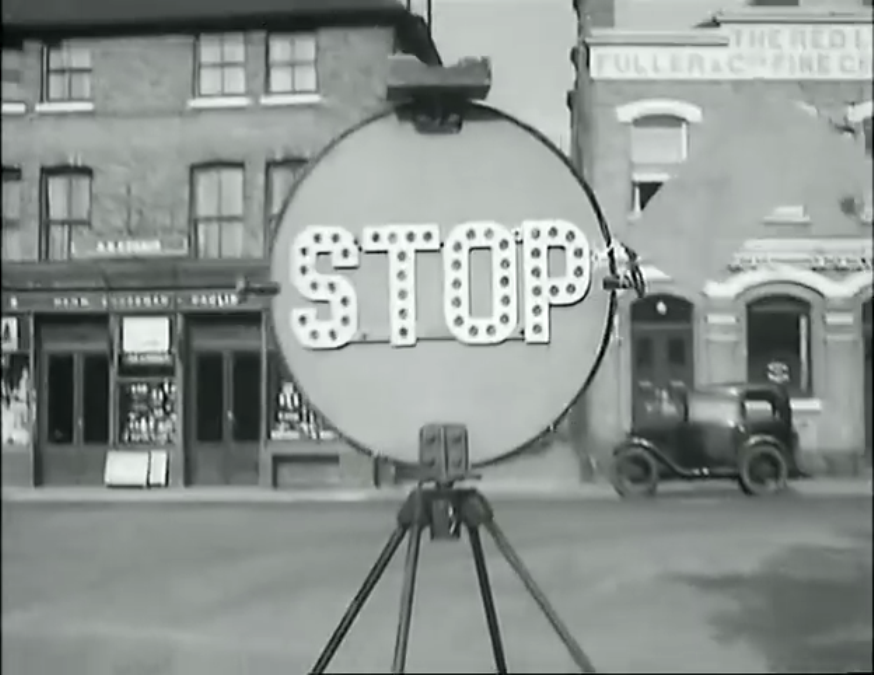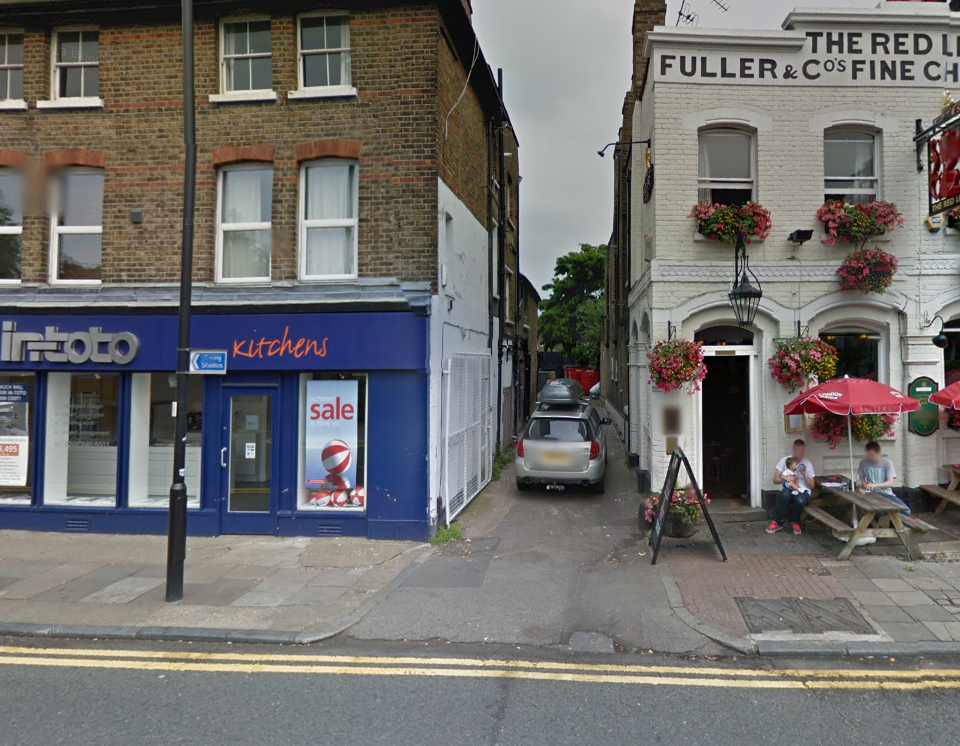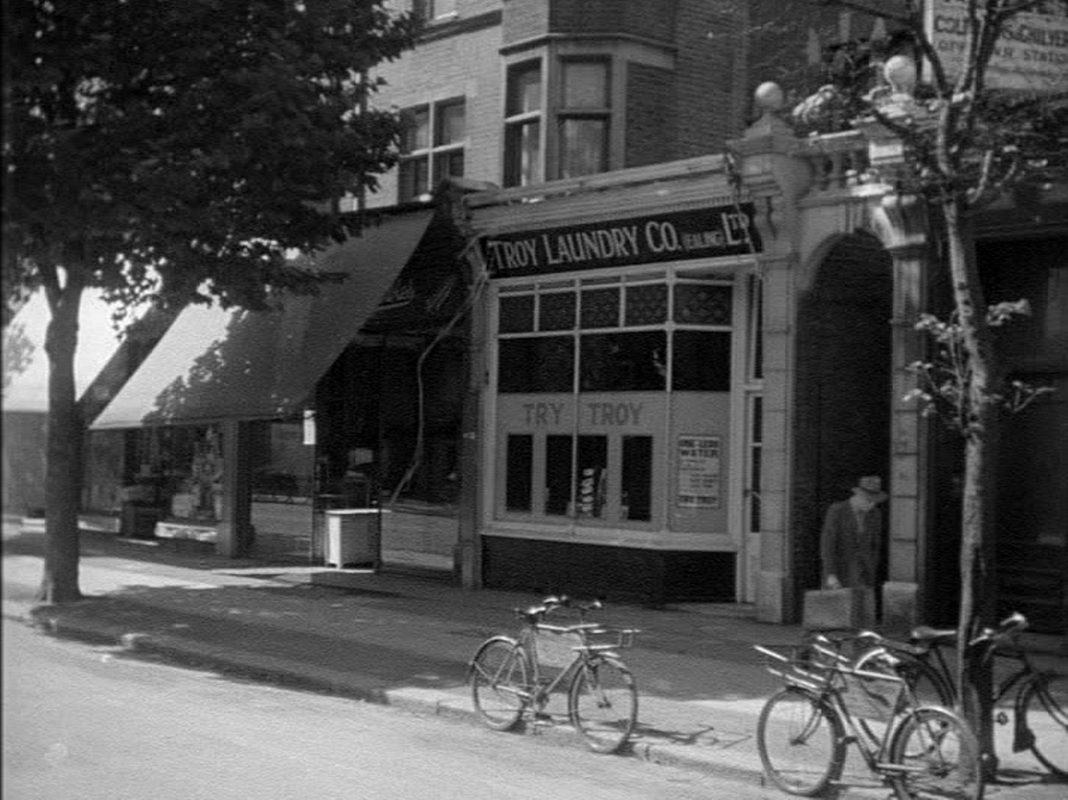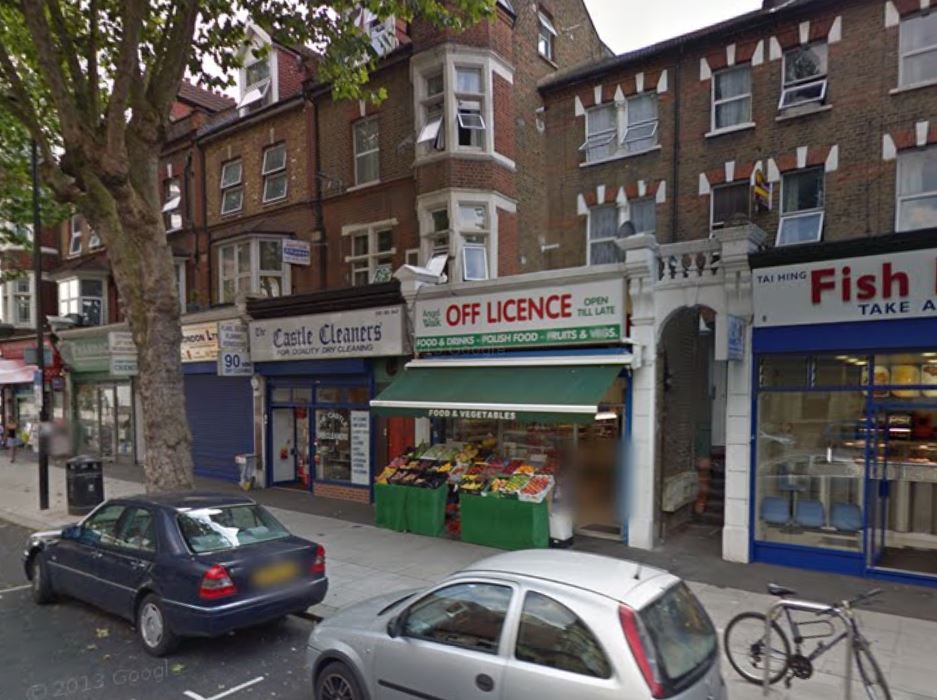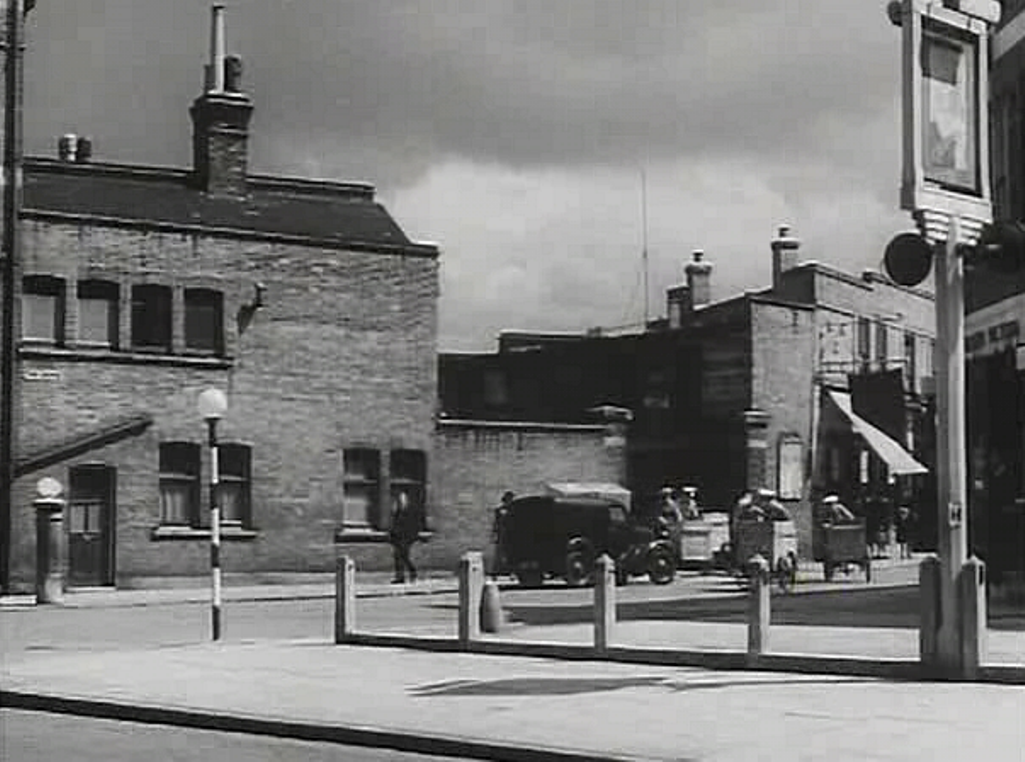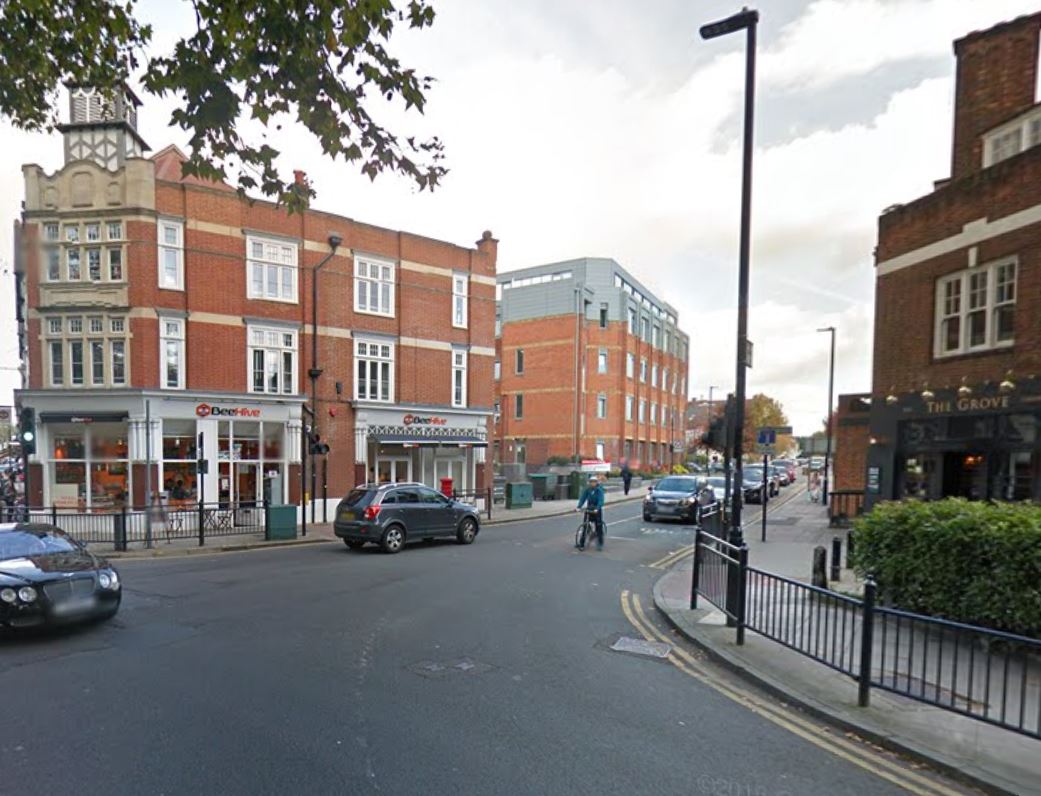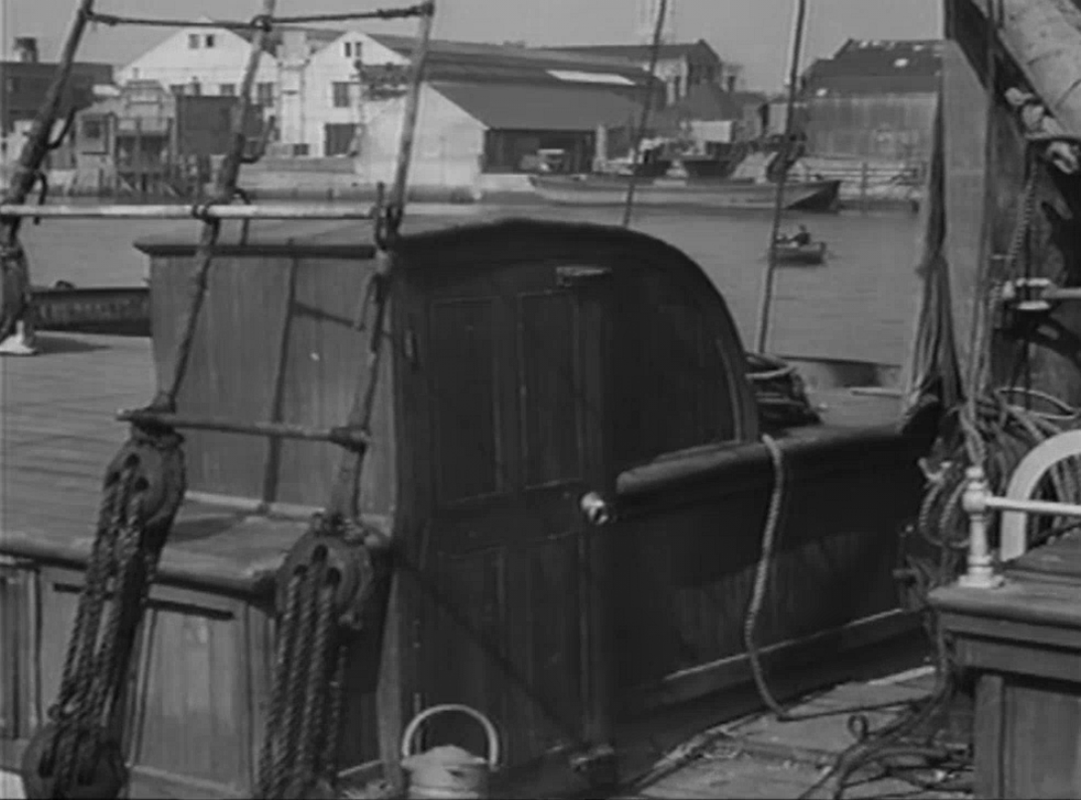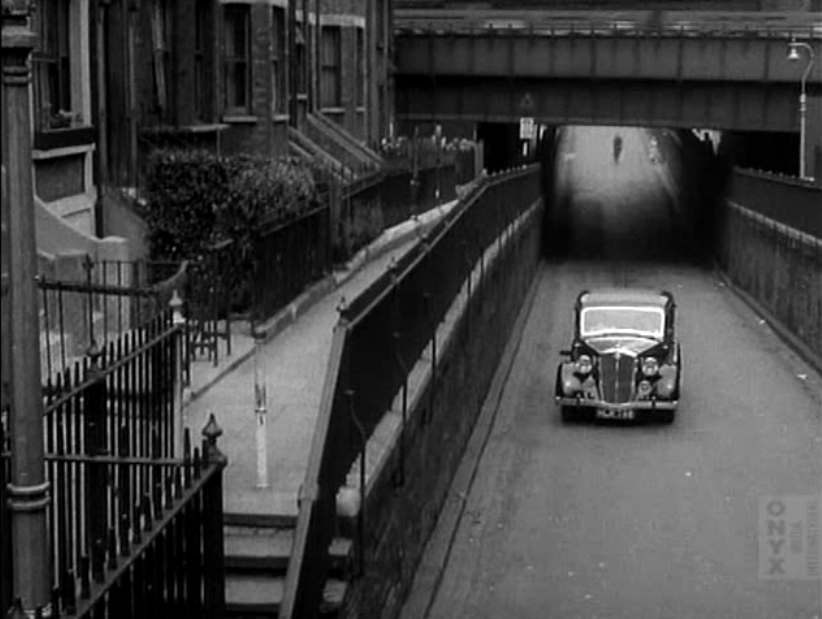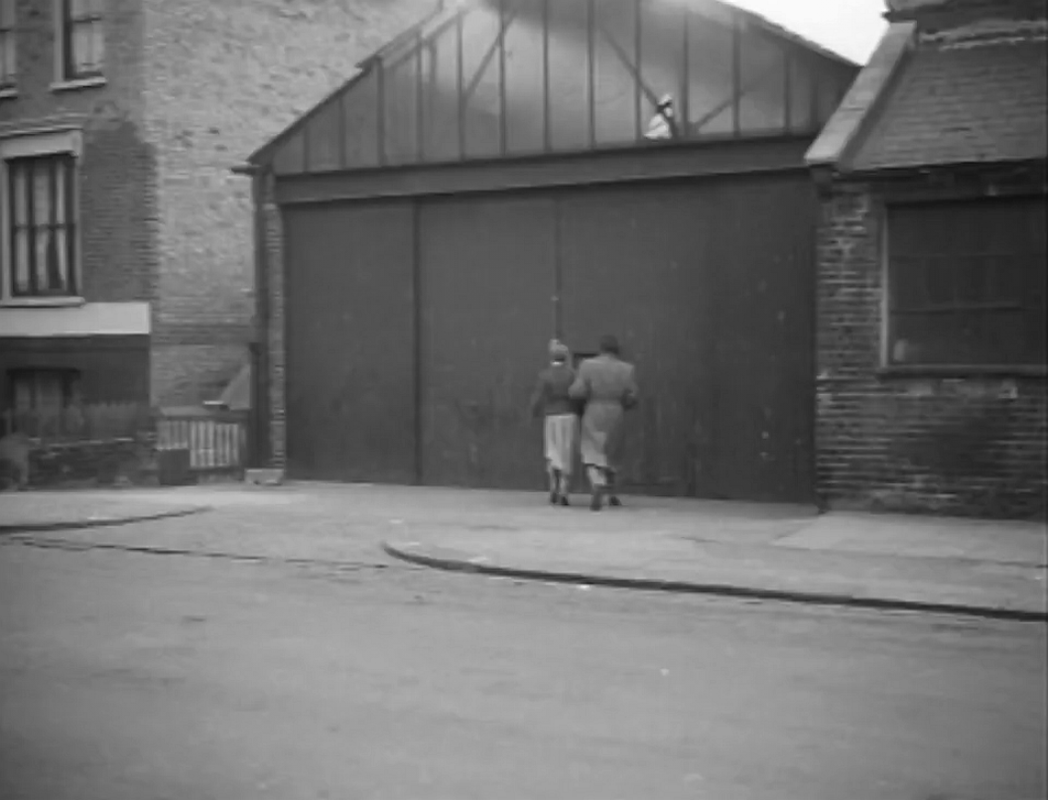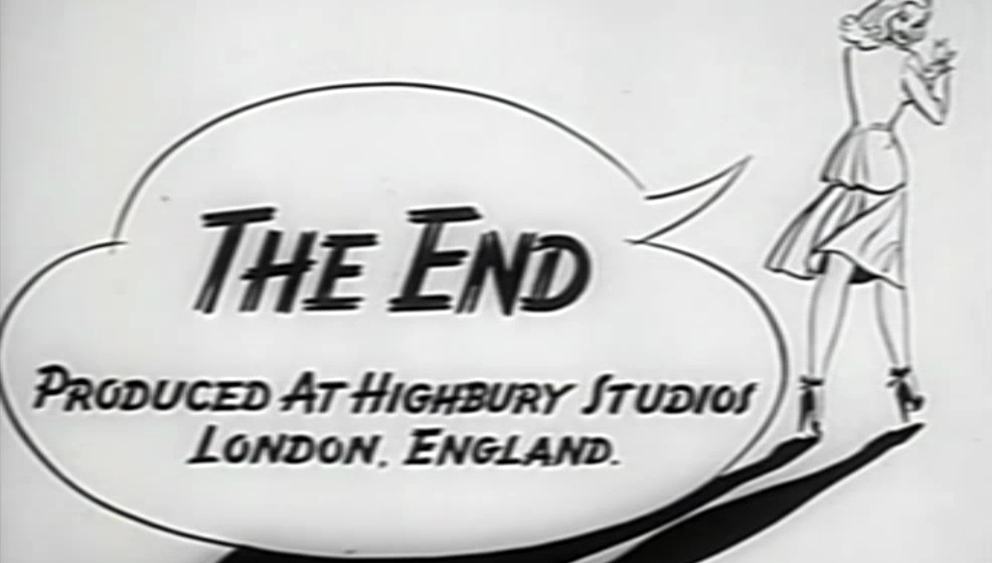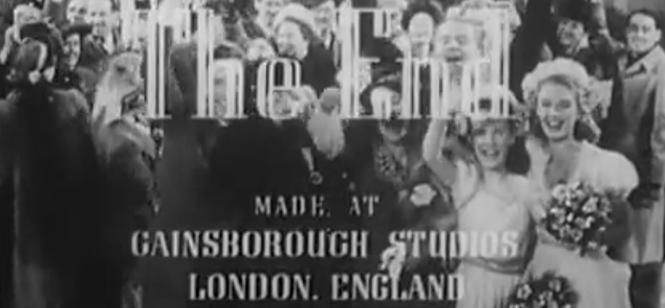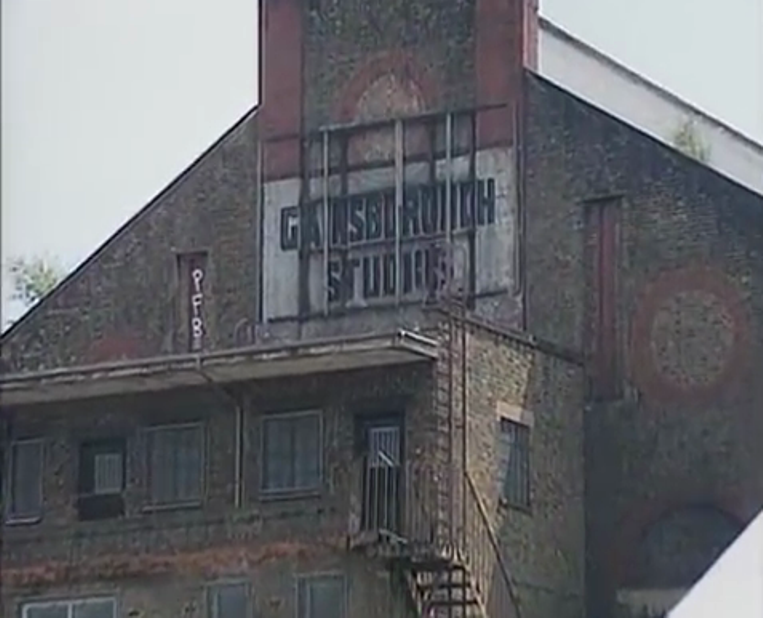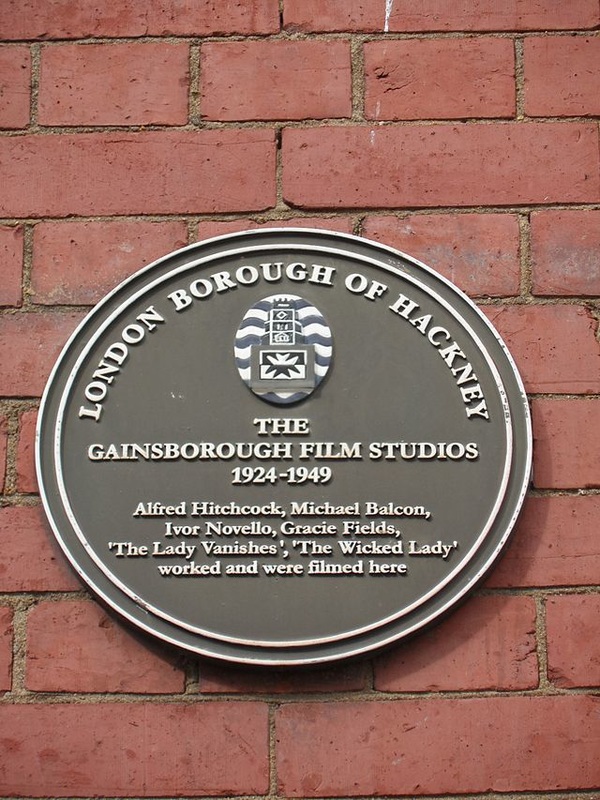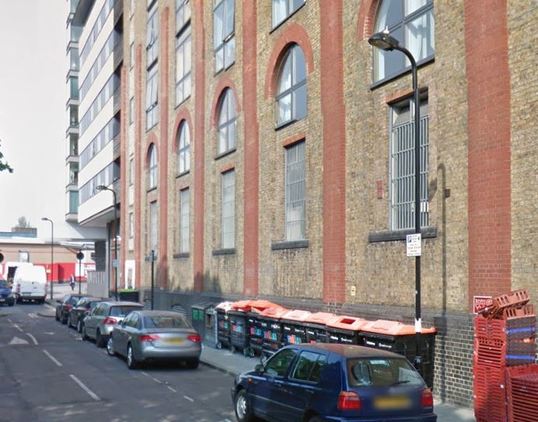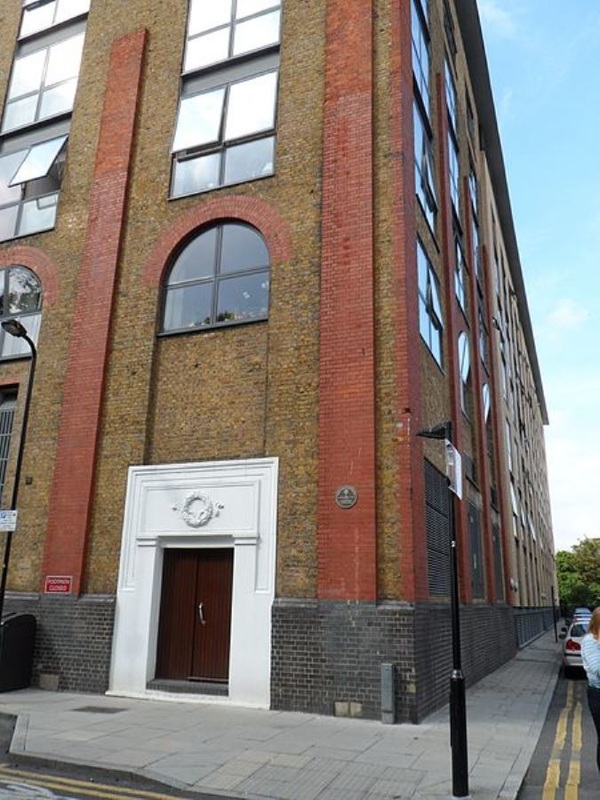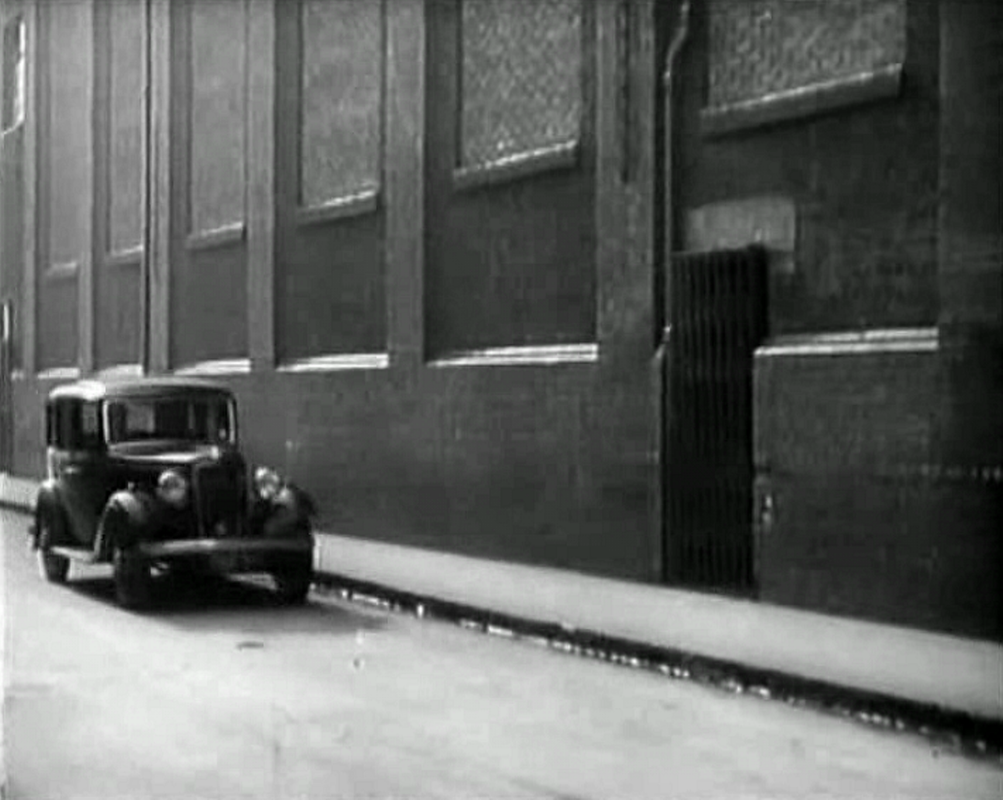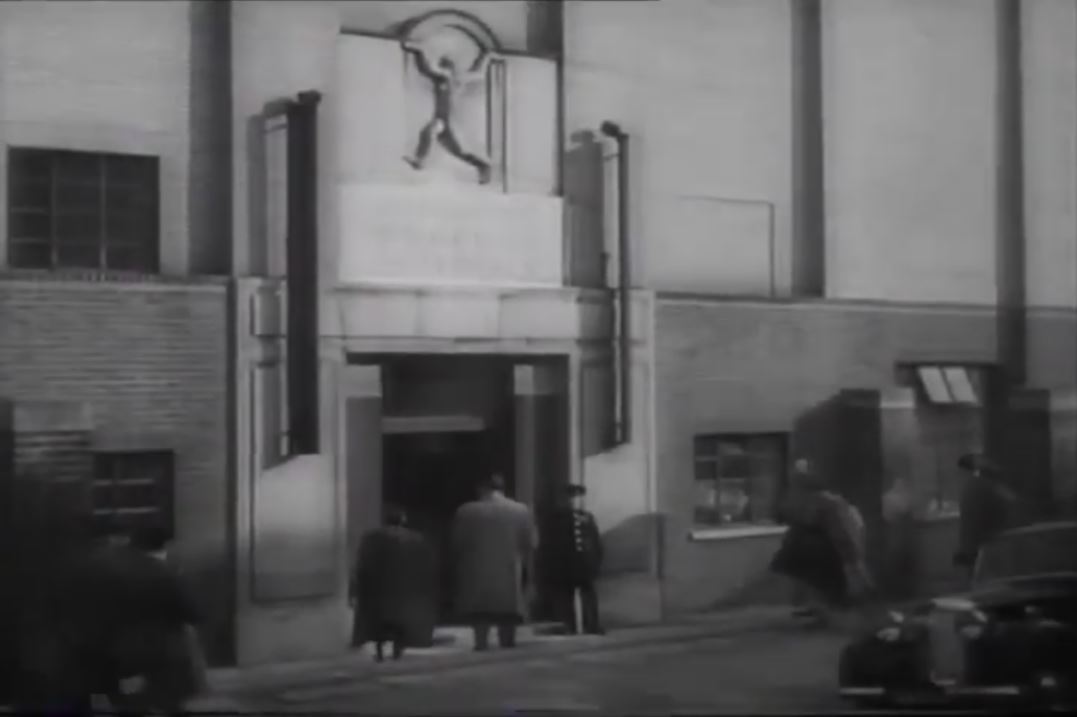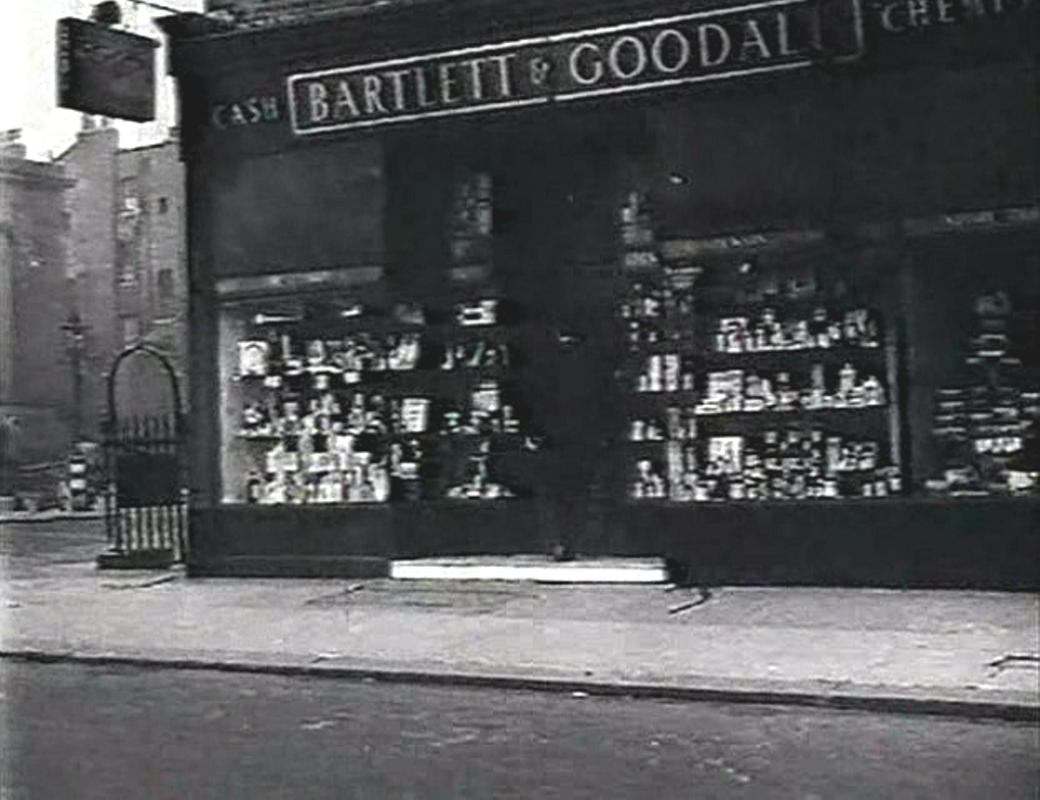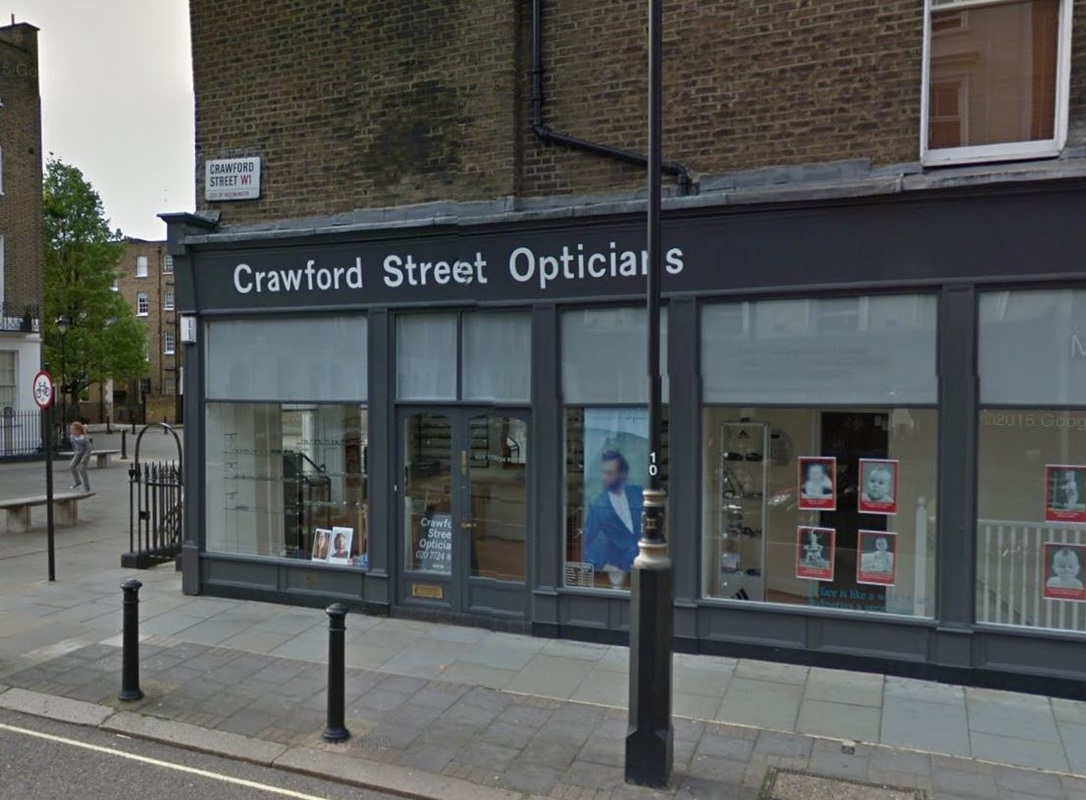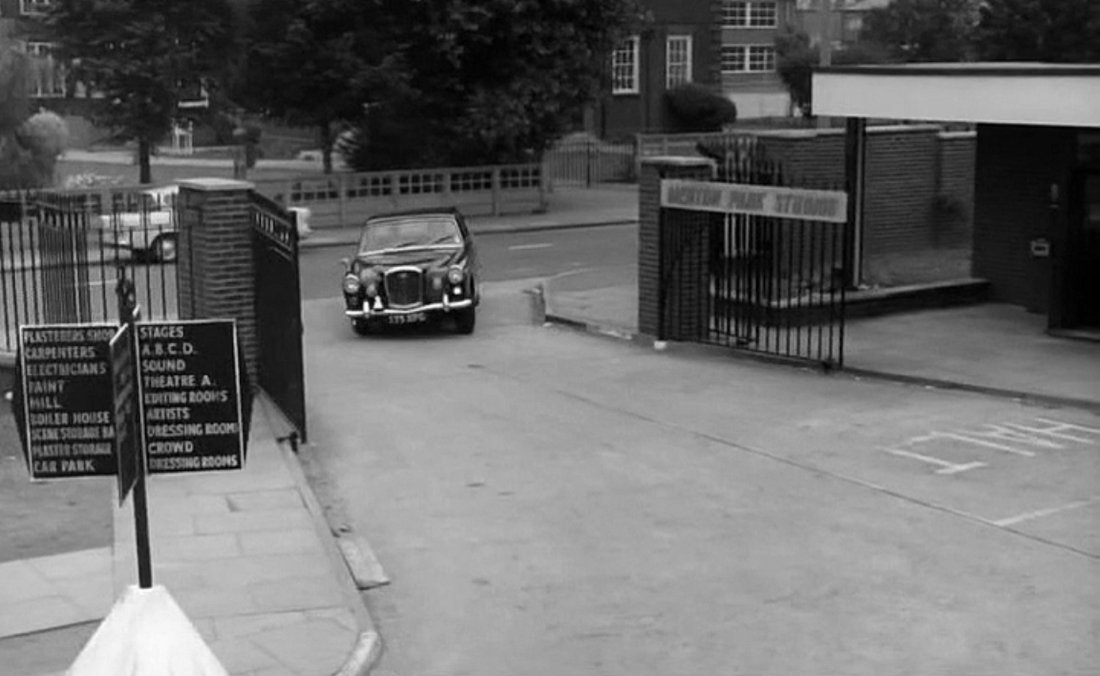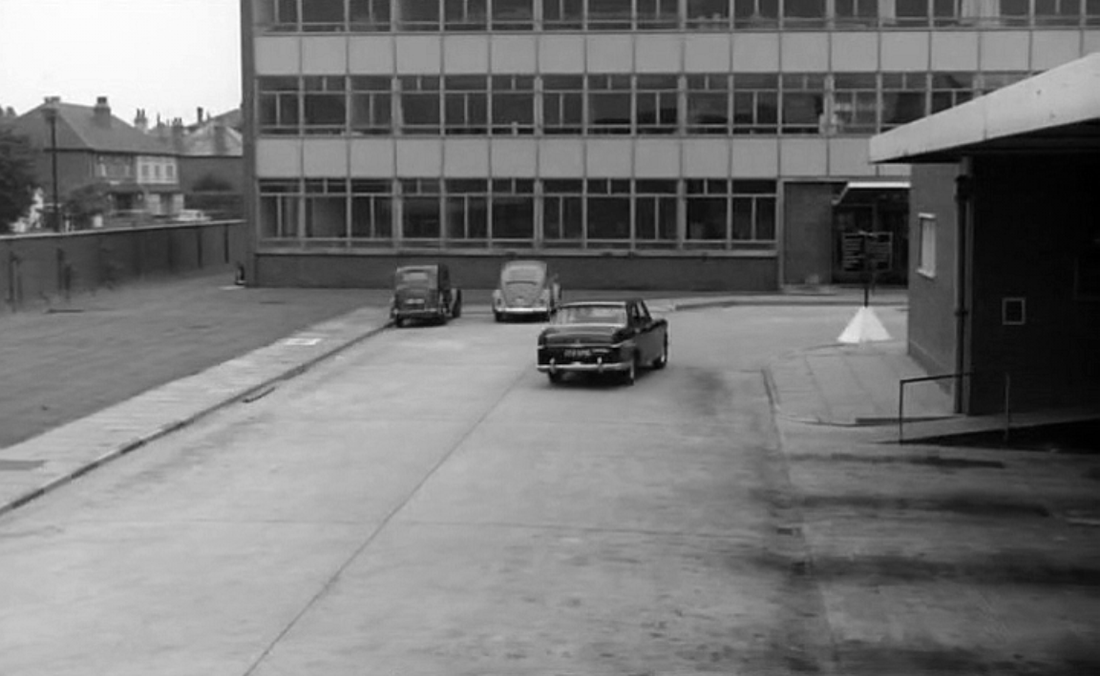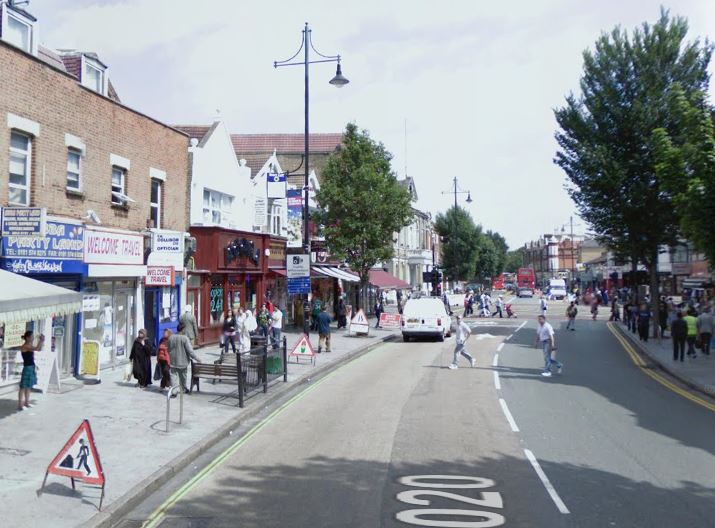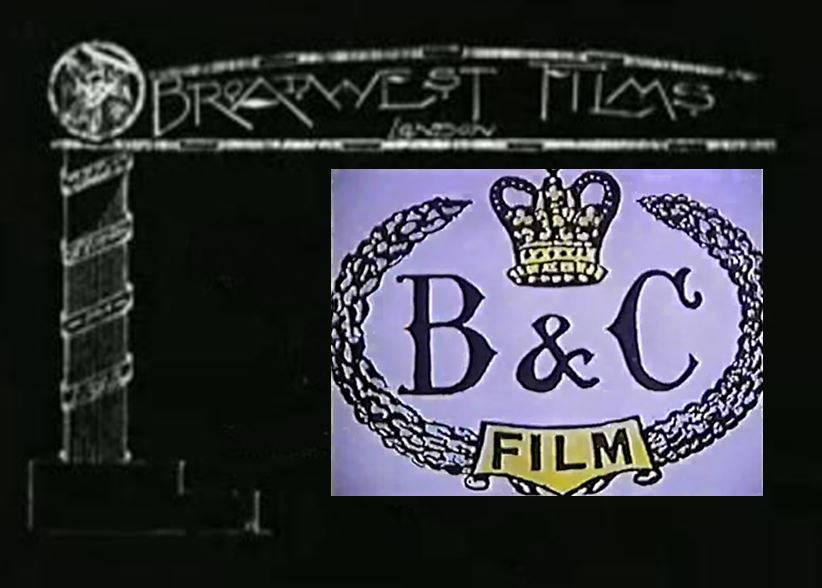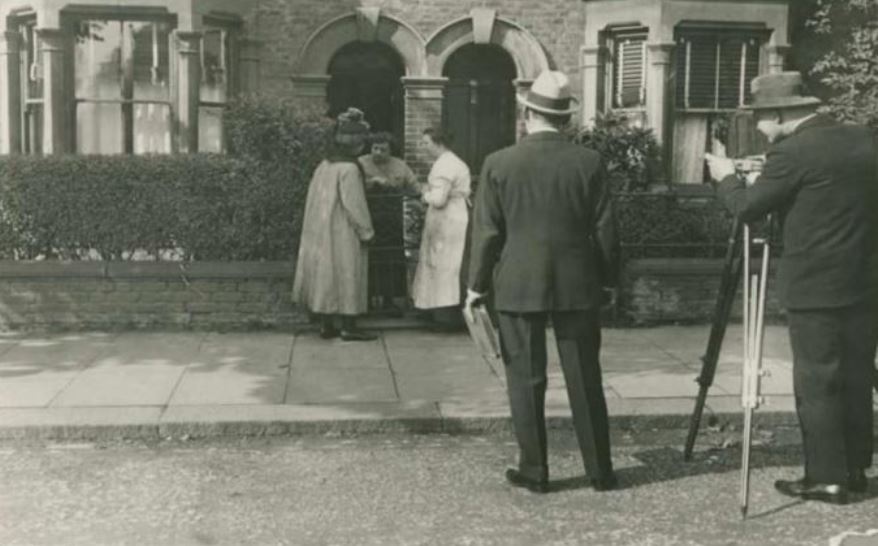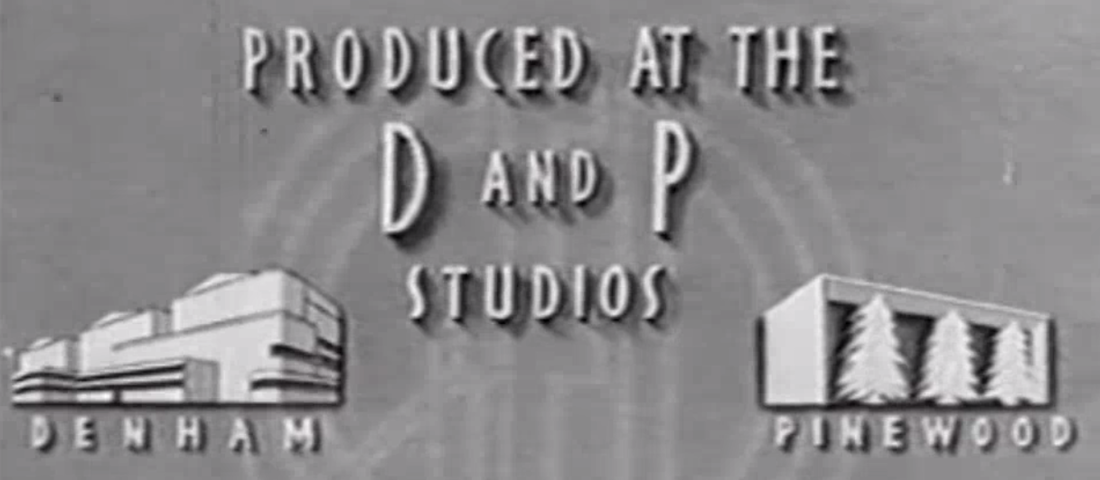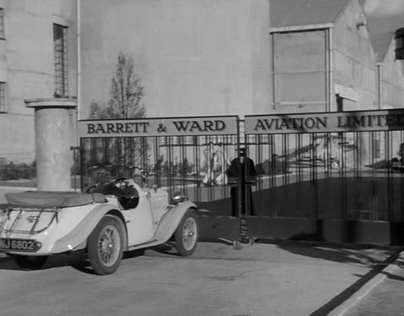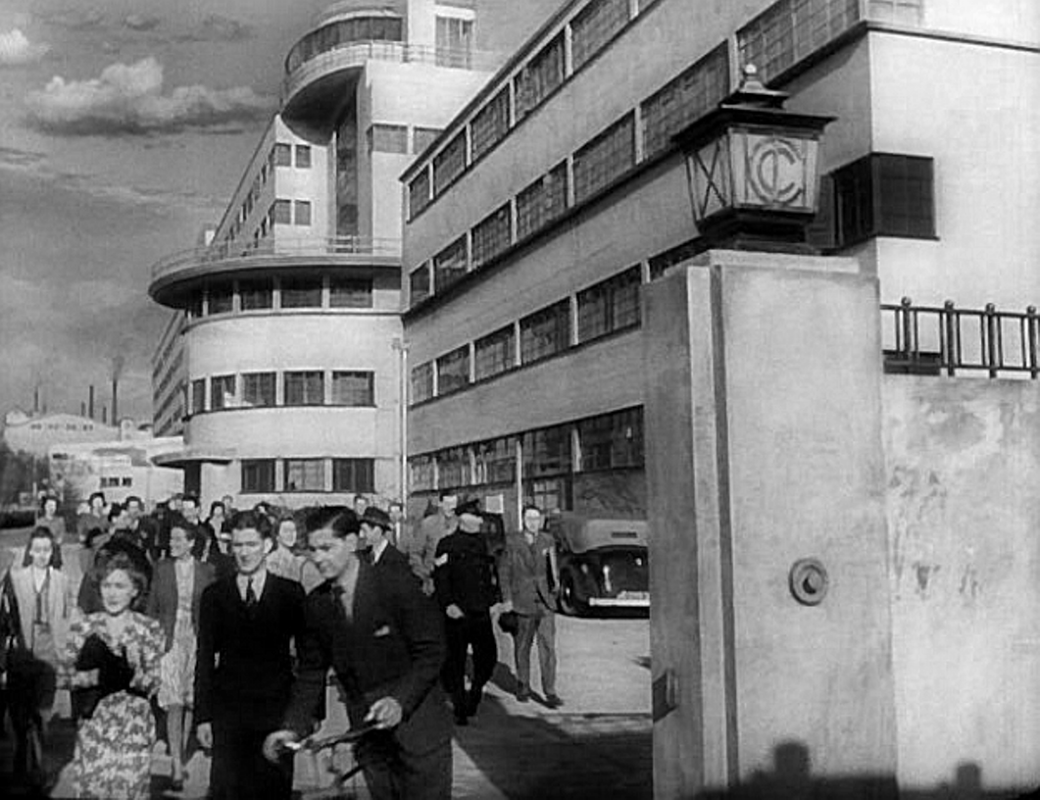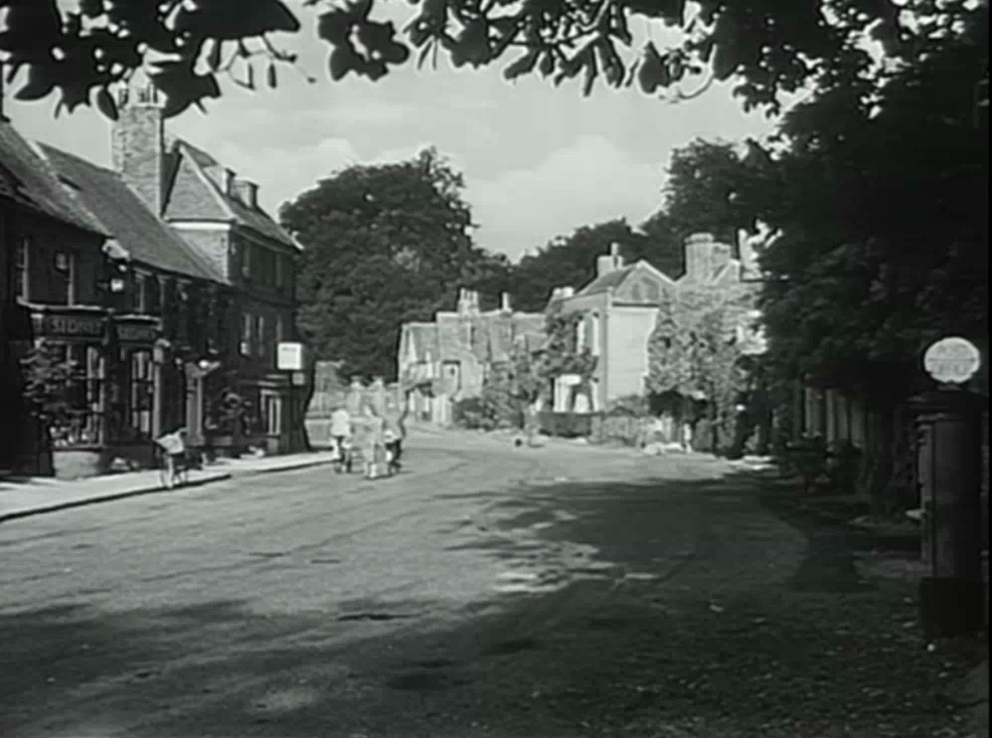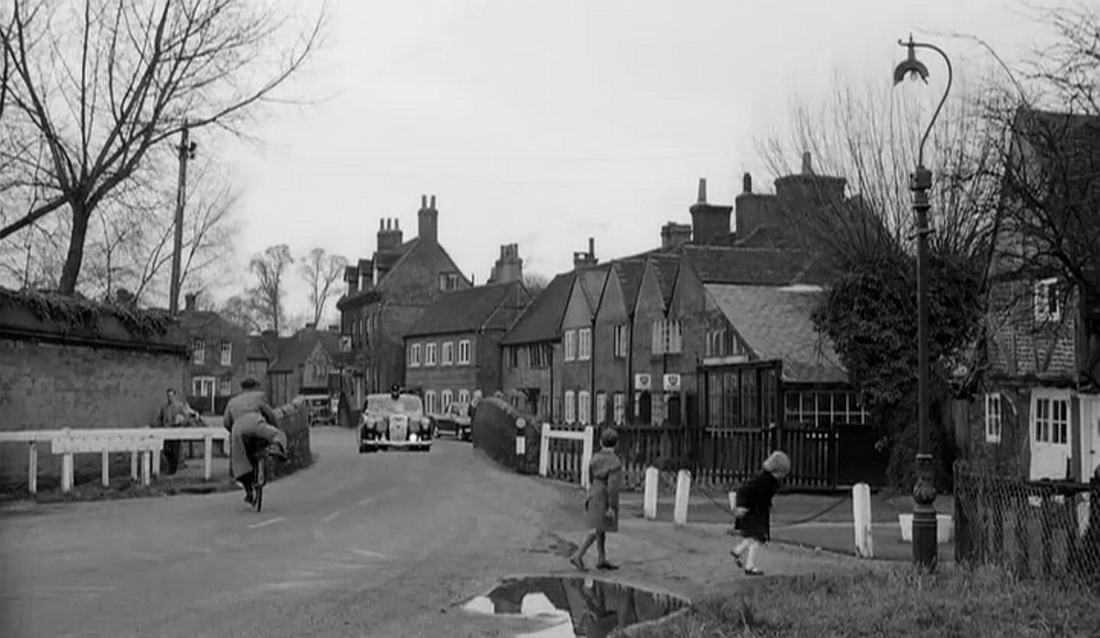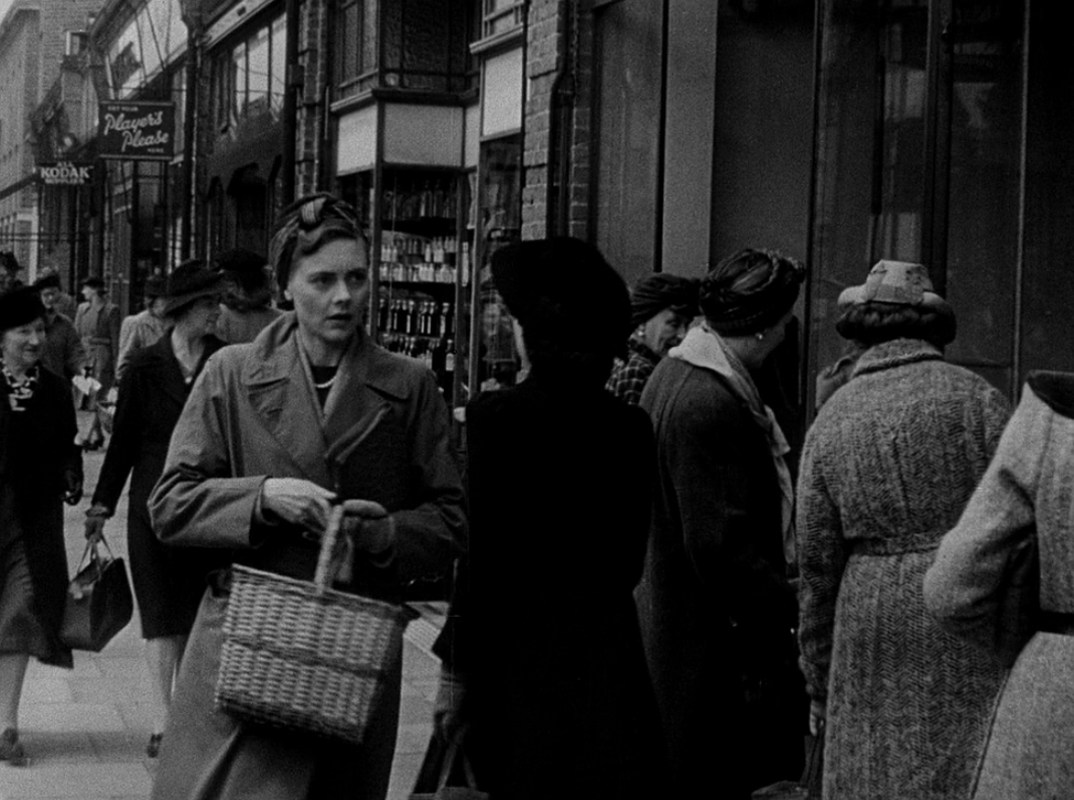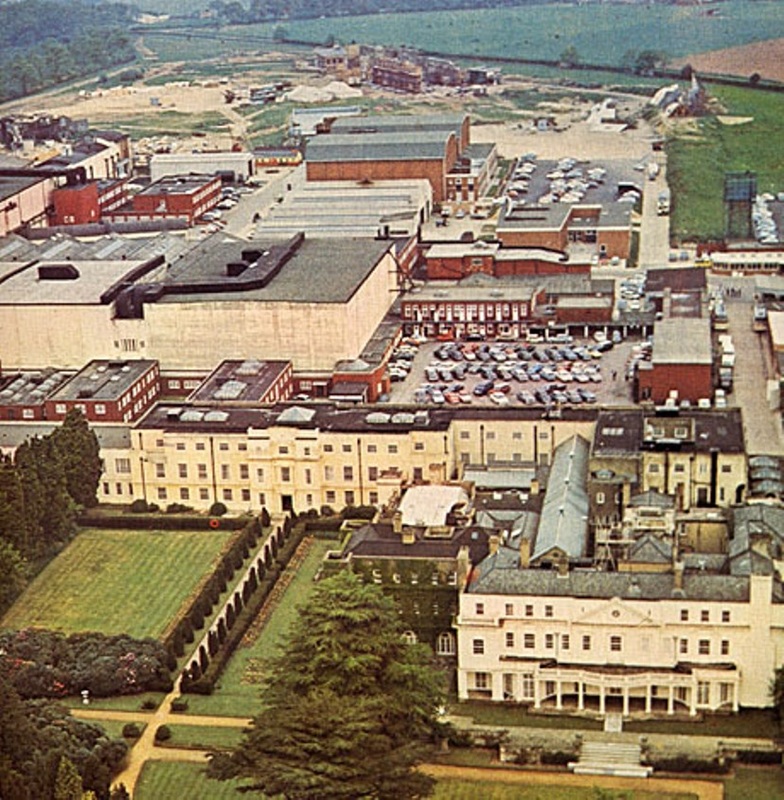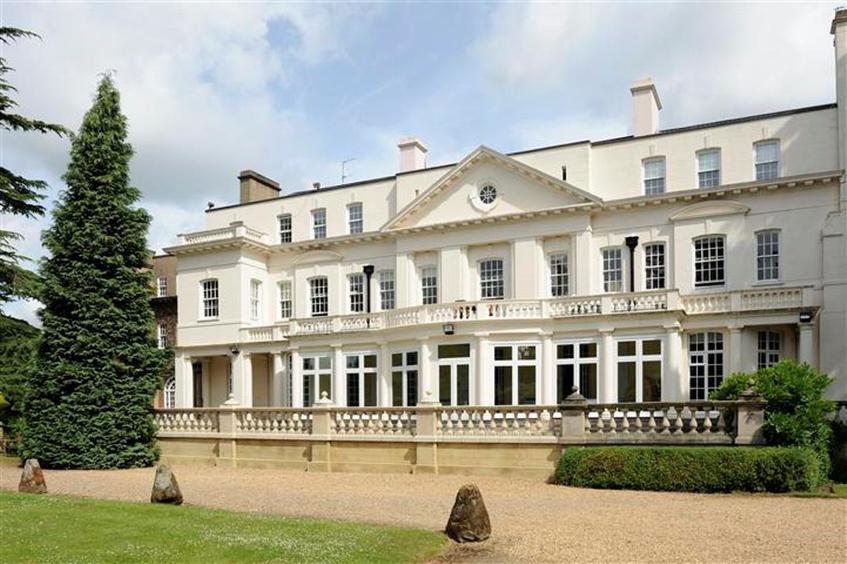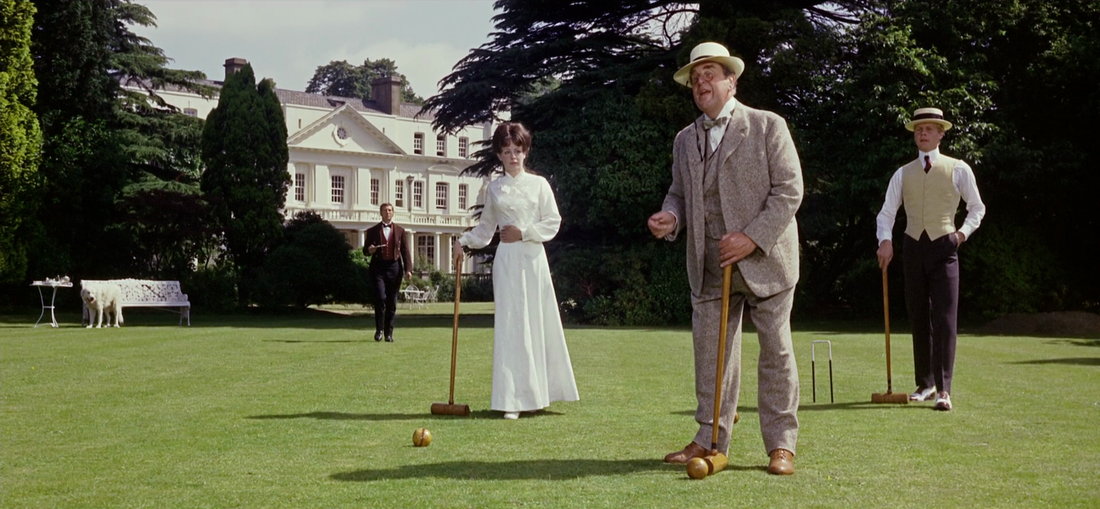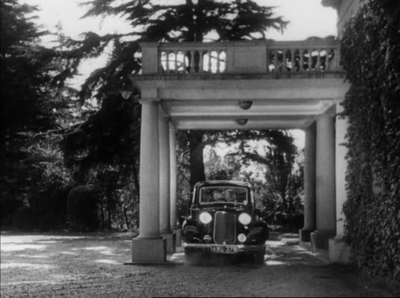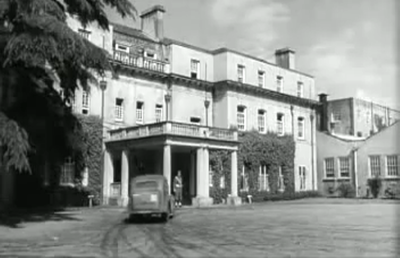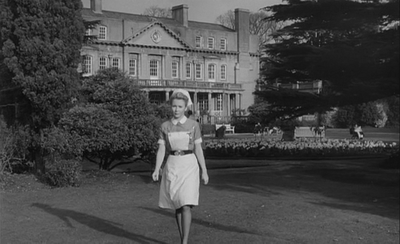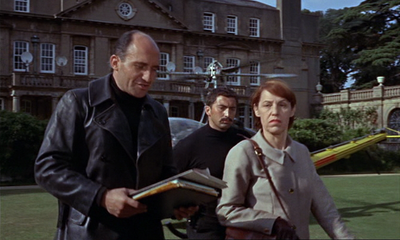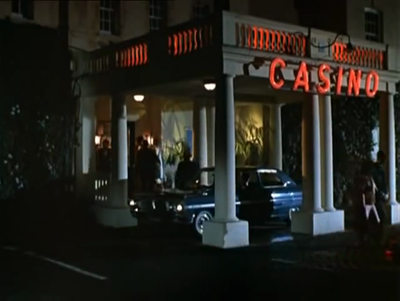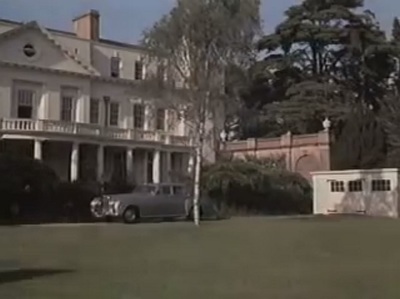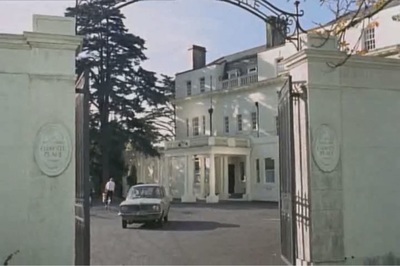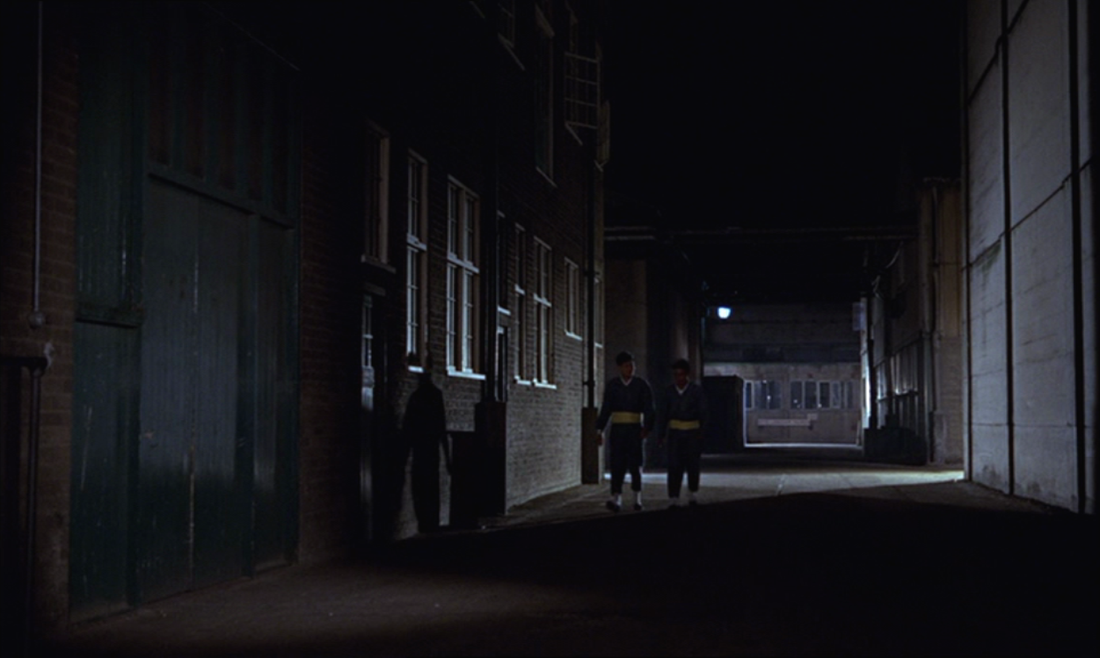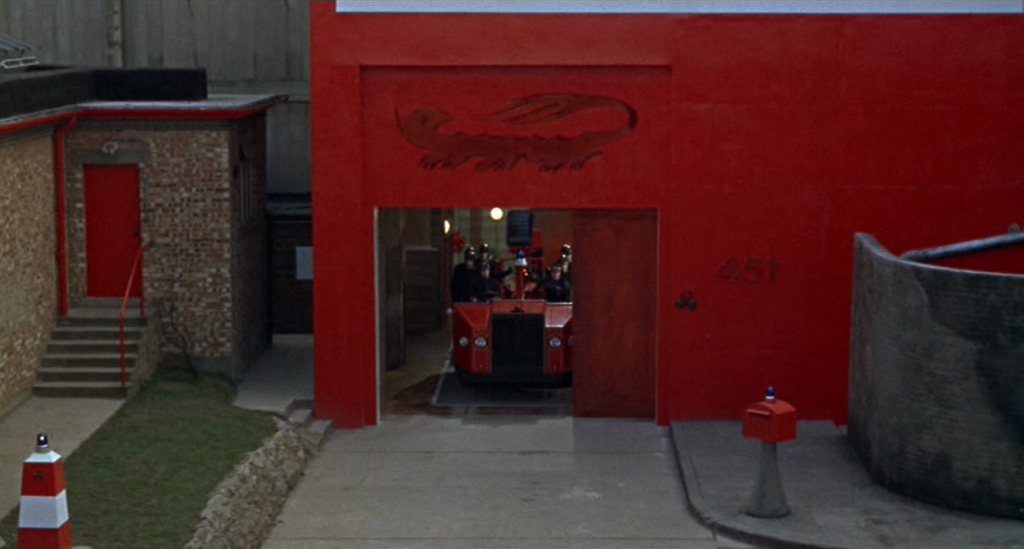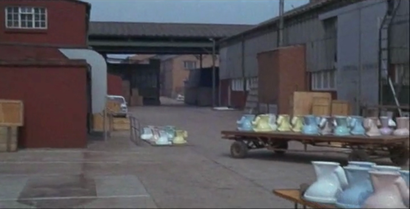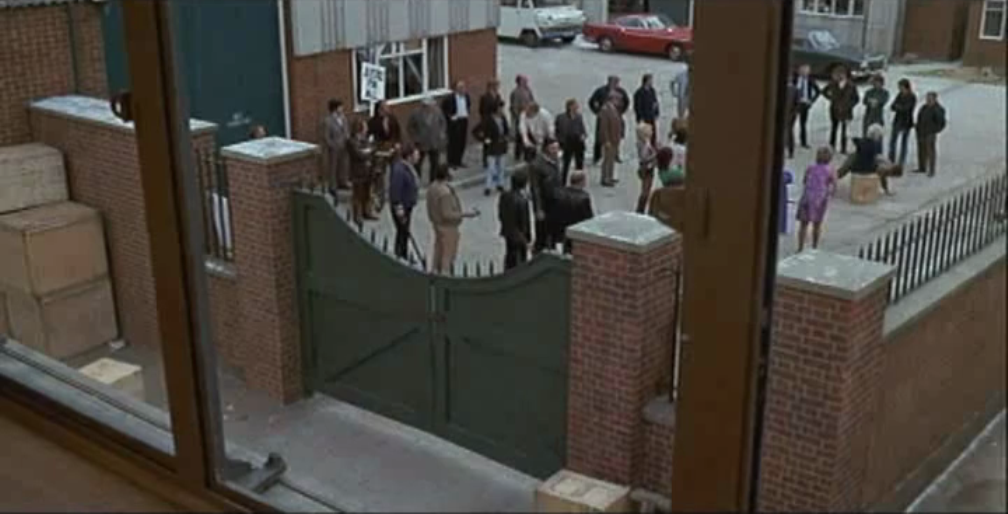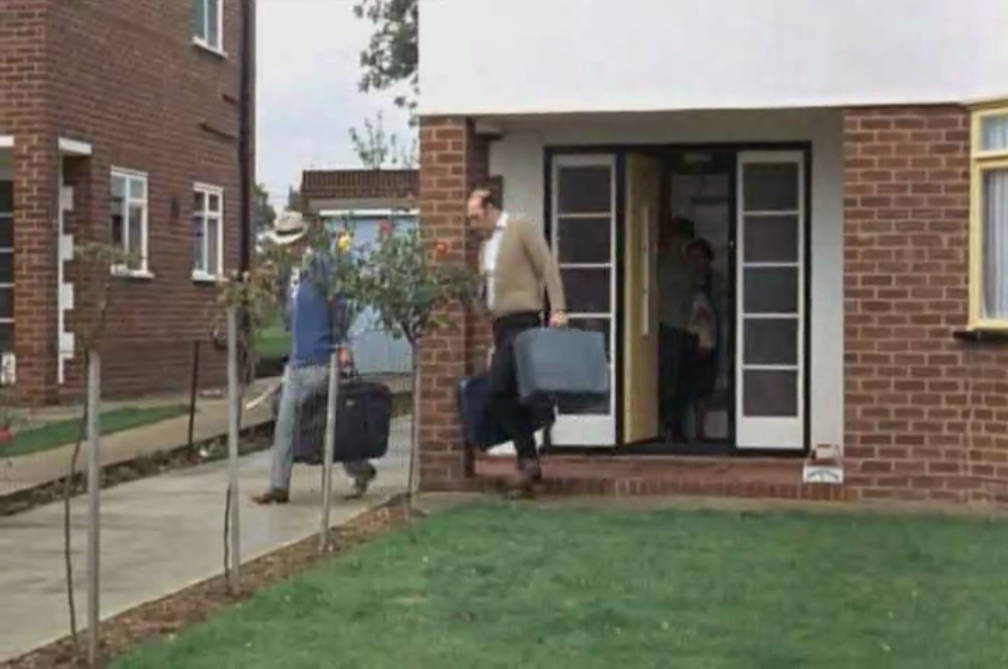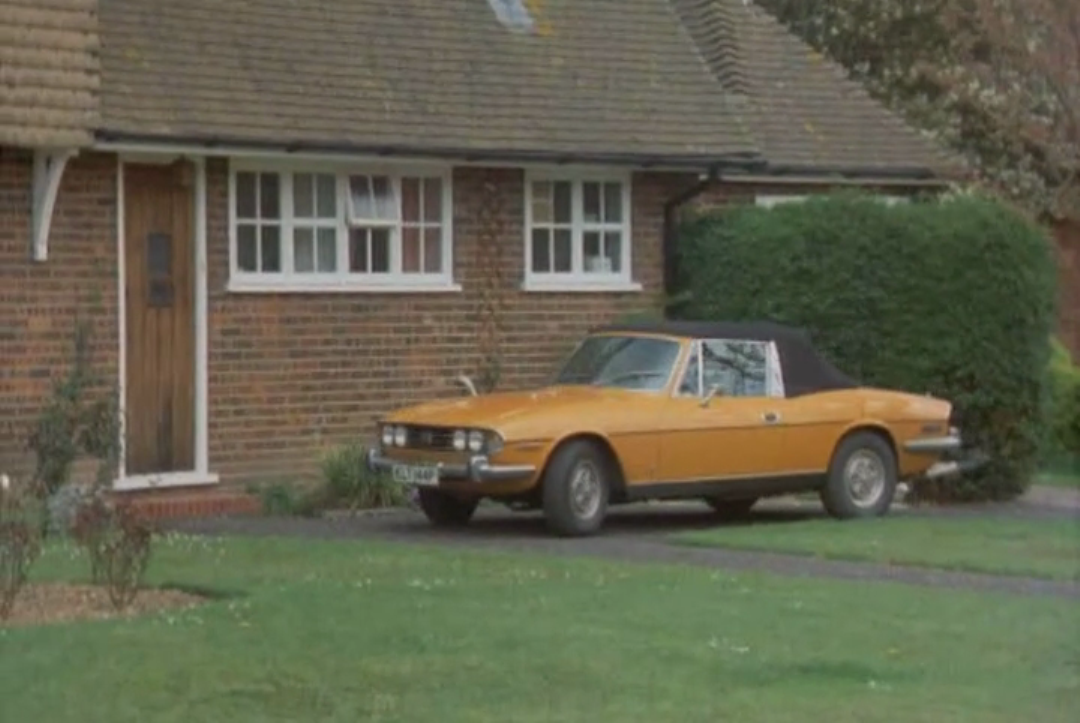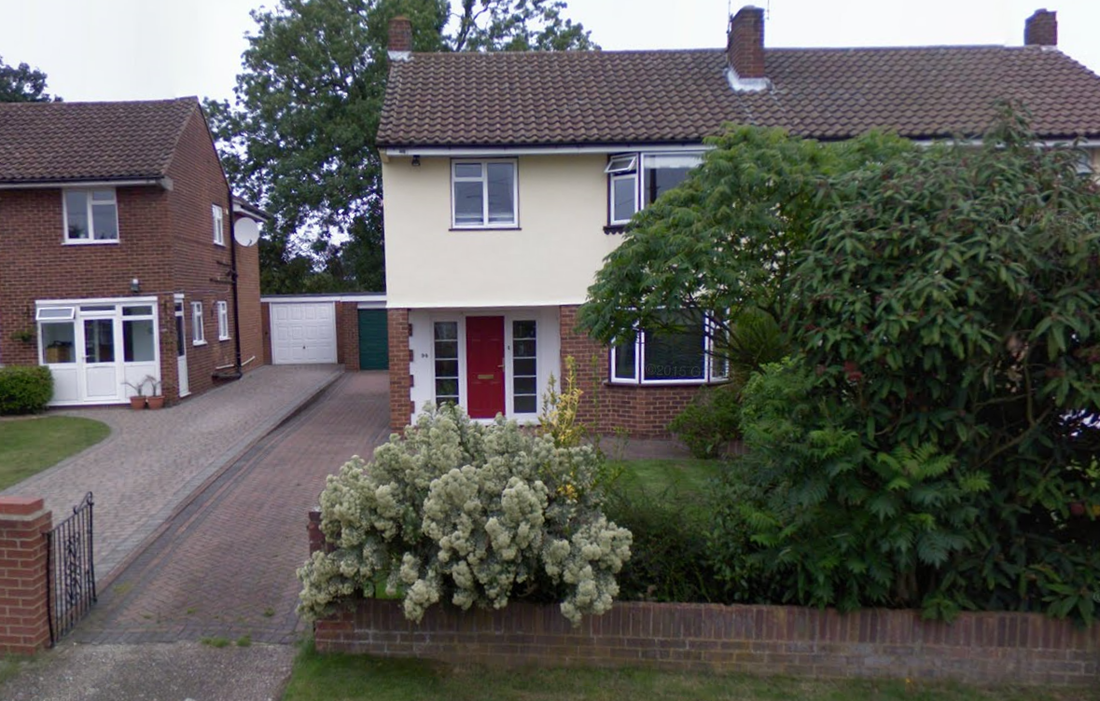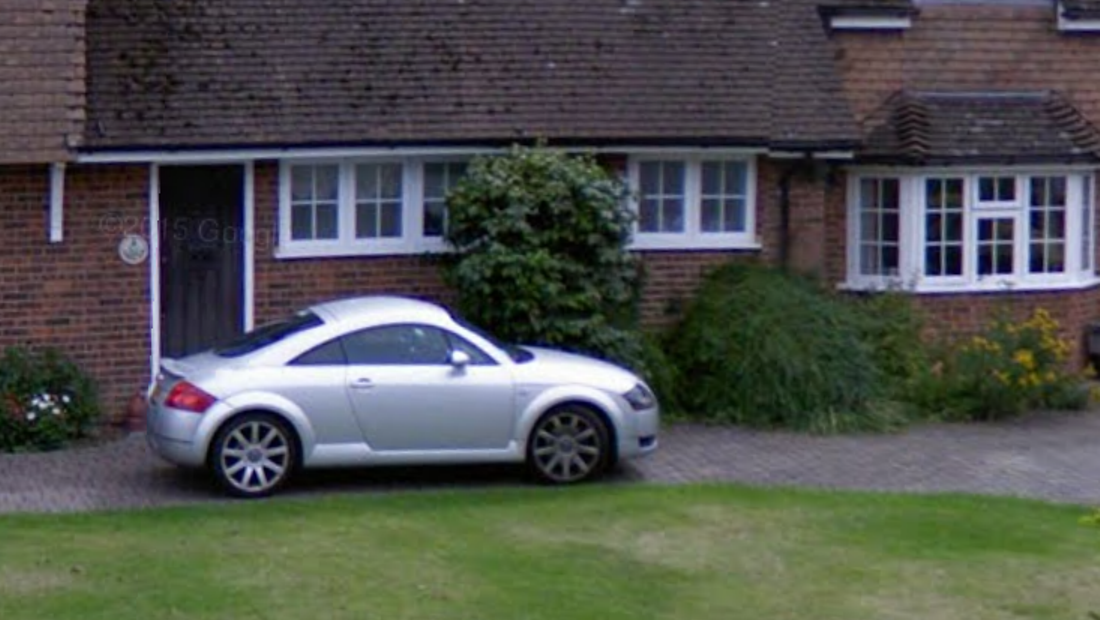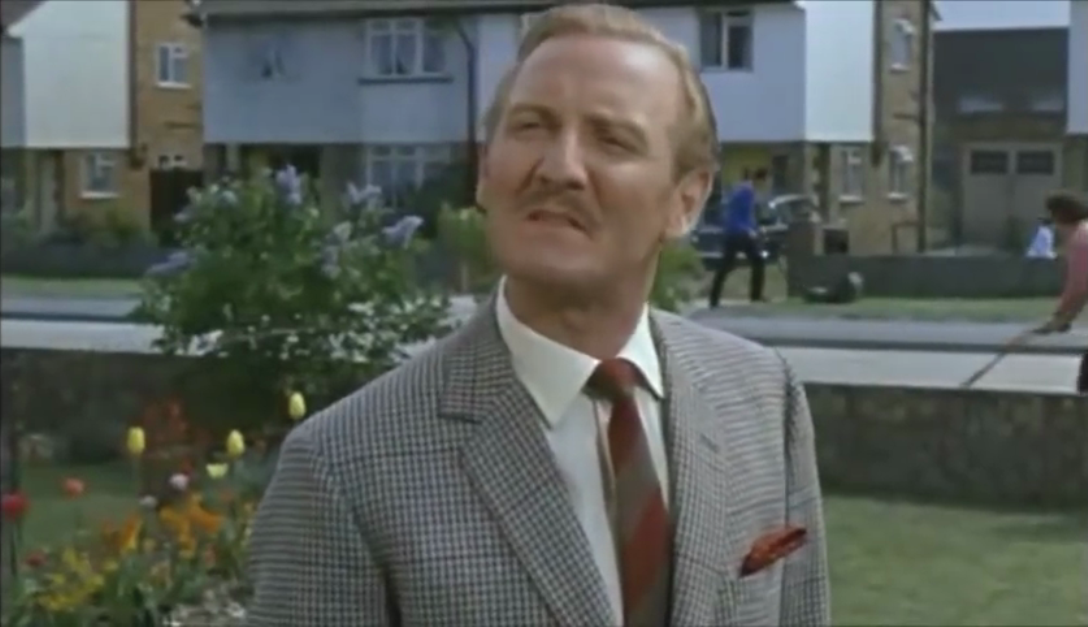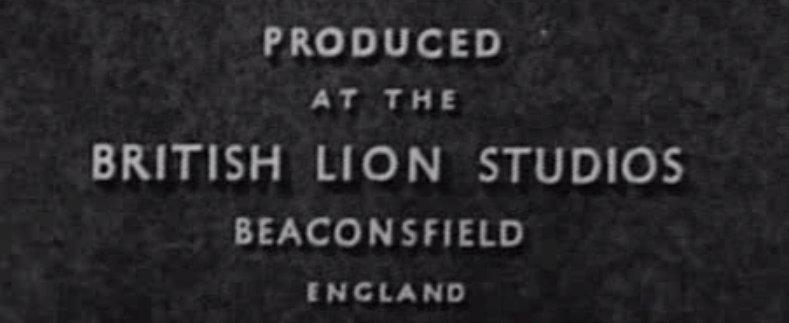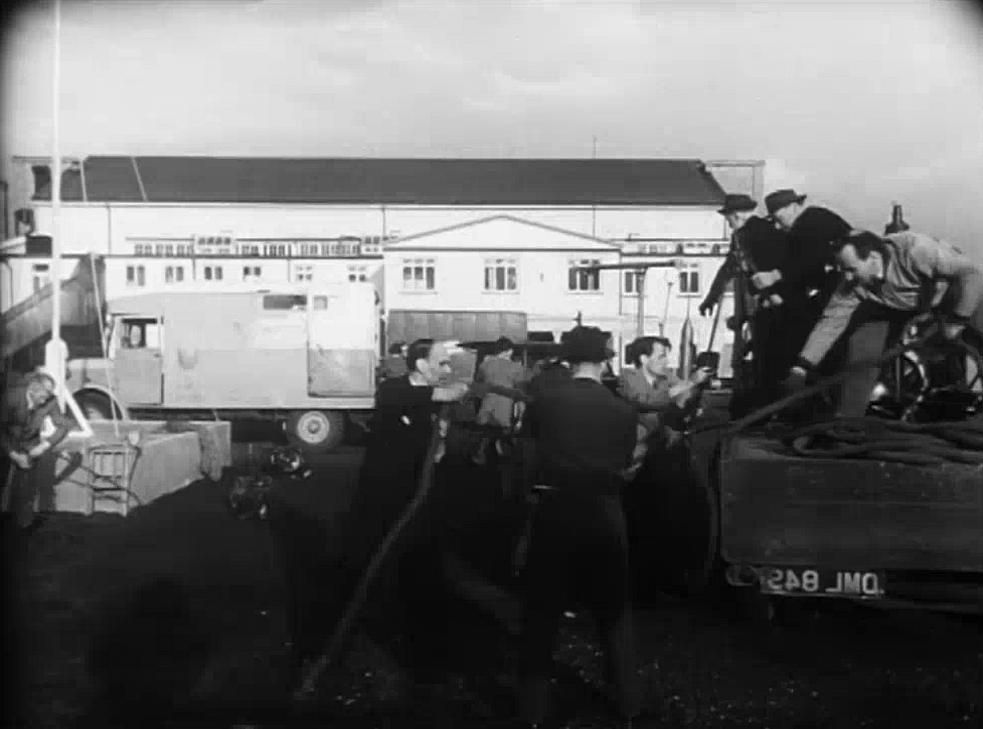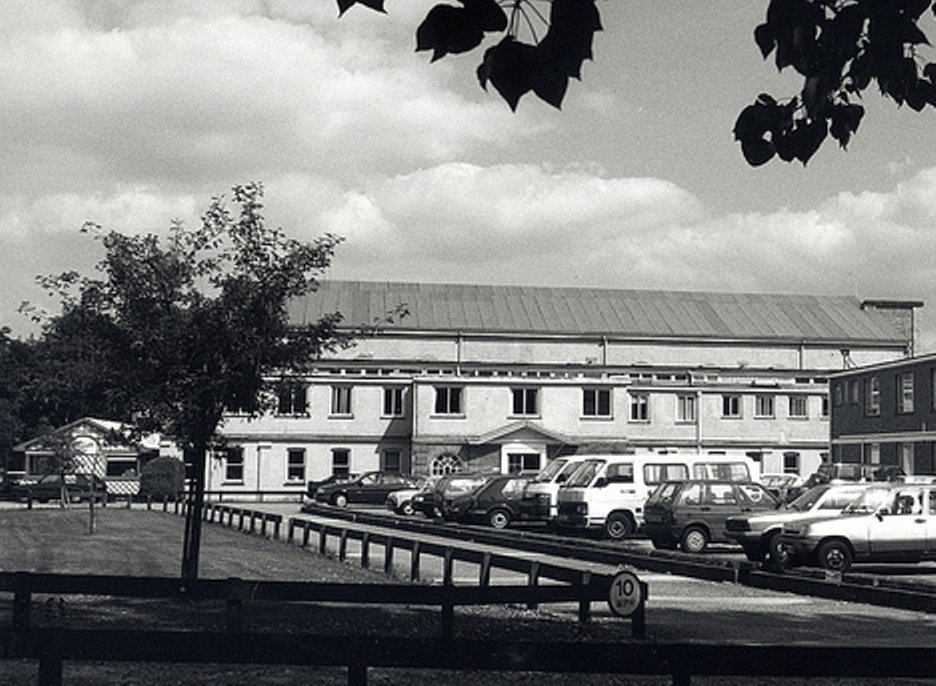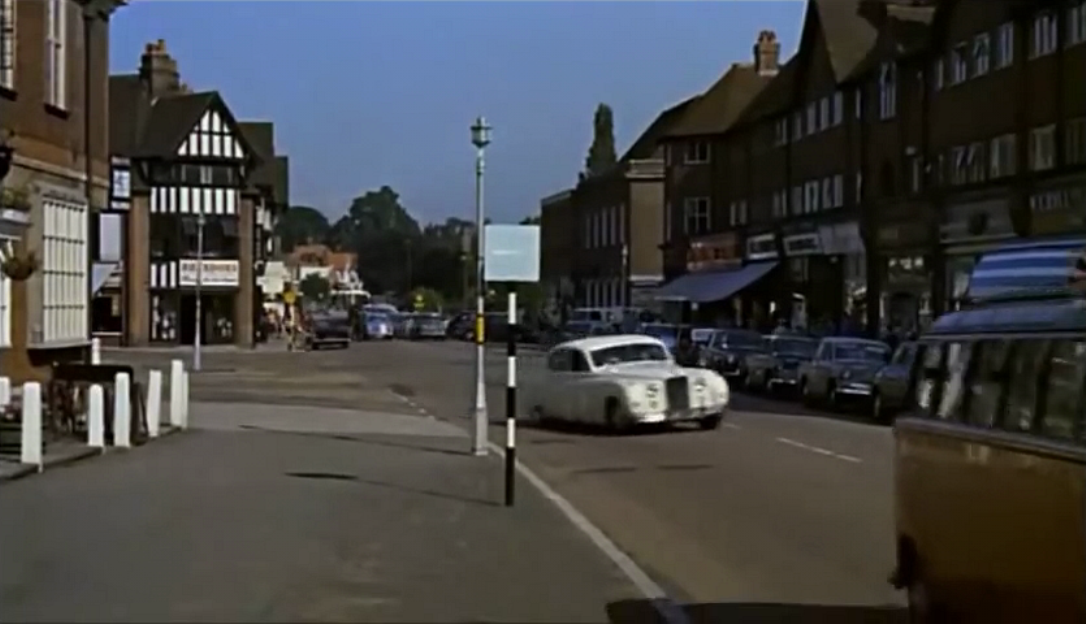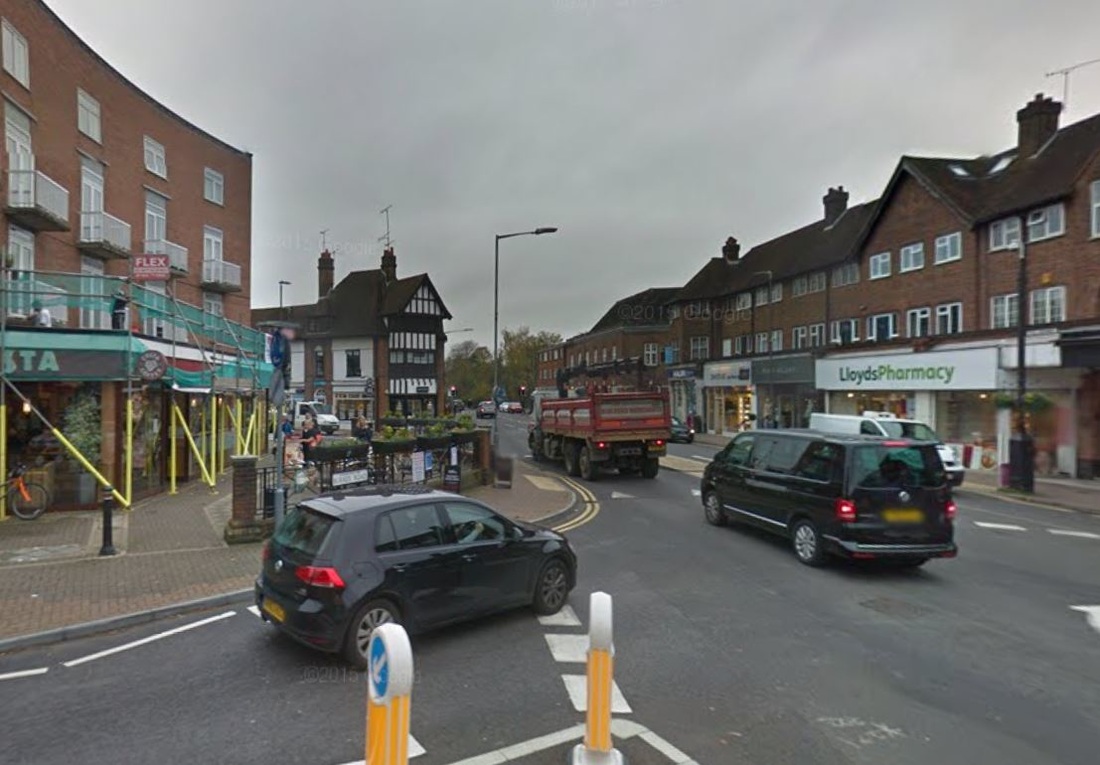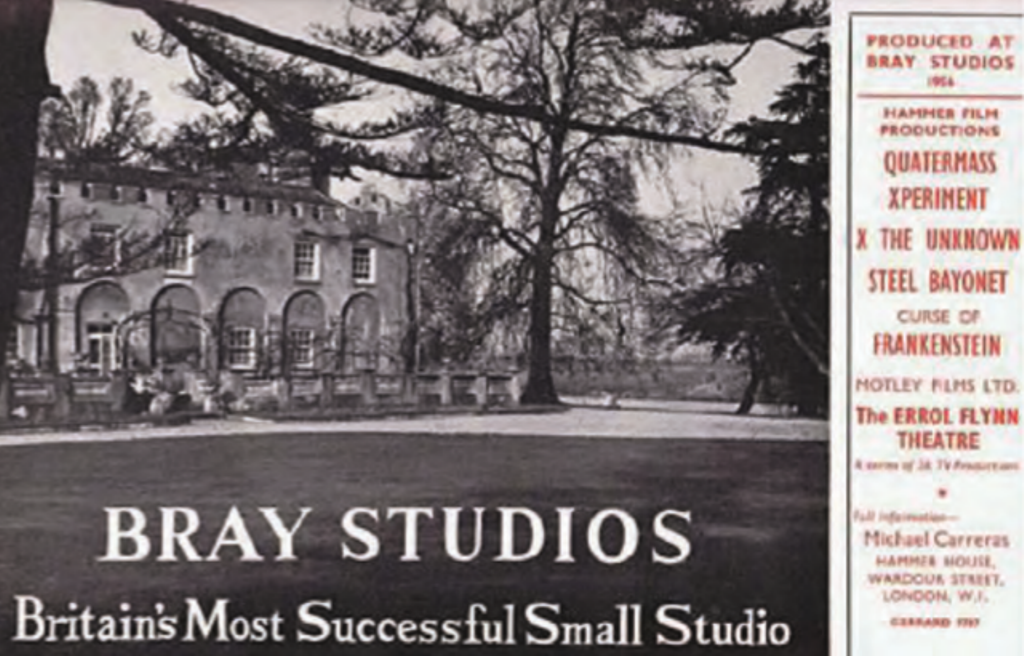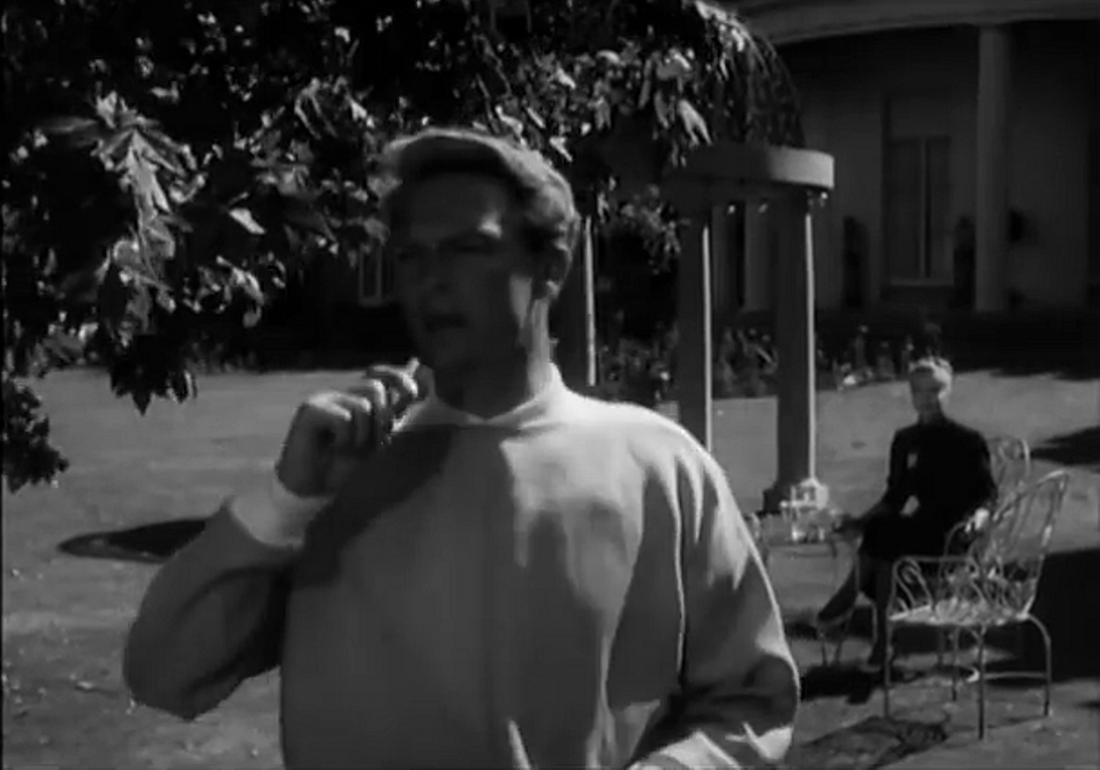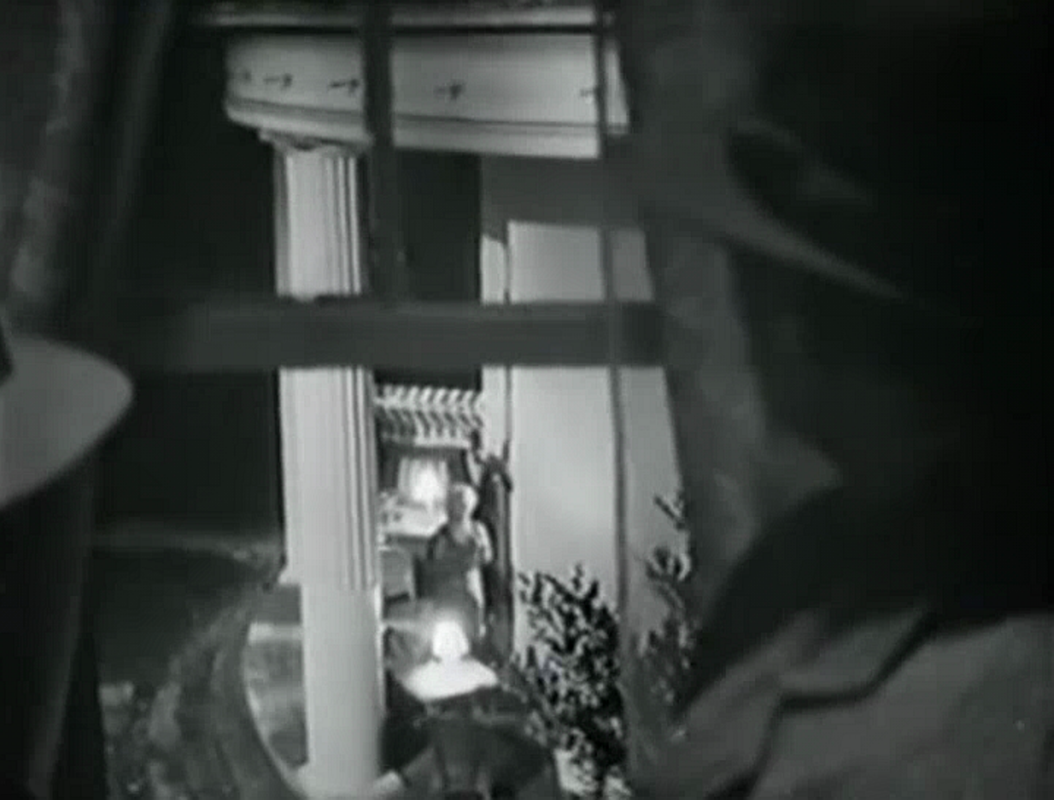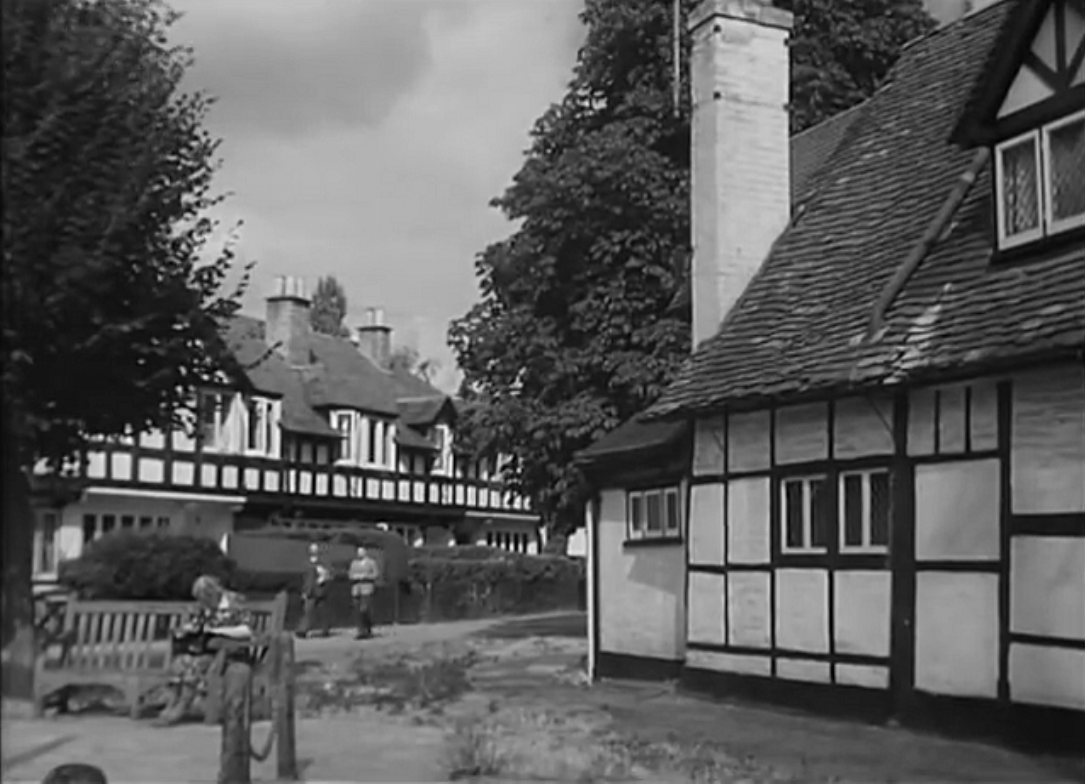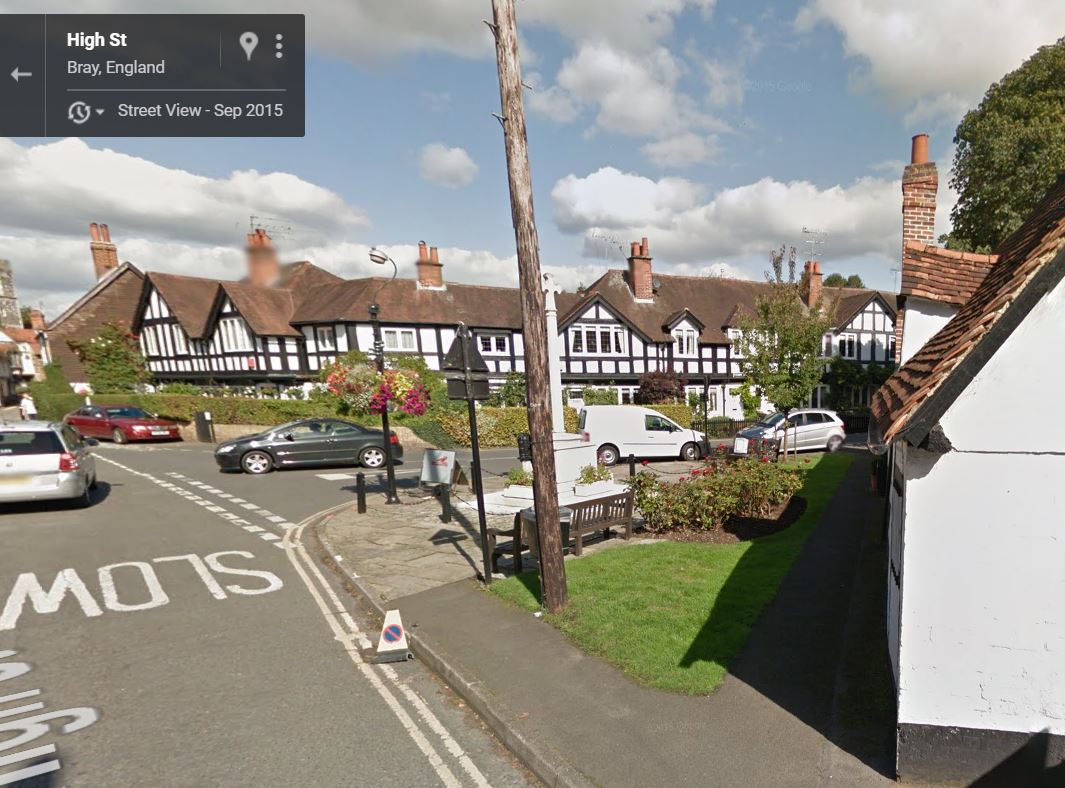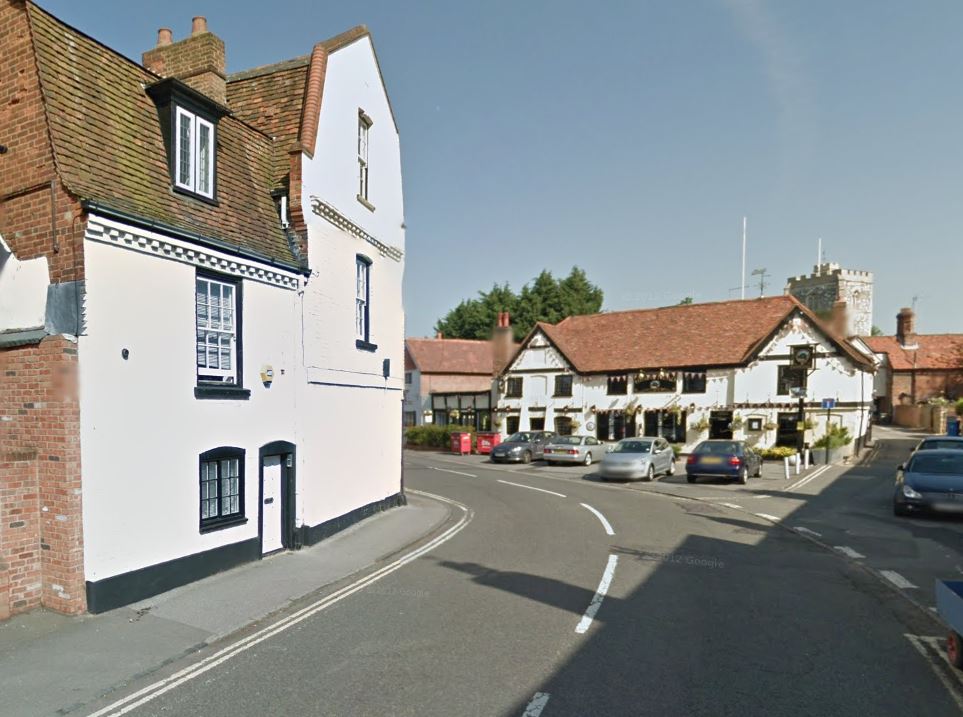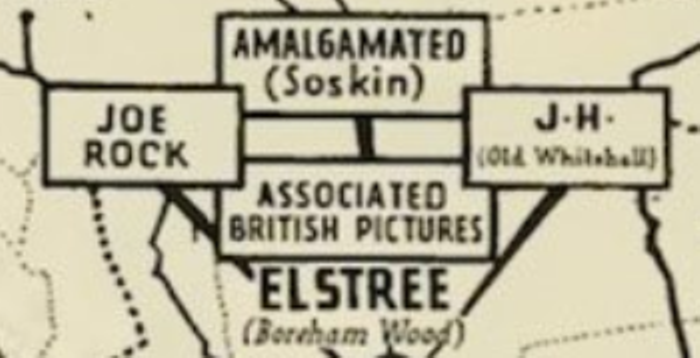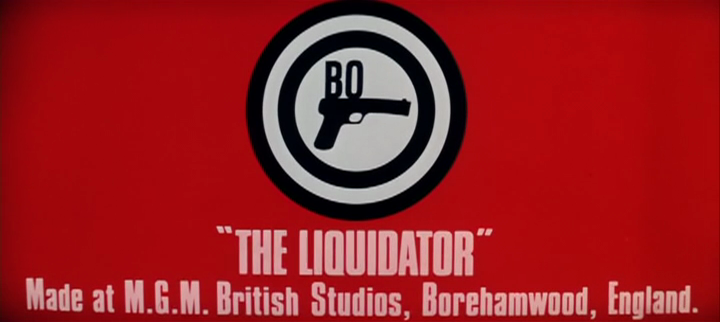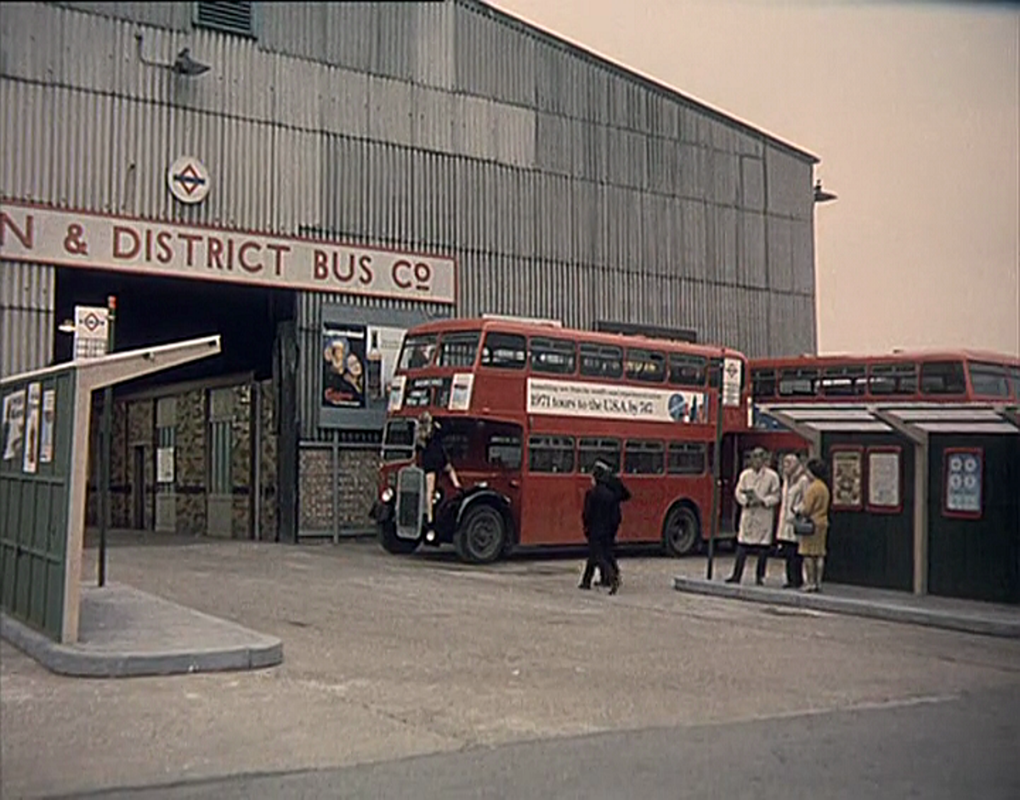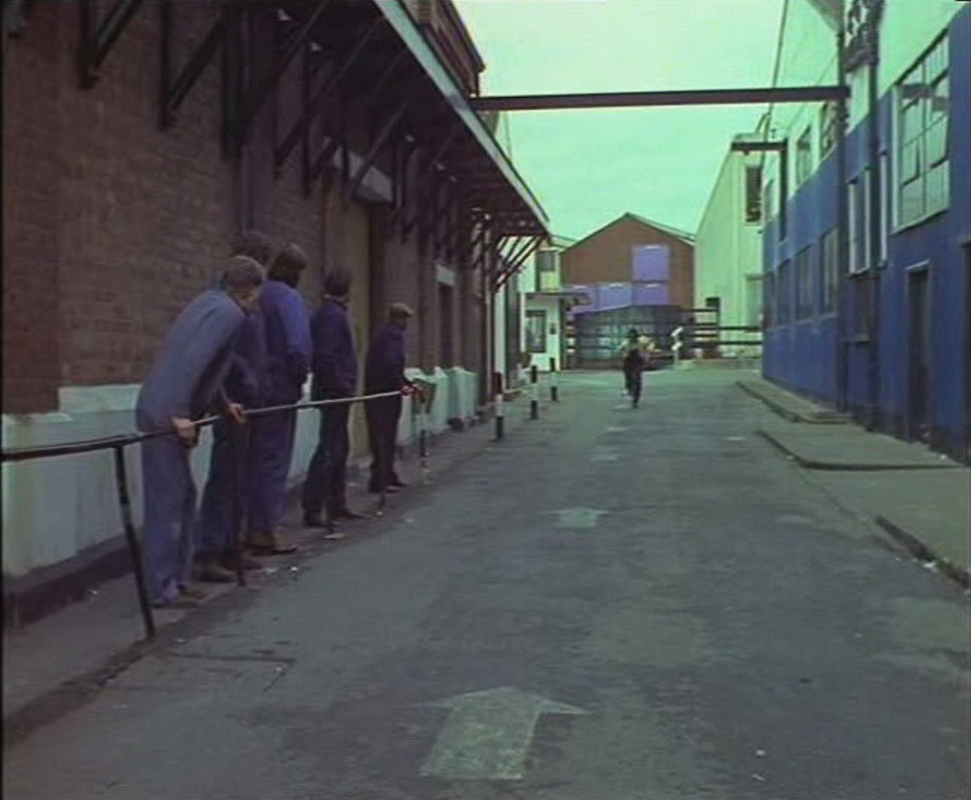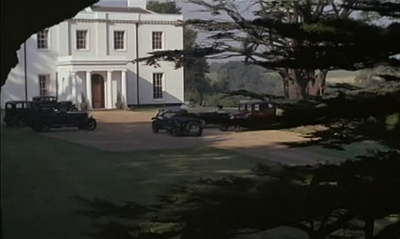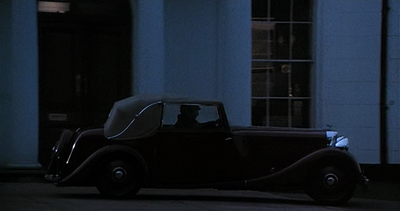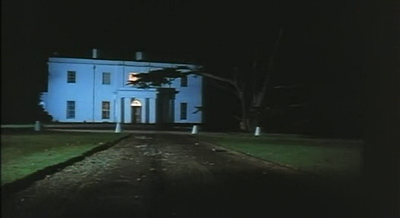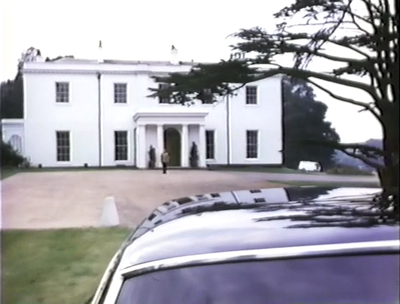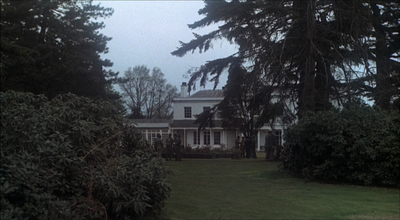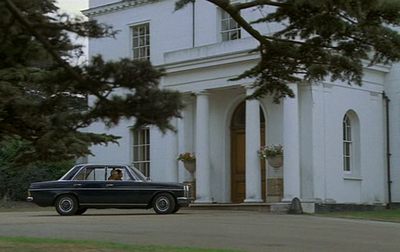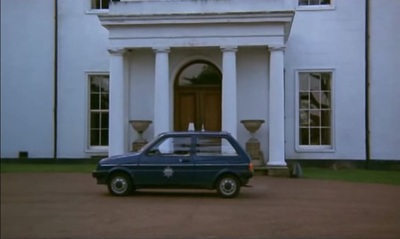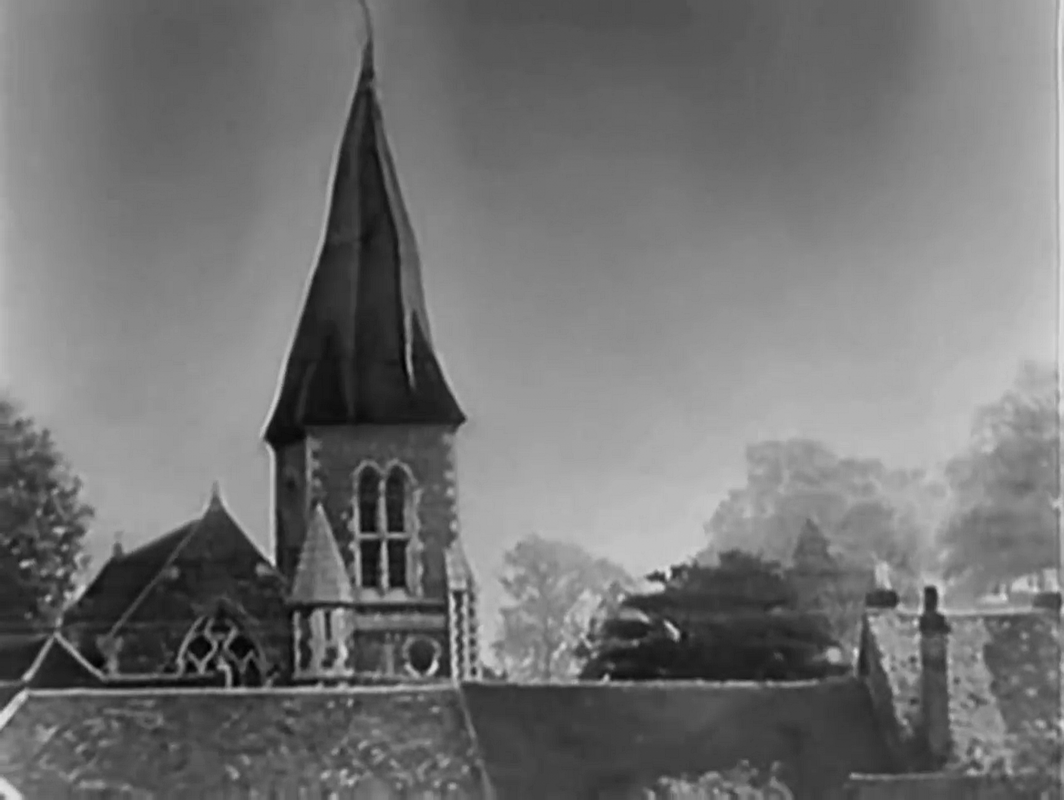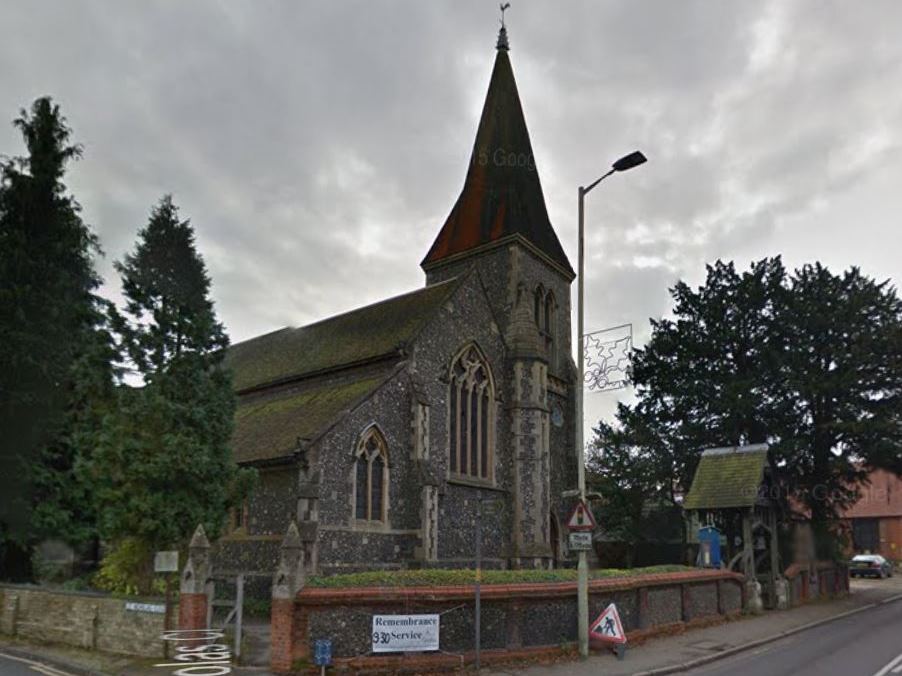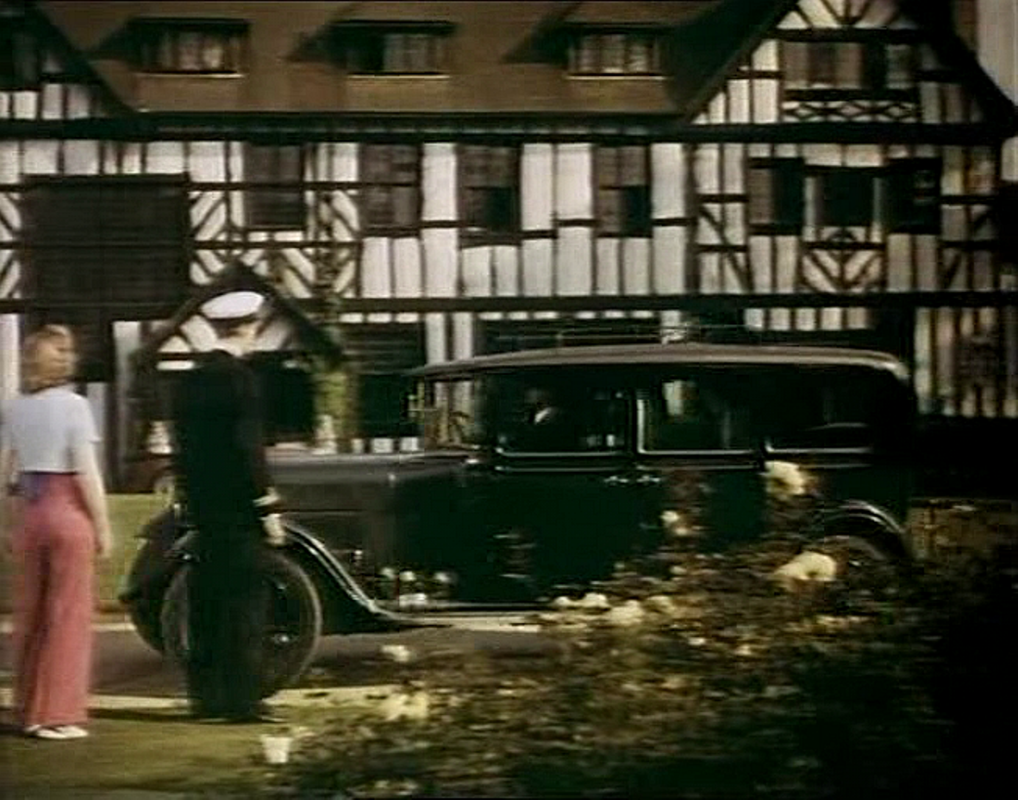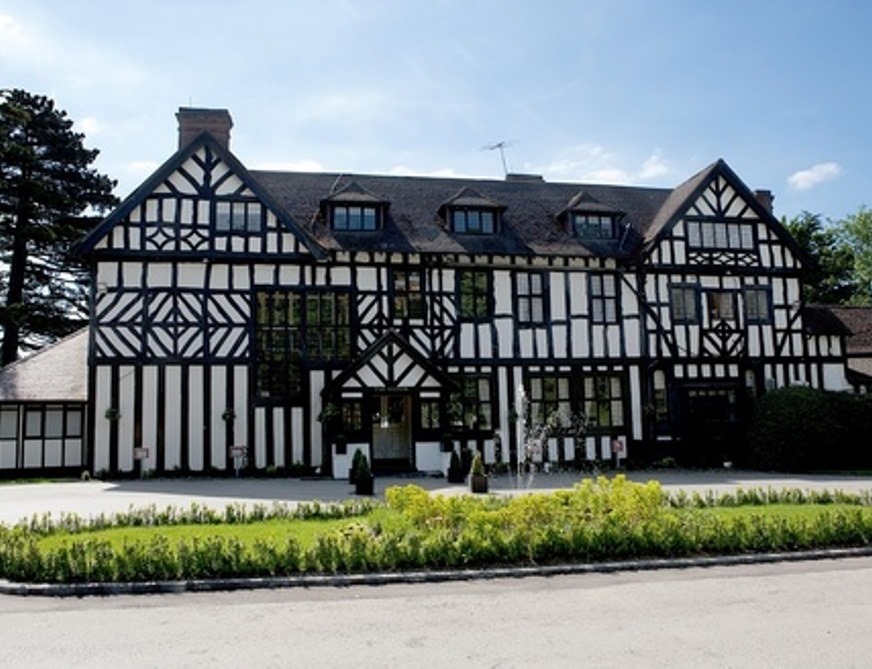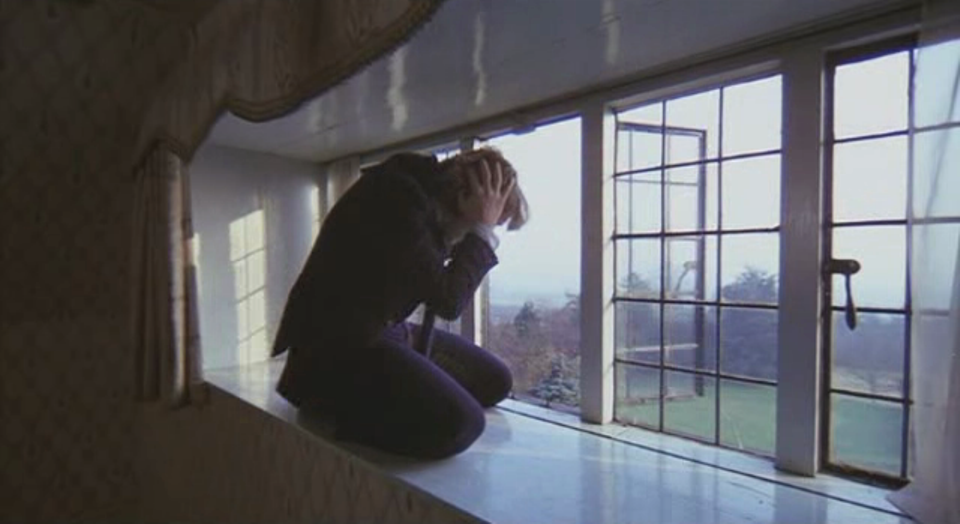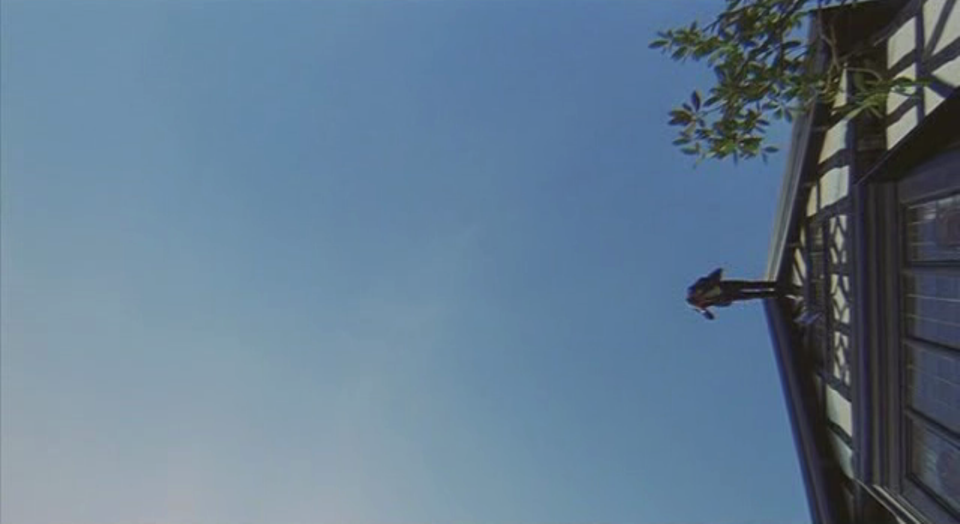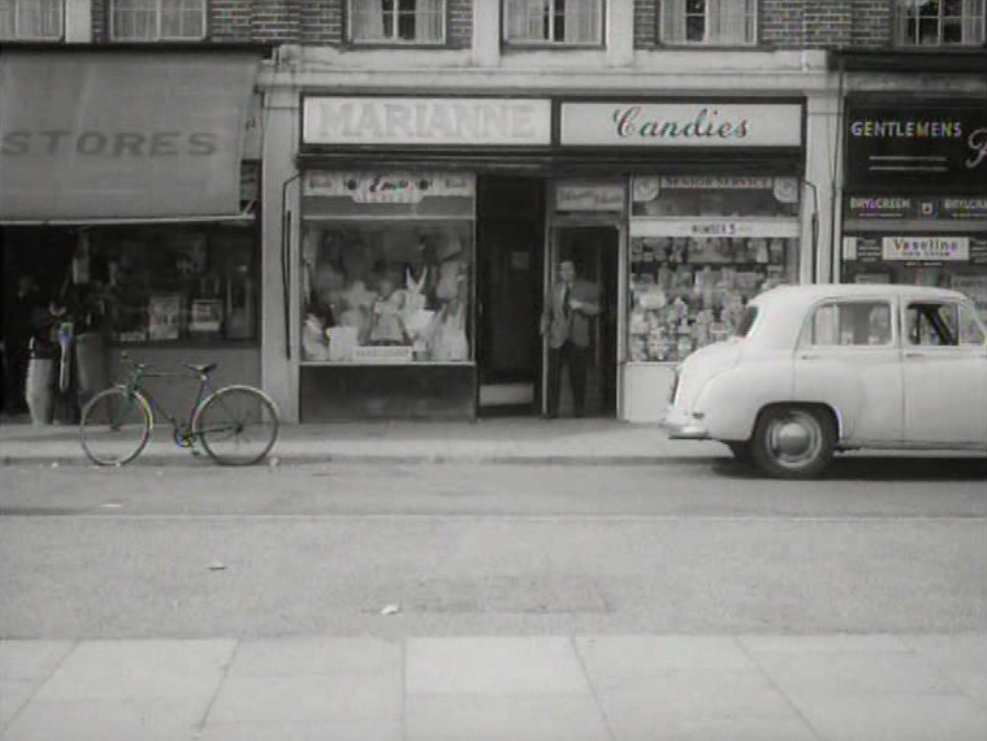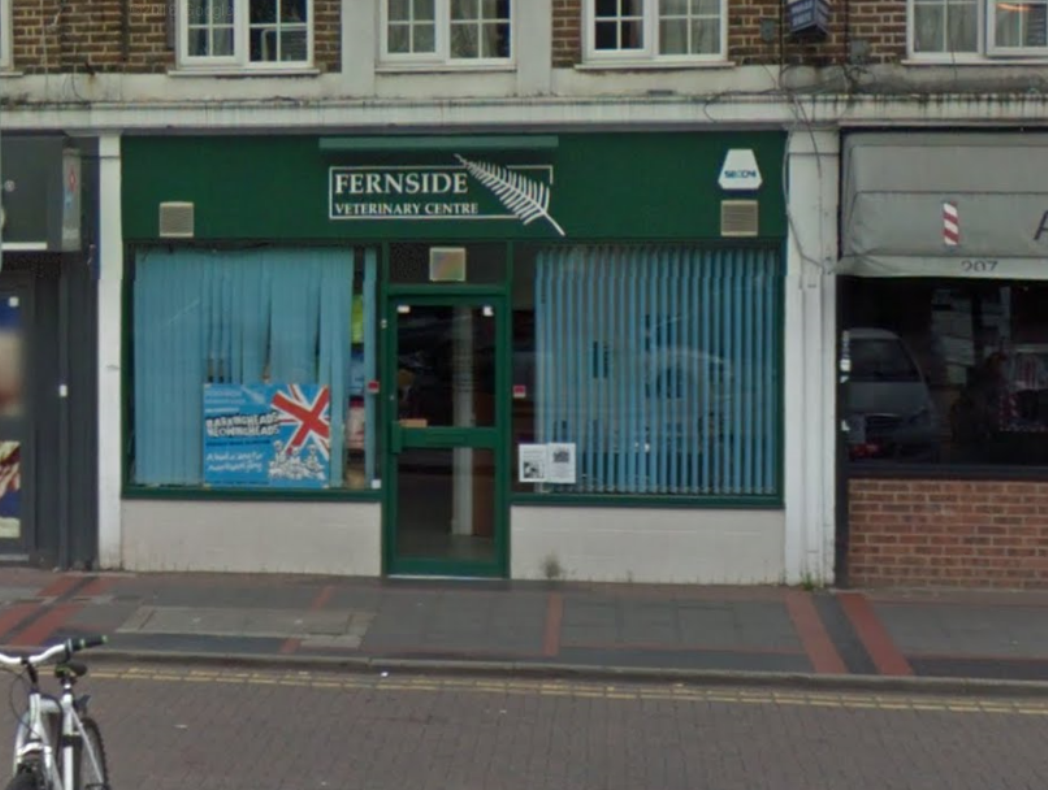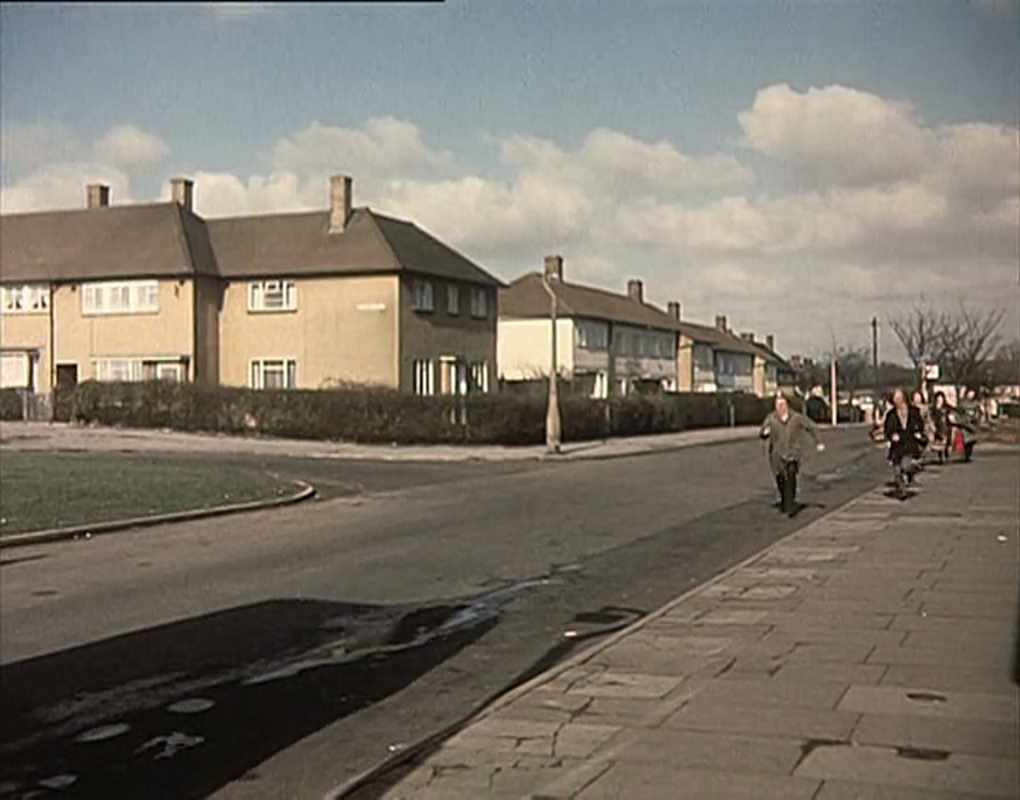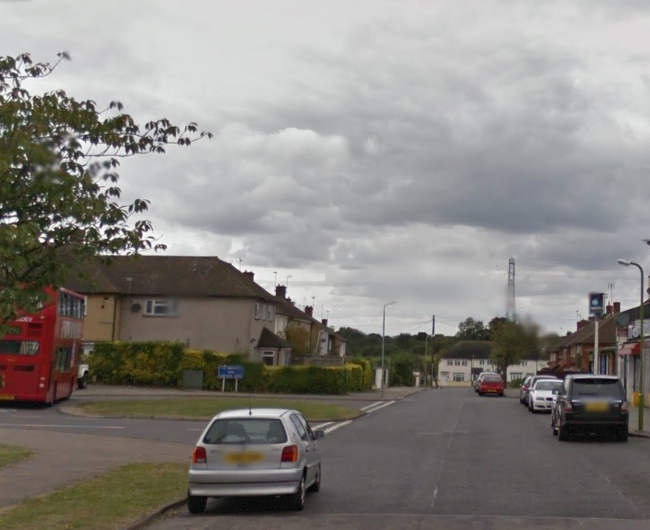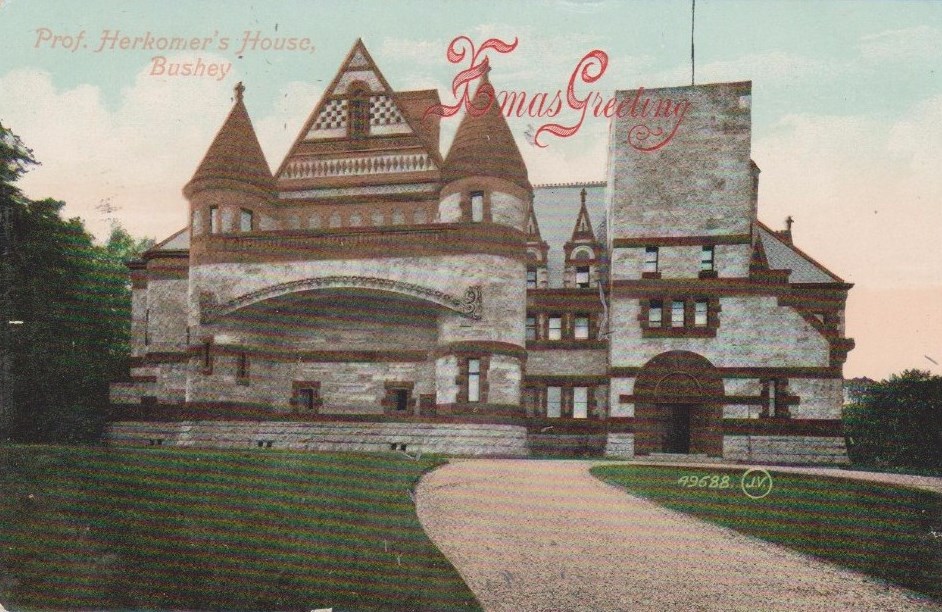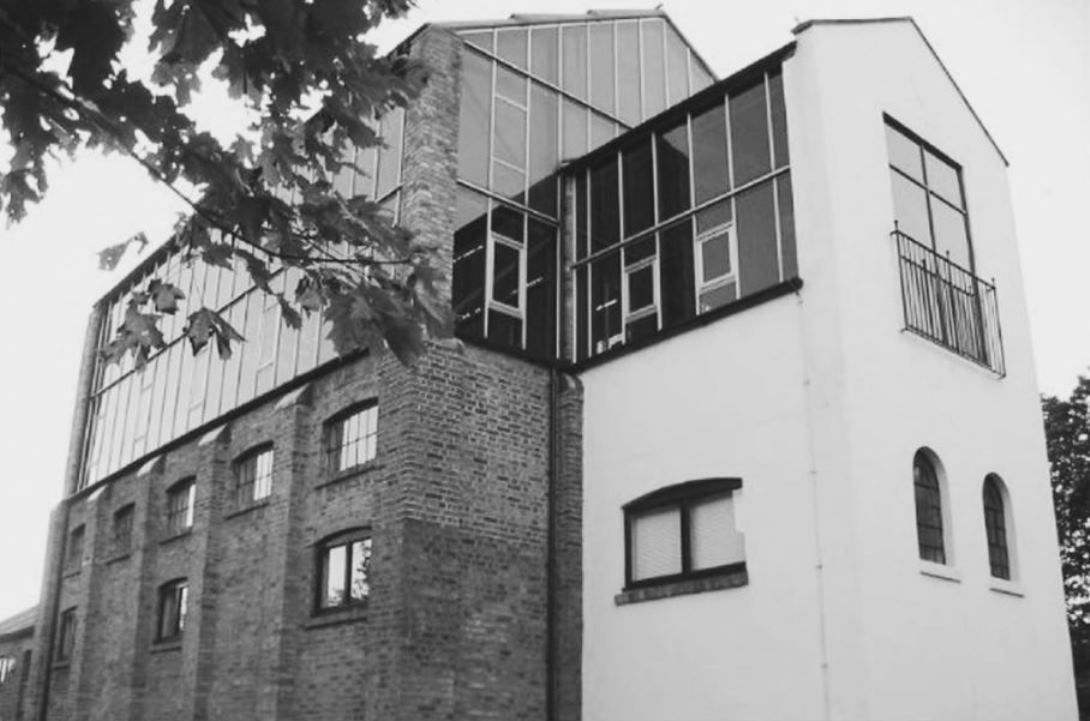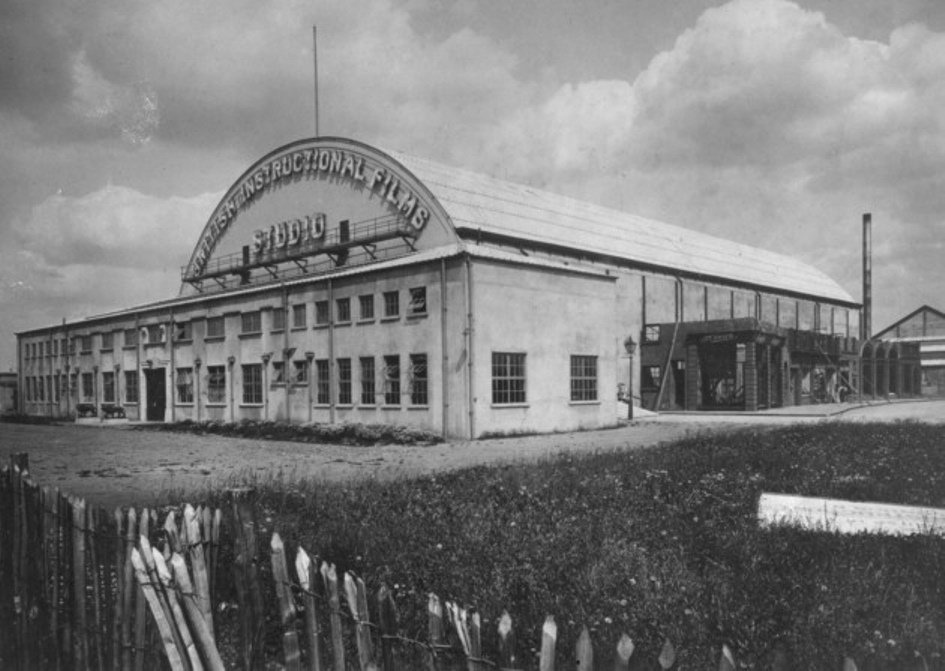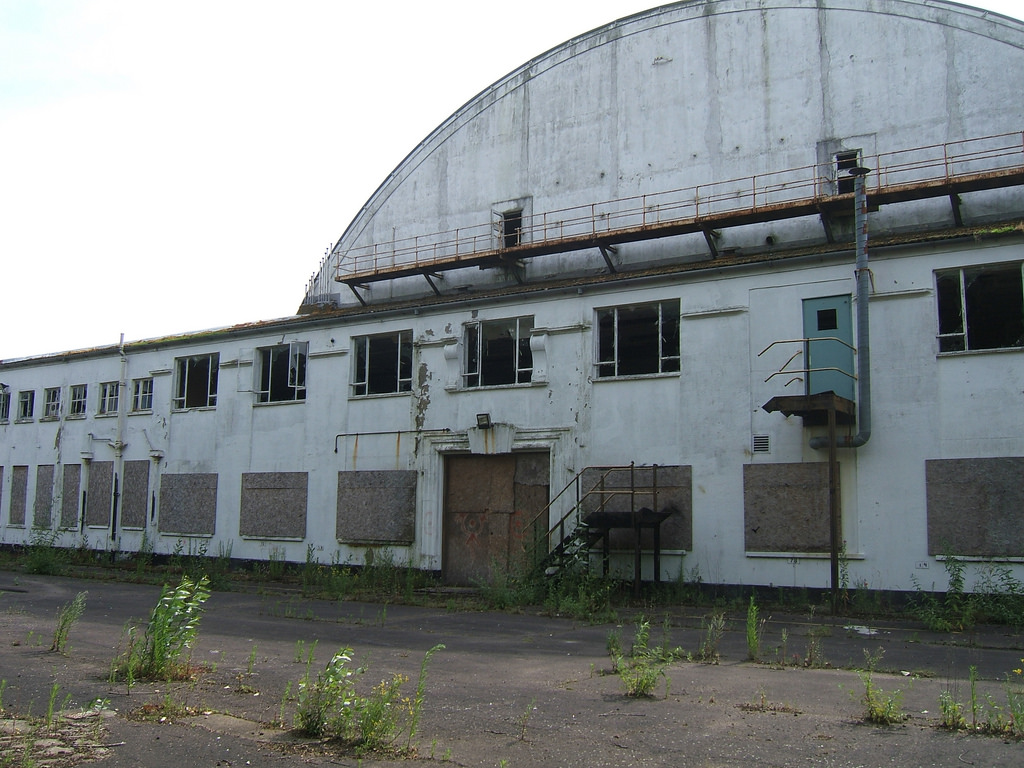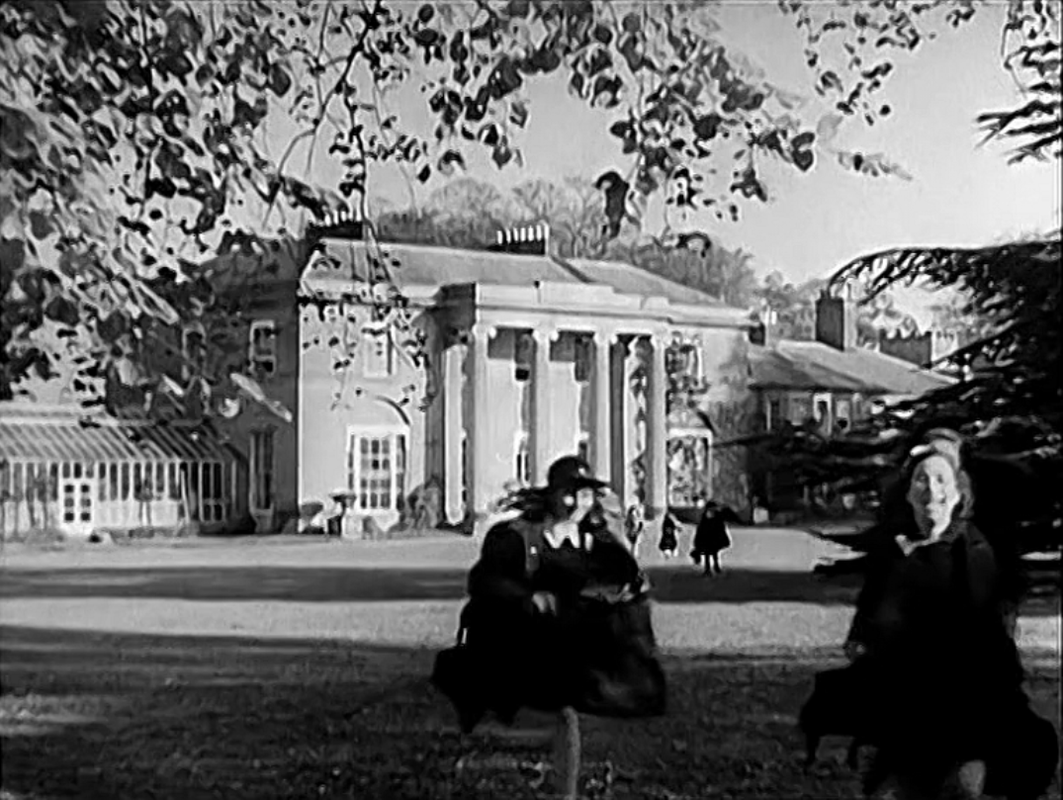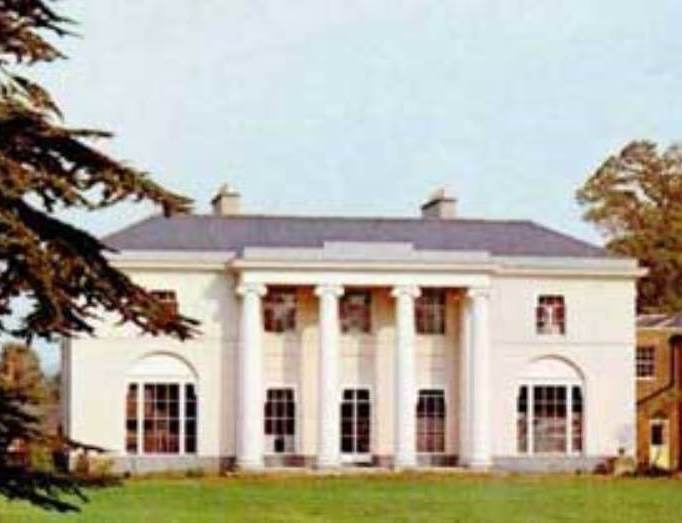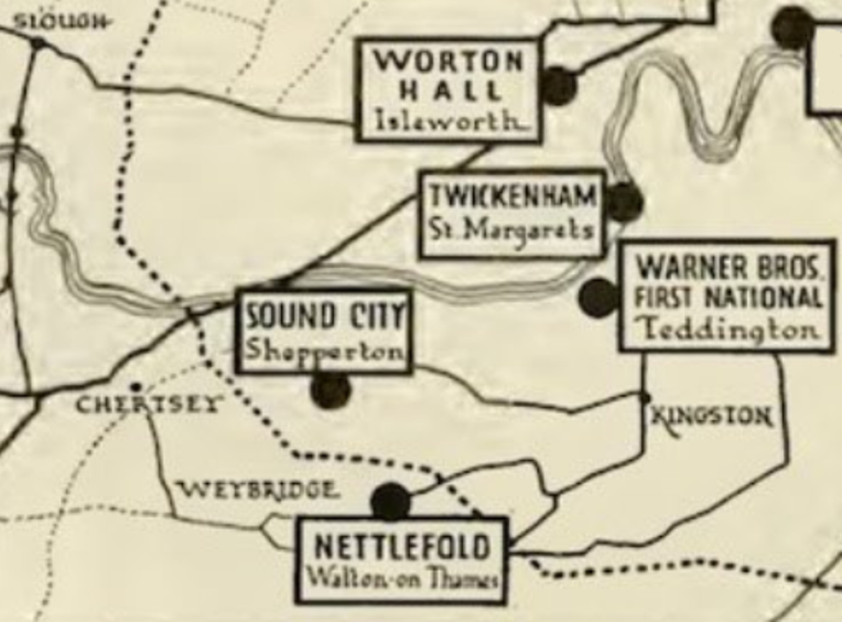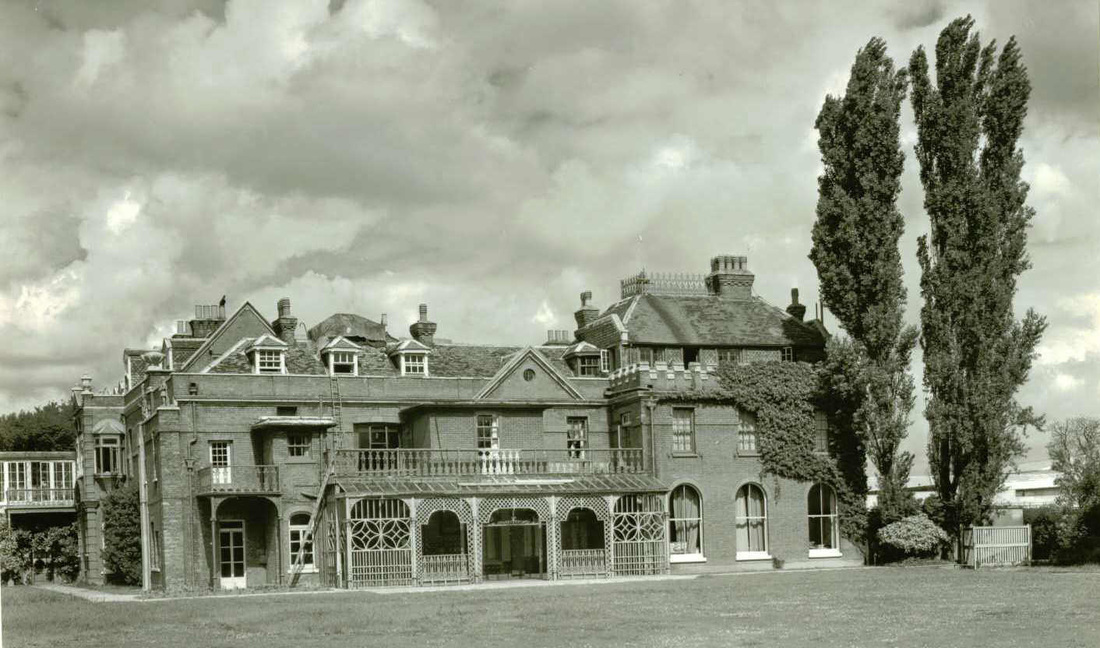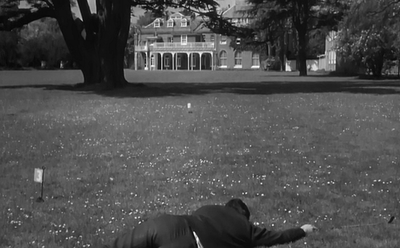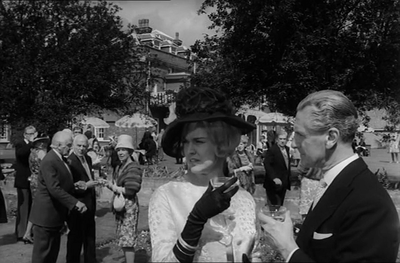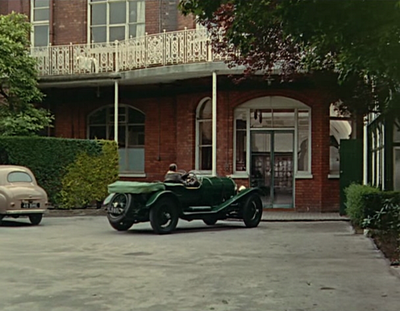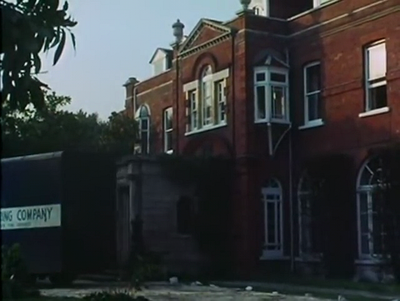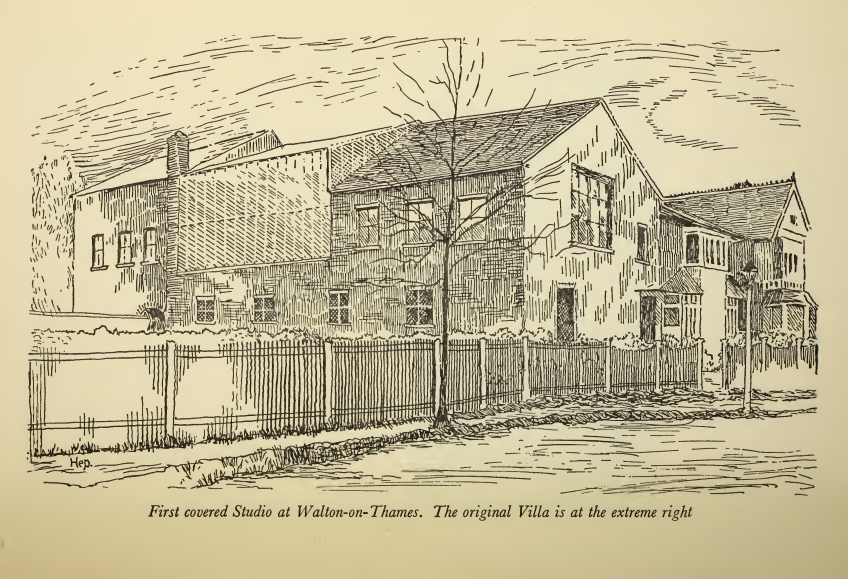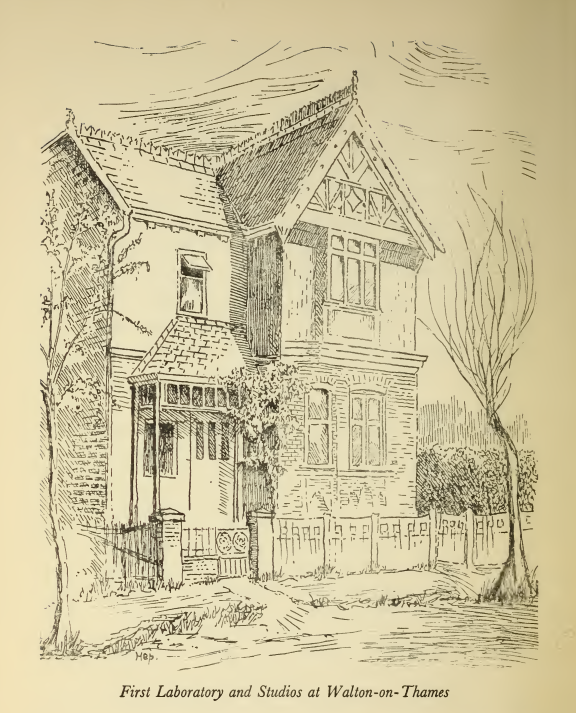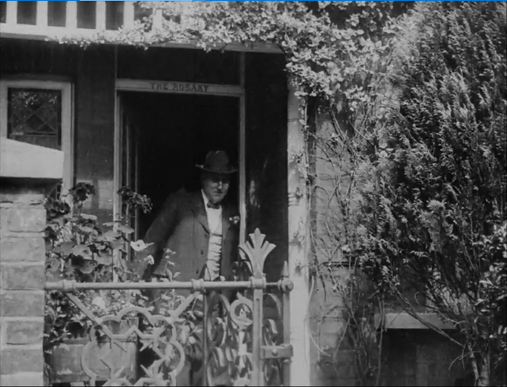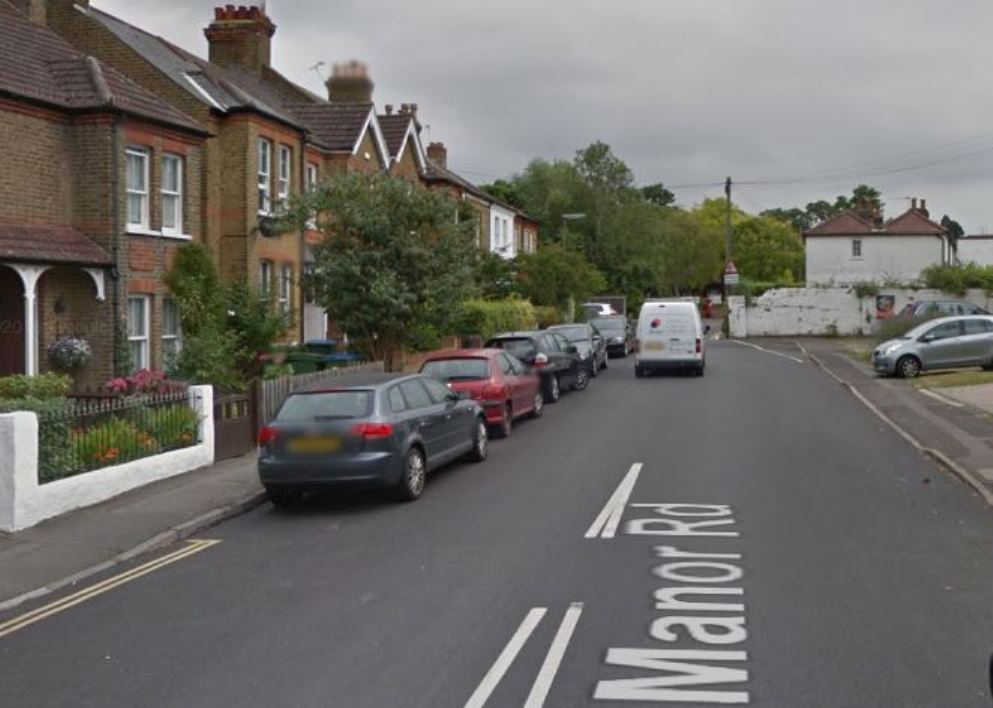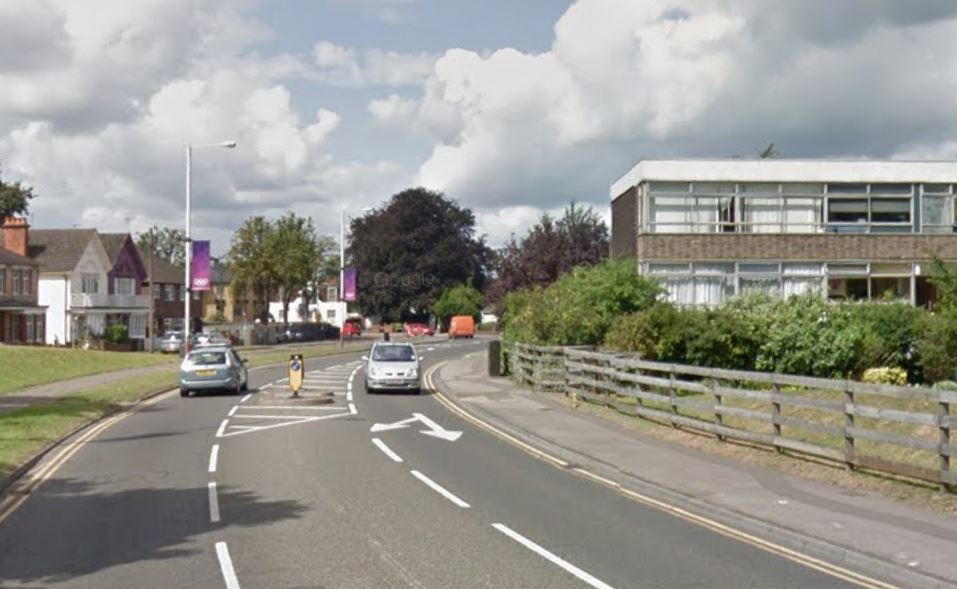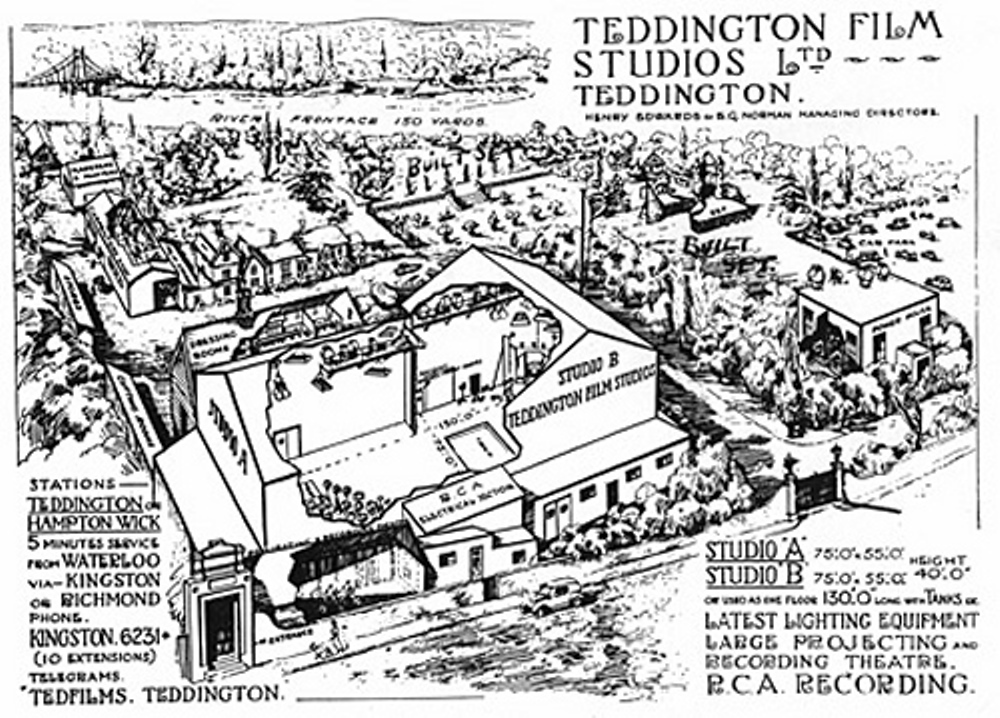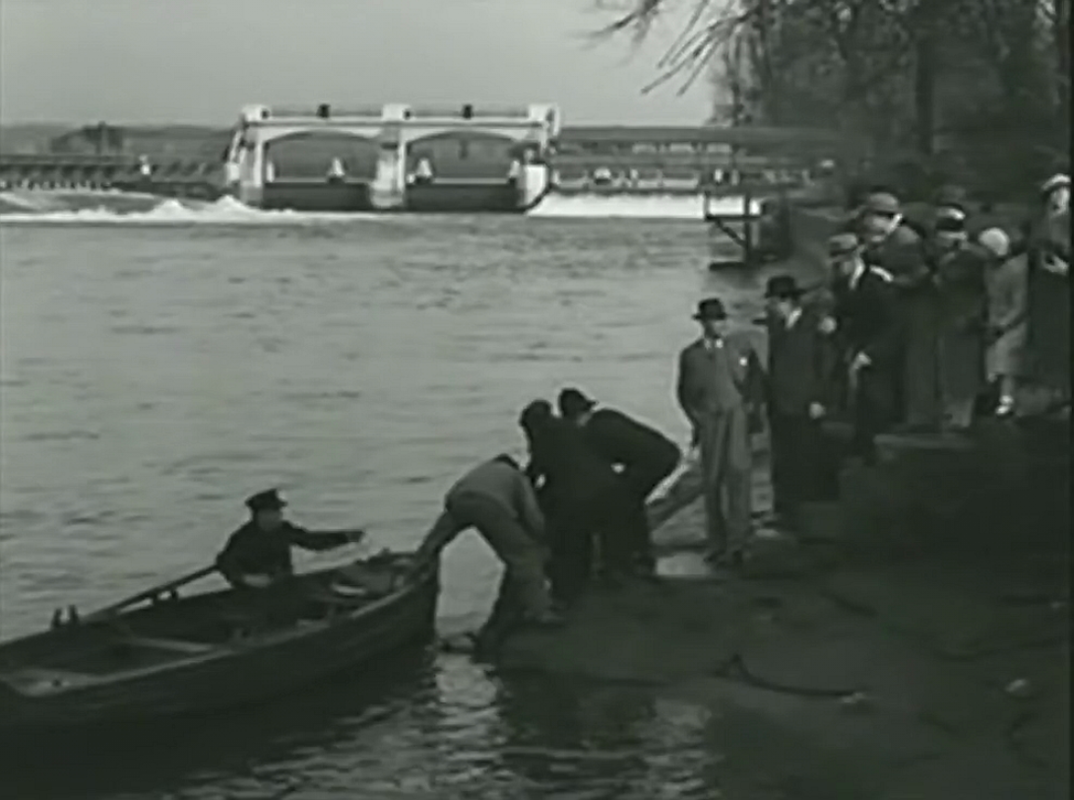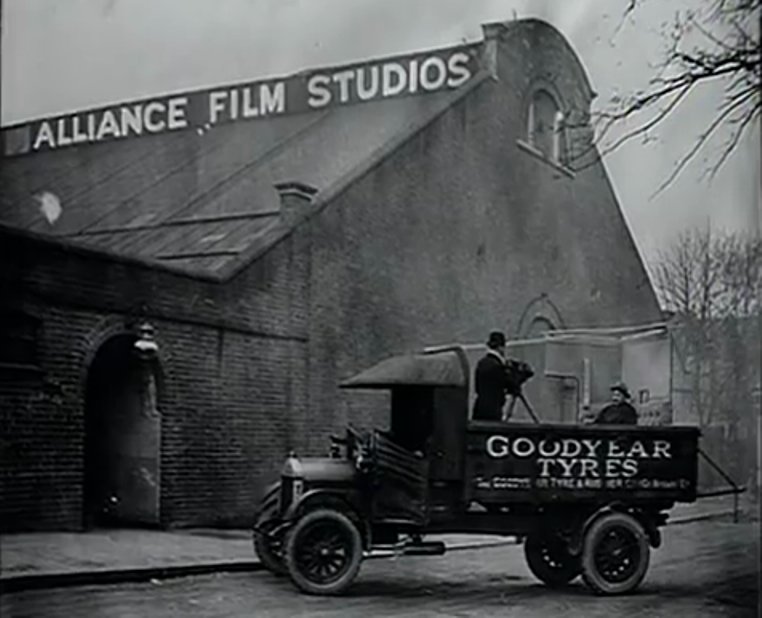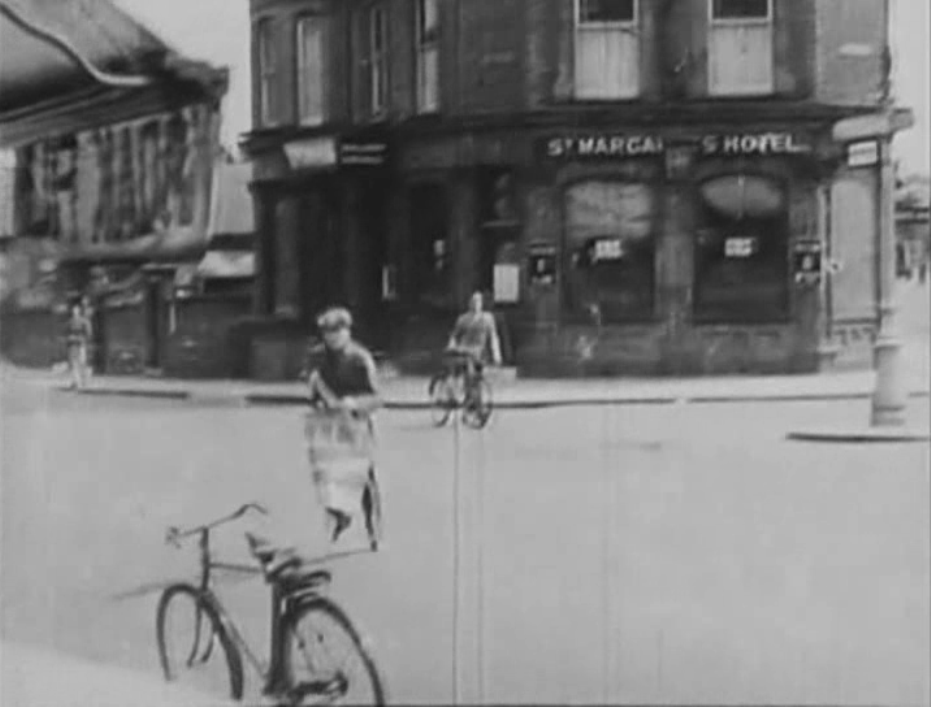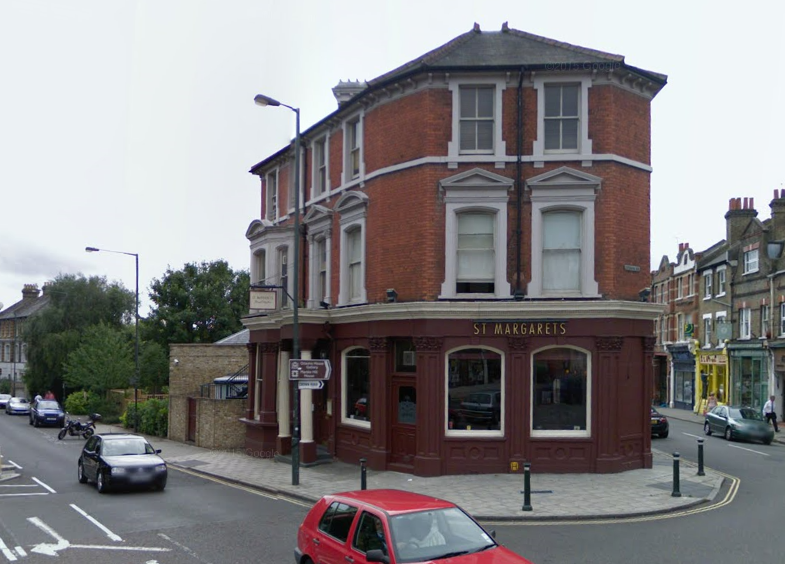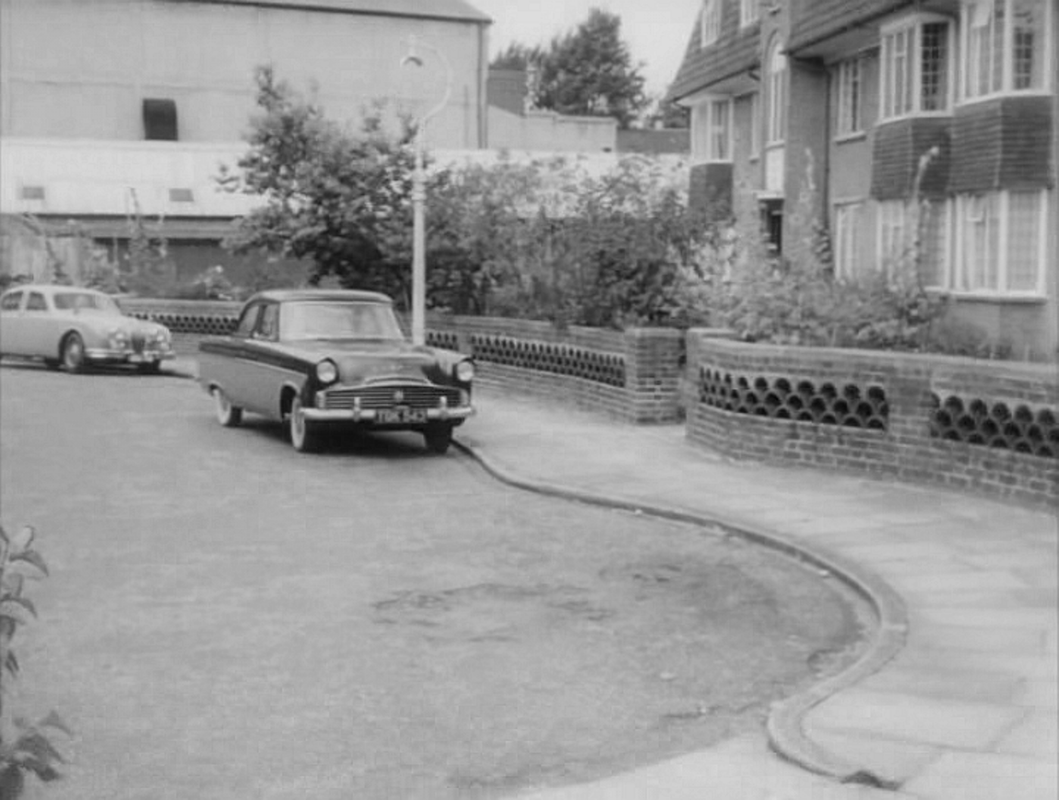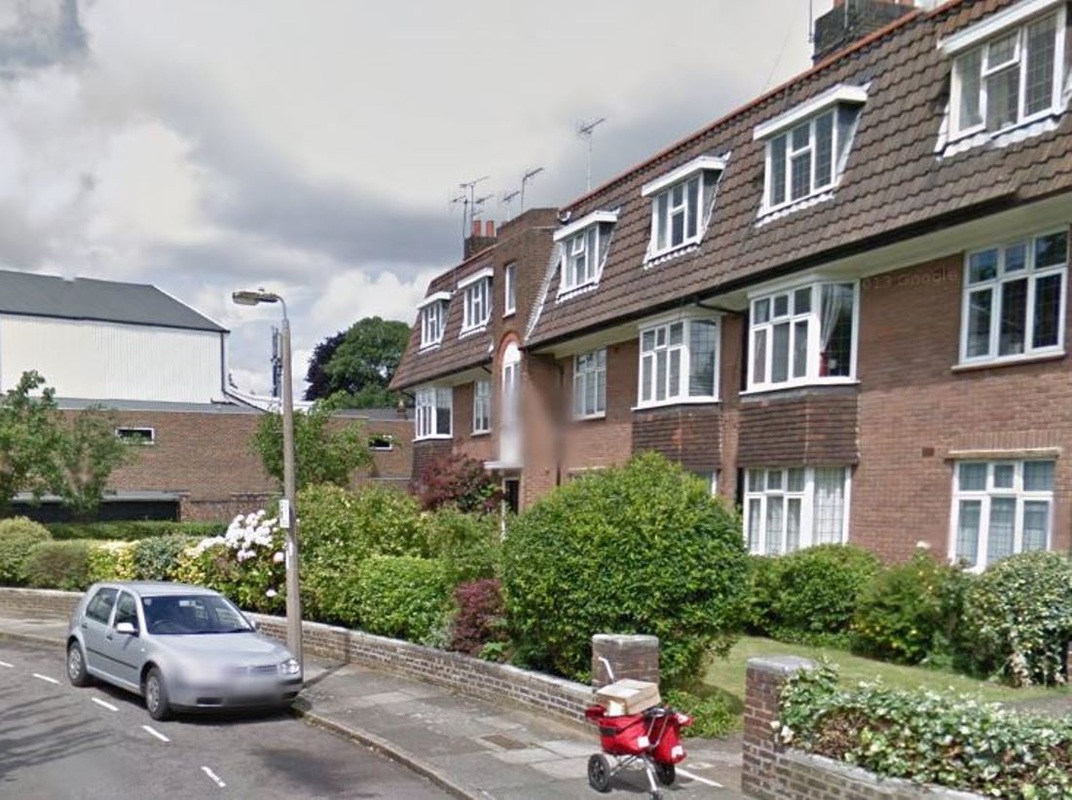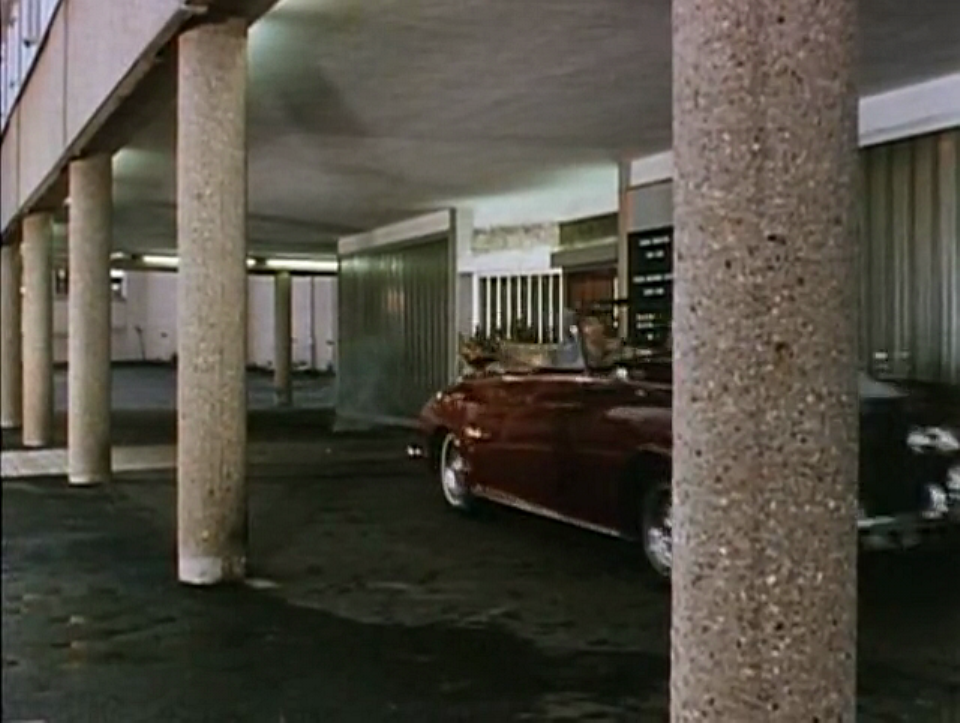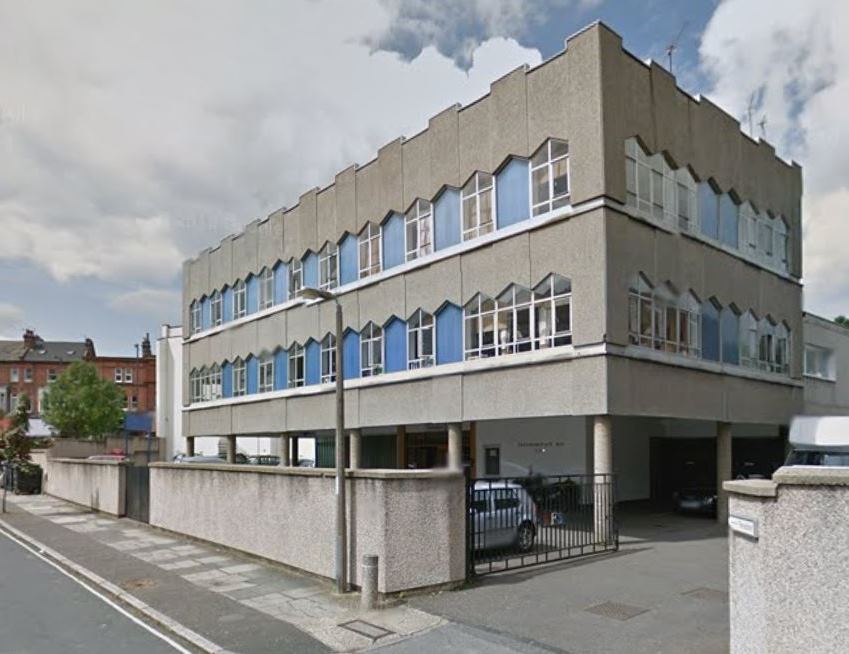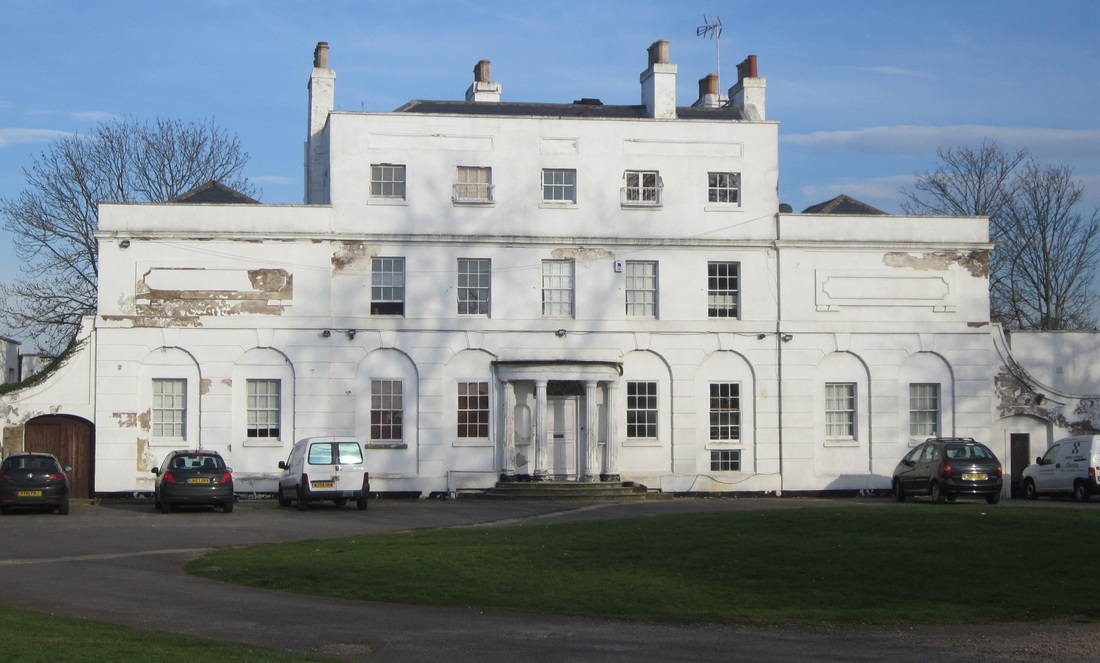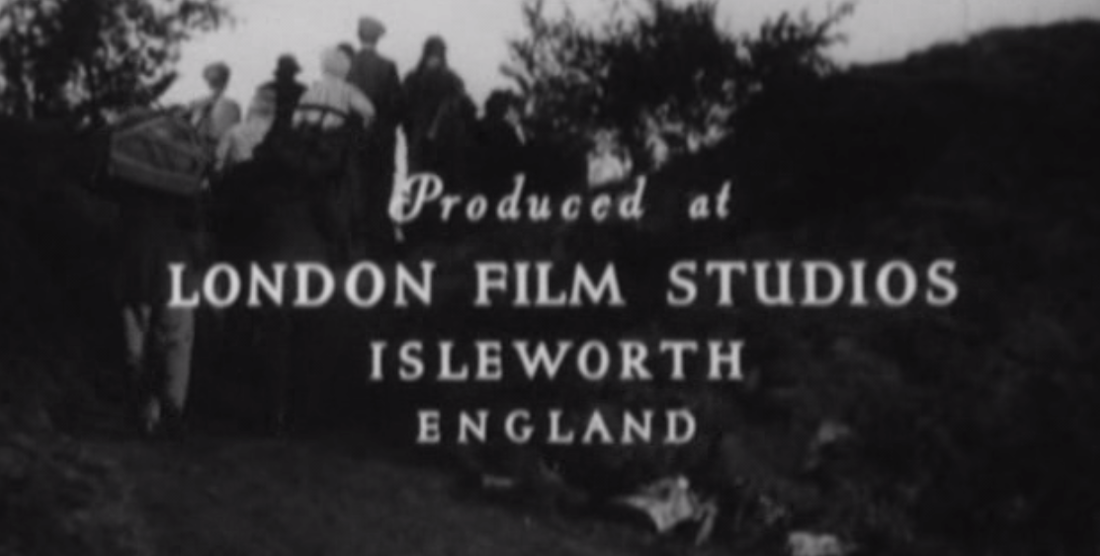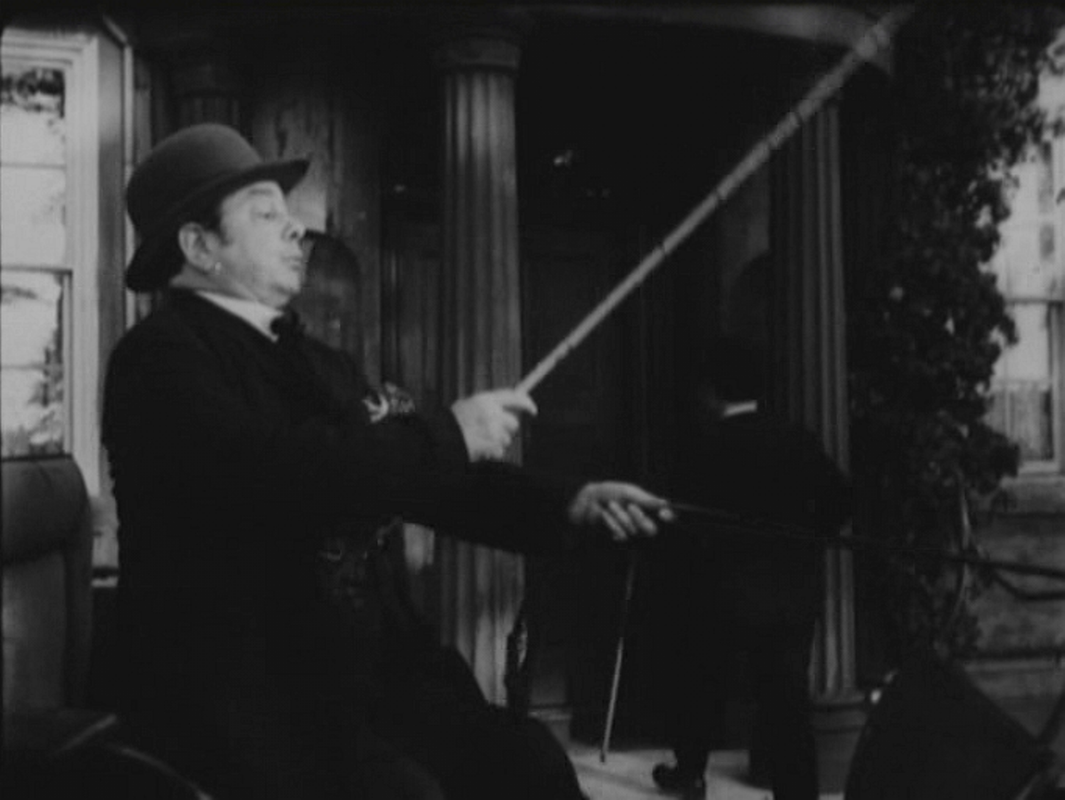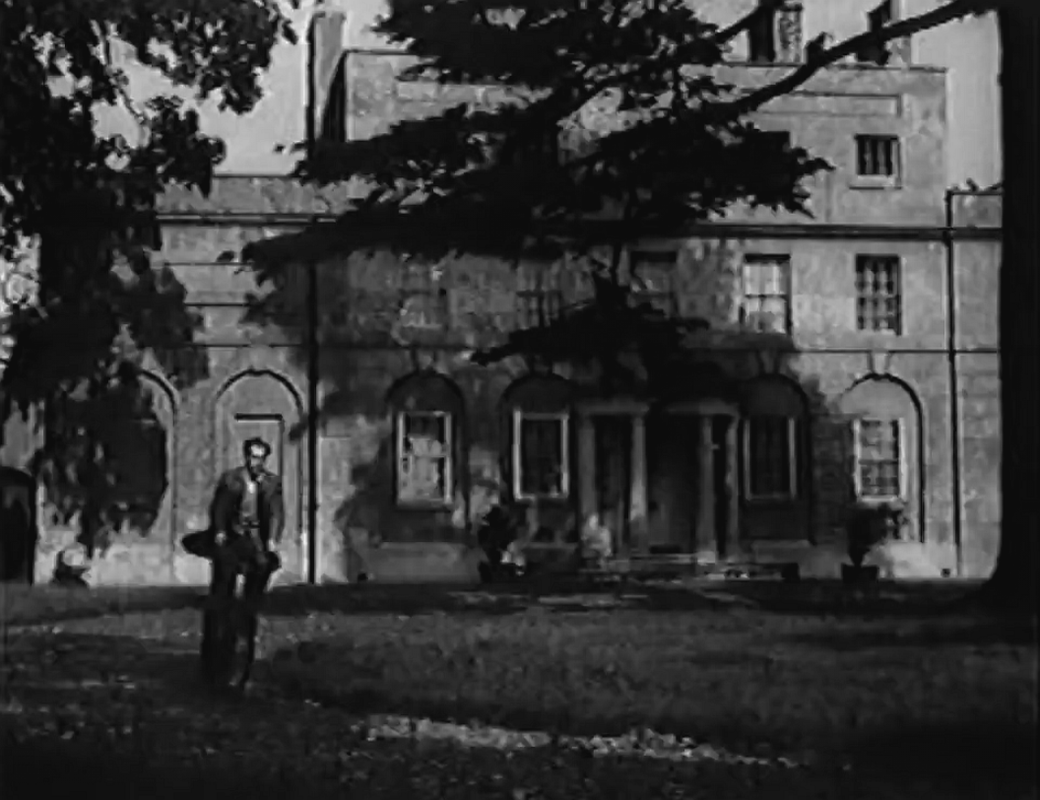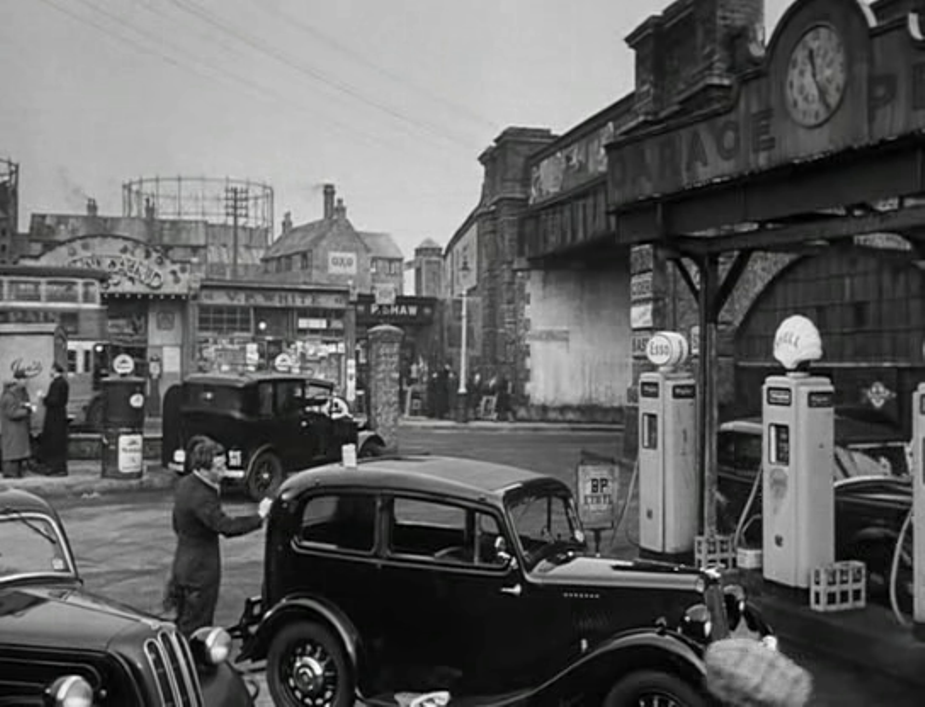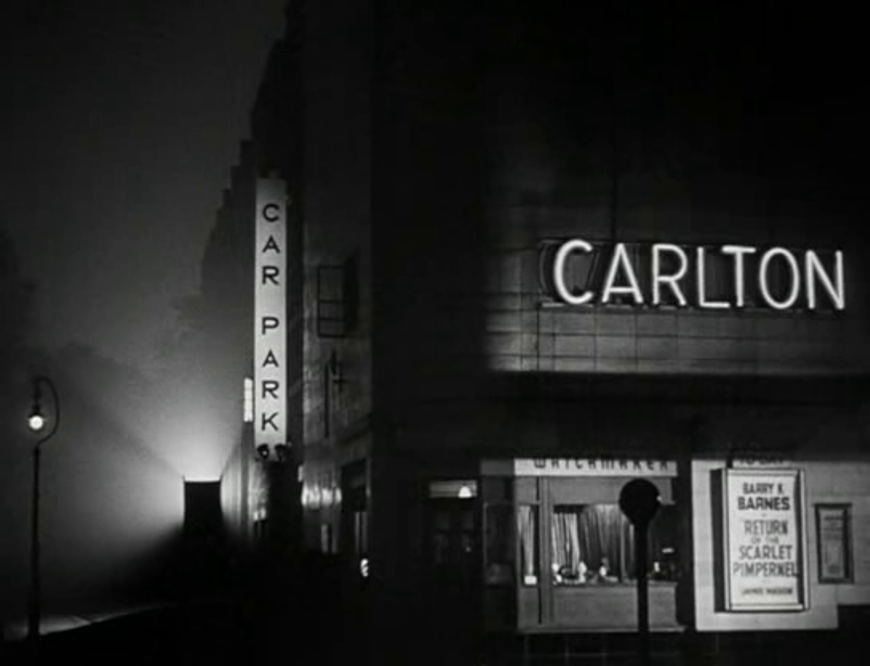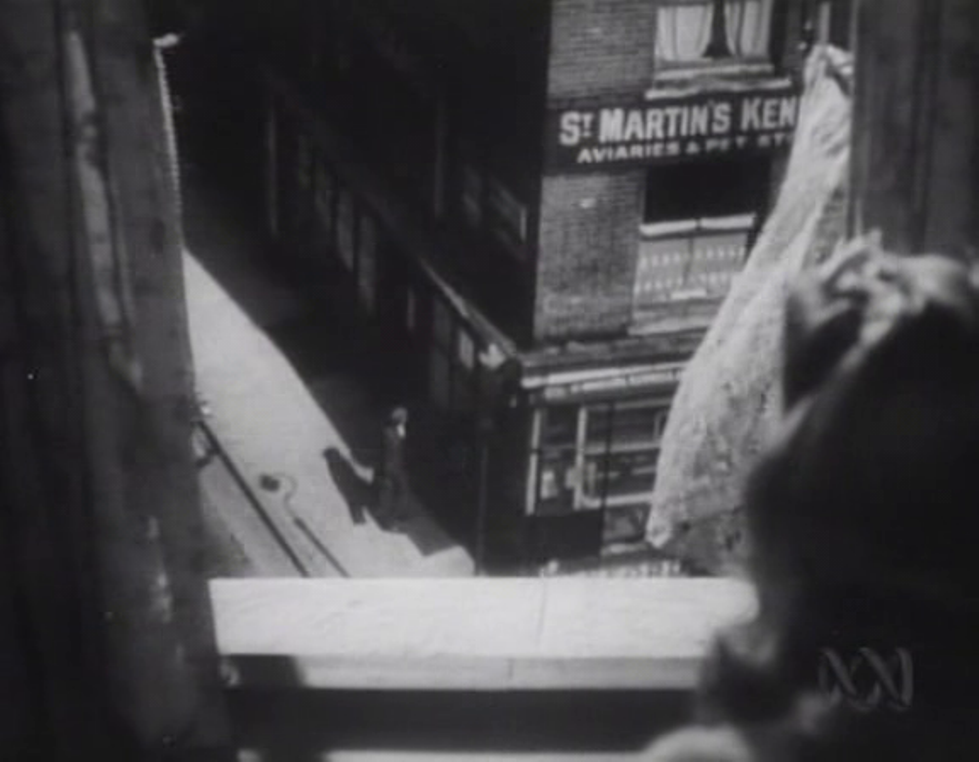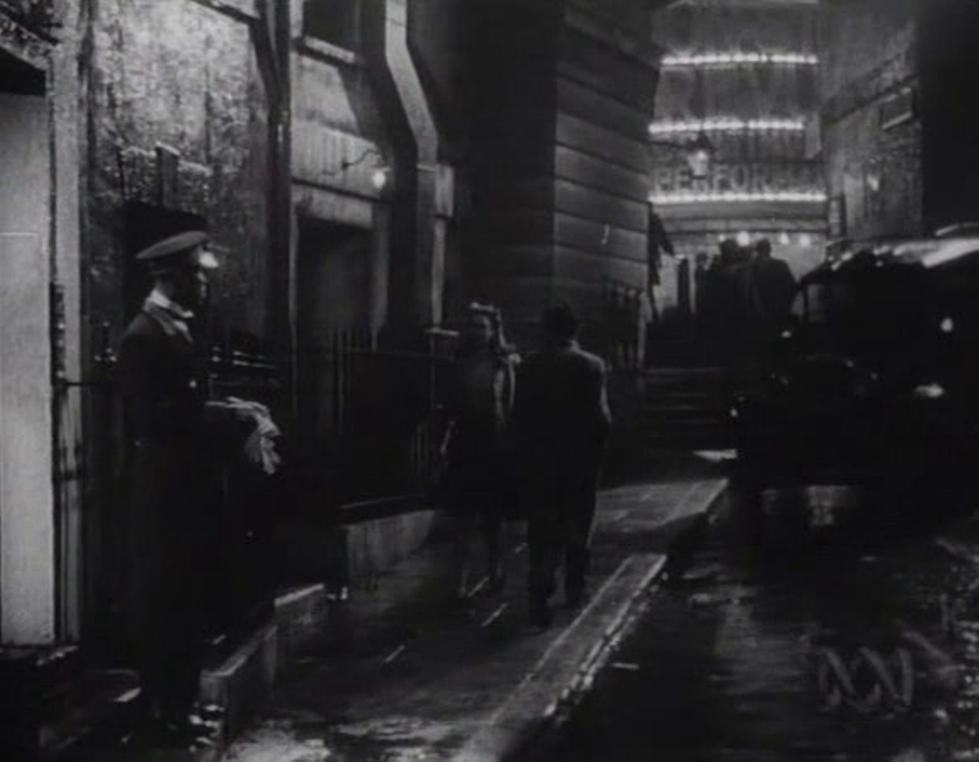the locality of London studios
|
There are nineteen studio locations on the map above, four more on the one to the right. Both maps date from 1937. A more complete map, stretching into the 1950s, would add important studios in other locations such as Southall and Bray. If it went back to the beginnings of cinema the map would add a further ten or so studios, dotted around the suburbs.
In fulfillment of a promise made in a talk last year at Birkbeck, I am trying to find at least one image from a film made at each London-area studio that shows a street in that studio's immediate vicinity, and/or an image from a film showing the studio's premises. This has not been as easy as I thought it would be. |
Being interested only in their relation to the places around them, I have not tried to tell the history of these studios, and haven't given many dates. Information of this kind can be found in Patricia Warren's authoritative book on British Film Studios and at the various websites devoted to studio history that I have signalled in this post.
Outside of London, studios congregated in three main areas, and I have grouped them according to shared territory, rather than the financial affiliations that at various times brought studios under the same banner. Within London an affiliation linked Shepherd's Bush and Islington and I have grouped these together. The other studios are presented in geographical isolation.
Studios in London
Cricklewood
Above left is a photograph reproduced in The Picturegoer's Who's Who and Encyclopaedia (1933). The caption reads: 'On location in a London street. Filming a sequence at Cricklewood.' I haven't identified the film, but the location is the junction of Wotton Road and Newton Road, very close to the Stoll studios on Temple Road - the large building in this aerial photograph. The arrow indicates the location of the shoot:
The four images above show Ealing studio buildings used as locations, in each case passing for a factory. Nearby Pitzhanger Manor supplied more elegant settings:
Ealing-based productions frequently made use of nearby streets:
See here for Ealing streets in earlier Ealing films.
I have only seen three Highbury productions, all from 1948, and none appears to use the vicinity of the studios as a location.
Shepherd's Bush & Islington
I have not yet found any examples of films made either at Shepherd's Bush (Gaumont-British) or Islington (Gainsborough) that make use of nearby streets, though the studio buildings do appear in a couple of films.
I have not yet found any examples of films made either at Shepherd's Bush (Gaumont-British) or Islington (Gainsborough) that make use of nearby streets, though the studio buildings do appear in a couple of films.
- G.B. City, Eastcote Lane, Northolt
A Gaumont-British studio lot used in the 1930s. This famous photograph from the shoot of Sabotage shows a backdrop of central London in front of some ordinary suburban houses:
A Gaumont-British studio lot used in the 1930s. This famous photograph from the shoot of Sabotage shows a backdrop of central London in front of some ordinary suburban houses:
For more on the Merton Park Studios see Black Hole's Horror in Suburbia.
To know everything about these studios see the brilliant Southall Film Studios History Project.
The Hollywood E17 Project is rich in information on the four main studios operating in Walthamstow between 1910 and 1924.
This photograph of a Broadwest film on location appears to show Chestnut Avenue, a street across the road from the studio:
This same location is also used in the Broadwest film The Adventures of Dick Dolan (1917) - see here.
None of the few Wembley-made films I have seen ventures much beyond the studio, and certainly not into any recognisable parts of Wembley.
Studios beyond London
Outside of London, studios congregated in three main areas, and I have grouped them according to shared territory, rather than the financial affiliations that at various times brought studios under the same banner.
Outside of London, studios congregated in three main areas, and I have grouped them according to shared territory, rather than the financial affiliations that at various times brought studios under the same banner.
Denham & Pinewood & Beaconsfield (& Bray)
The company based at Denham called itself London Film but Denham, like most of the larger studios, was in a semi-rural setting at some distance from the city. These studios all had nearby villages and small towns as convenient locations, though they were not averse to filming in each other's vicinity. Here is the frequently filmed Village Road, Denham, in Poet's Pub, a Denham production, and in Murder, She Said, produced at Elstree:
And here are Denham-based production Brief Encounter and Pinewood-based production Please Turn Over on Station Road in Beaconsfield:
For the Denham studio history see Britmovie: Denham.
Studios were often established in the grounds of country houses, with the house itself serving as company offices and, whenever a country-house setting was required, as convenient location. See, for example, Littleton Hall at Shepperton, Down Place at Bray and Worton Hall at Isleworth.
Pinewood's Heatherden Hall is by far the most frequently seen studio-located country house. Here are some further examples:
Pinewood's Heatherden Hall is by far the most frequently seen studio-located country house. Here are some further examples:
(The first of these is actually an Ealing-based production.)
Other studio buildings at Pinewood also served as locations, passing here as a factory in Switzerland and a fire station in the future:
In Carry On At Your Convenience (1971) Pinewood studio becomes a lavatory factory:
Nearby streets appear frequently in Pinewood-made comedies:
For much more on Heatherden Hall and Pinewood Studios see the brilliant locations site Mitteleuropa.
For the Beaconsfield studio history see Britmovie: Beaconsfield.
(For more on the history of Hammer films at Down Place, see the FilmNav site.)
Borehamwood, Bushey & Welwyn
In the two examples above, studio buildings are used to represent other types of place - a bus garage and a factory.
Elstree-based productions in need of country-house splendour often filmed at nearby High Canons House:
Elstree-based productions in need of country-house splendour often filmed at nearby High Canons House:
The Elstree studios are in Borehamwood, not Elstree. Both Borehamwood and Elstree have provided locations:
This is Derek Pykett's photograph of the still surviving glass studio, built in 1913 and now converted to offices:
For the studios' history see Britmovie: Welwyn
Shepperton, Walton-on-Thames, Teddington,
Twickenham & Isleworth
Twickenham & Isleworth
For the history see Britmovie: Nettlefold Studios, Walton-on-Thames
For the studios' history see Britmovie: Teddington
In this post I have been testing the proximity principle, whereby a studio-based production in need of an exterior will go no further than the nearest exterior that suits. Over time applications of the principle will add up to a document of the studio's vicinity. Initial results suggest that the practice differs according to the location and size of the studio. The period of activity is a factor, as well as the type of film with which a studio is associated. Productions at very early studios such as Cecil Hepworth's in Walton-on-Thames almost invariably stayed within a small radius of the production base. A comparable attachment to the vicinity is clear with later, larger establishments at e.g. Elstree, Denham, Pinewood and Beaconsfield, though greater resources and mobility mean that the spread of locations is wider.
When a country studio needed an urban location it usually had the space on the backlot to build it; urban studios tended to have less space but had the real city at their immediate disposal (see e.g. Marylebone). Of course productions based at Pinewood or Denham could as readily film in real city streets, and productions based at Shepherd's Bush or Islington could construct city streets in the studio. And they could mix the two. Here is London in the Pinewood production London Belongs To Me (1948). The first is a set and the second is a real street - that's the Balham Odeon, on Balham Hill Road, S.W.12:
And here is London in the Islington production Good Time Girl (1948):
The second of these is a set, the first is, I think, real - St Martin's Kennels and Aviaries and Aquatic Nurseries were at 49 Monmouth Street, W.C.2.
At neither of these two studios are productions tied to a particular vicinity when it comes to showing London. The proximity principle generally holds good for studios in rural and suburban settings. For studios closer to the centre of the city it applies only sometimes, and only to smaller-scale operations, such as Hammersmith or Marylebone.
The rudimentary state of my researches so far allow only for such tentative conclusions. If I get any further the fruit will be, I hope, a set of nice maps showing the catchment areas of those studios for which locality is significant.
At neither of these two studios are productions tied to a particular vicinity when it comes to showing London. The proximity principle generally holds good for studios in rural and suburban settings. For studios closer to the centre of the city it applies only sometimes, and only to smaller-scale operations, such as Hammersmith or Marylebone.
The rudimentary state of my researches so far allow only for such tentative conclusions. If I get any further the fruit will be, I hope, a set of nice maps showing the catchment areas of those studios for which locality is significant.
(I have discussed elsewhere the locality of early studios in Muswell Hill and Whetstone. I hope eventually to look at the vicinities of early studios in South London, when I can drag myself over there.)
(For many of the identifications in this post I am indebted to the contributors to the Reel Streets and Britmovie sites.)
